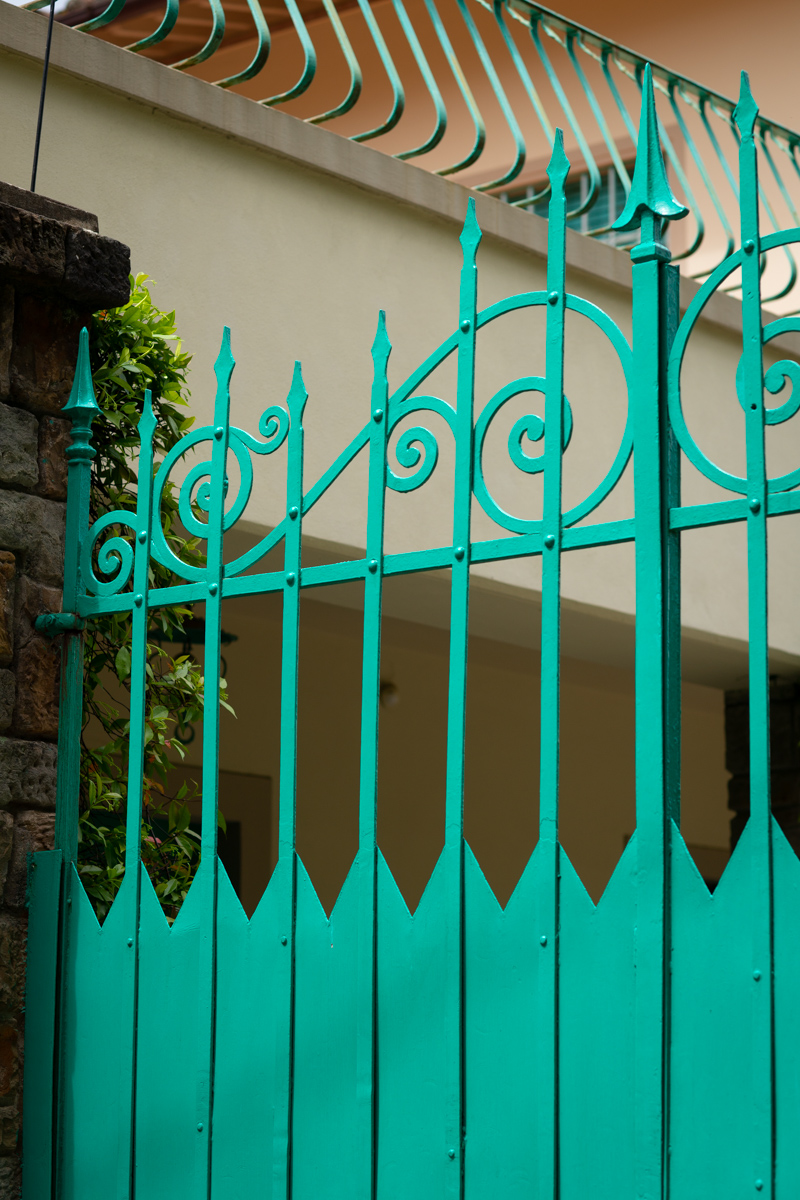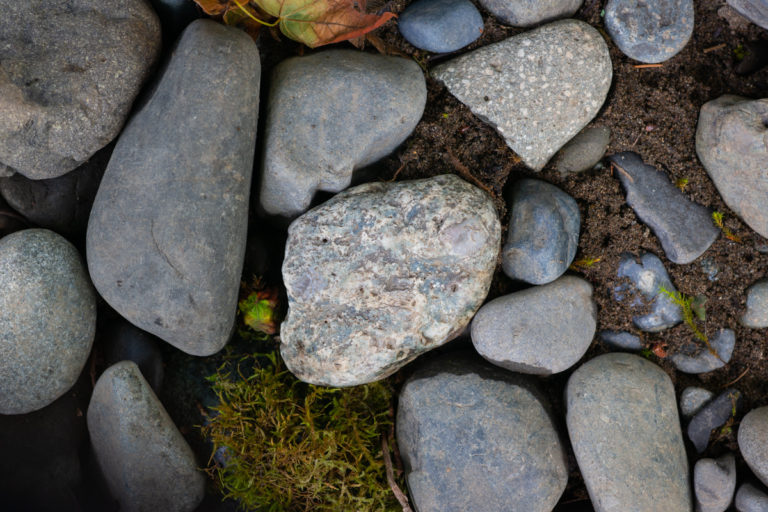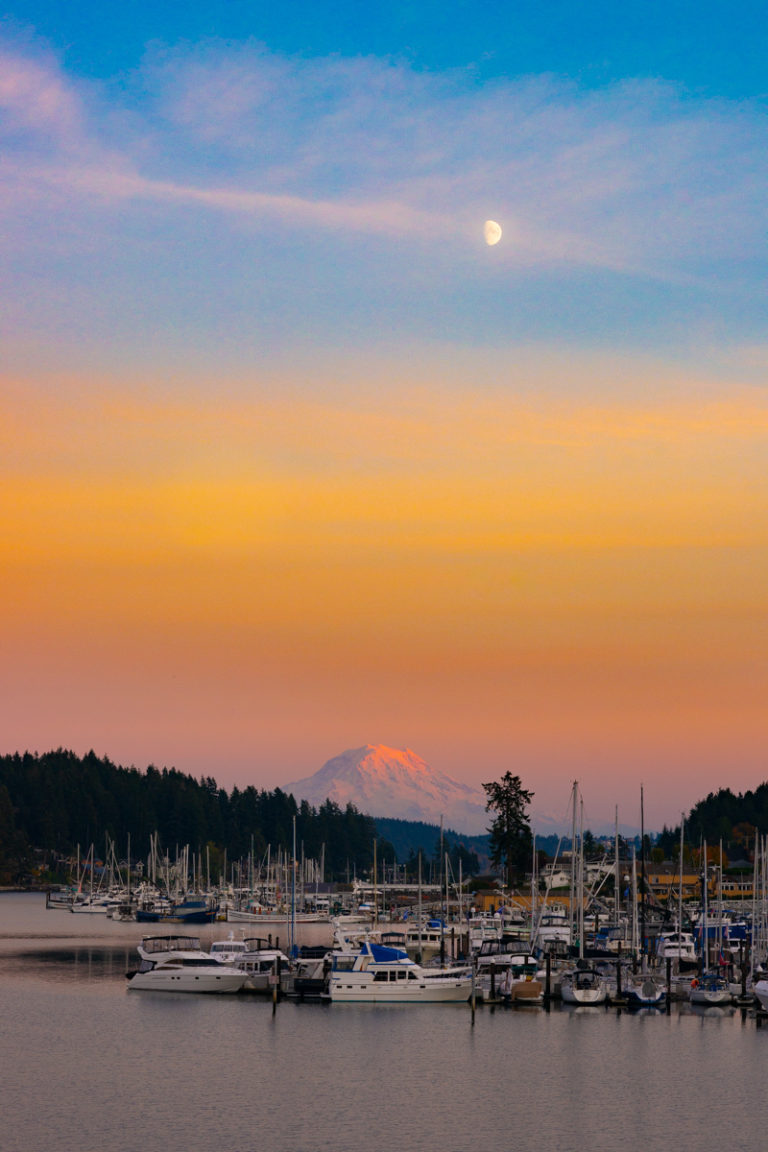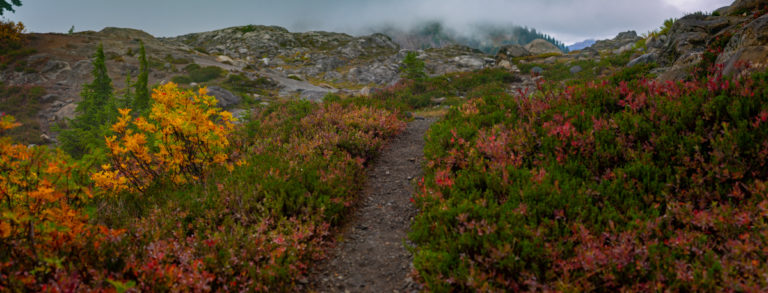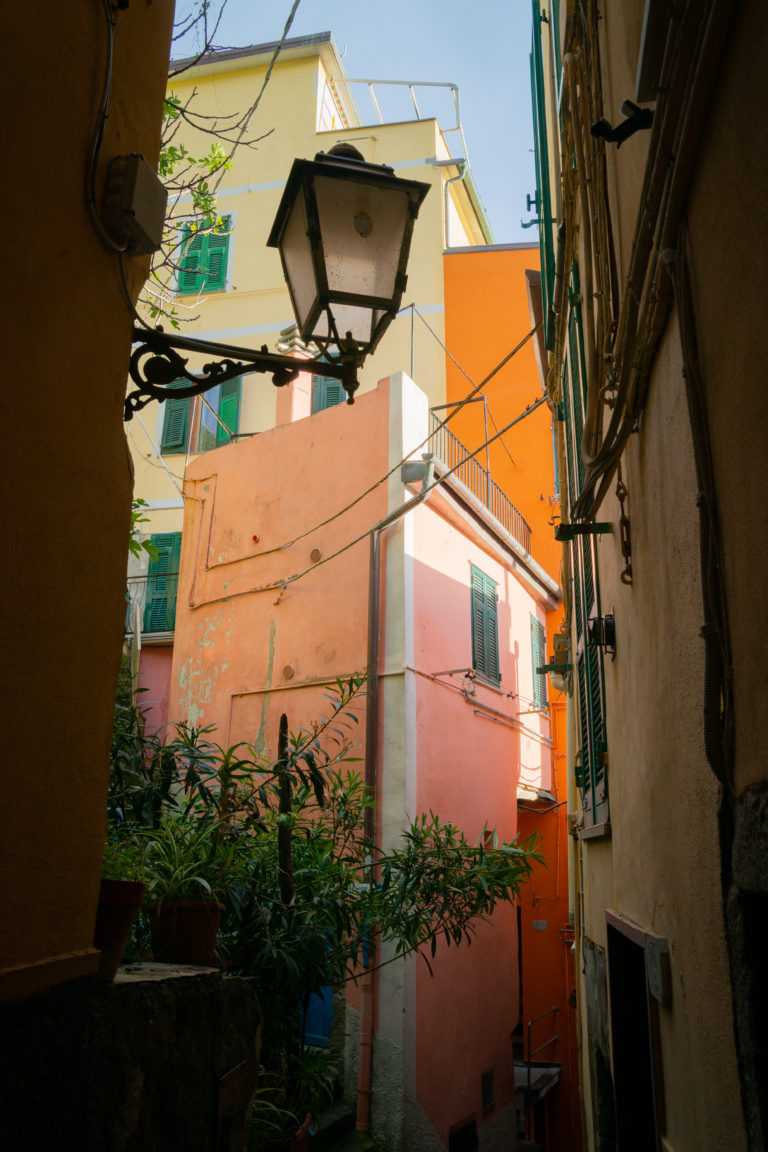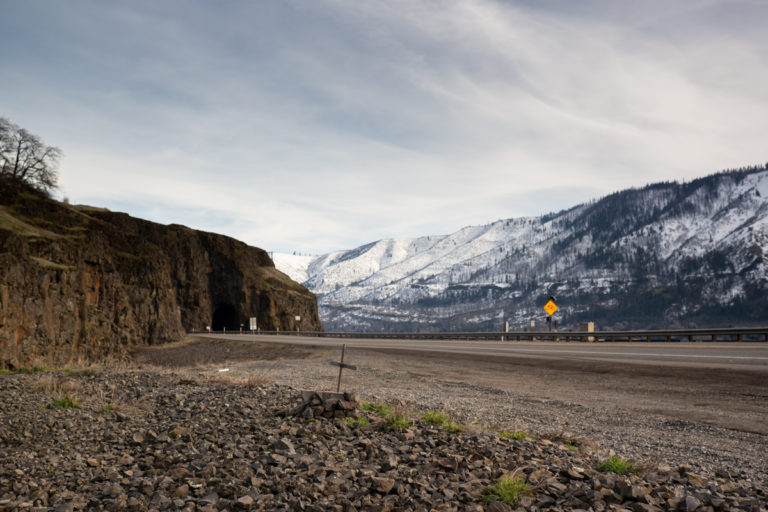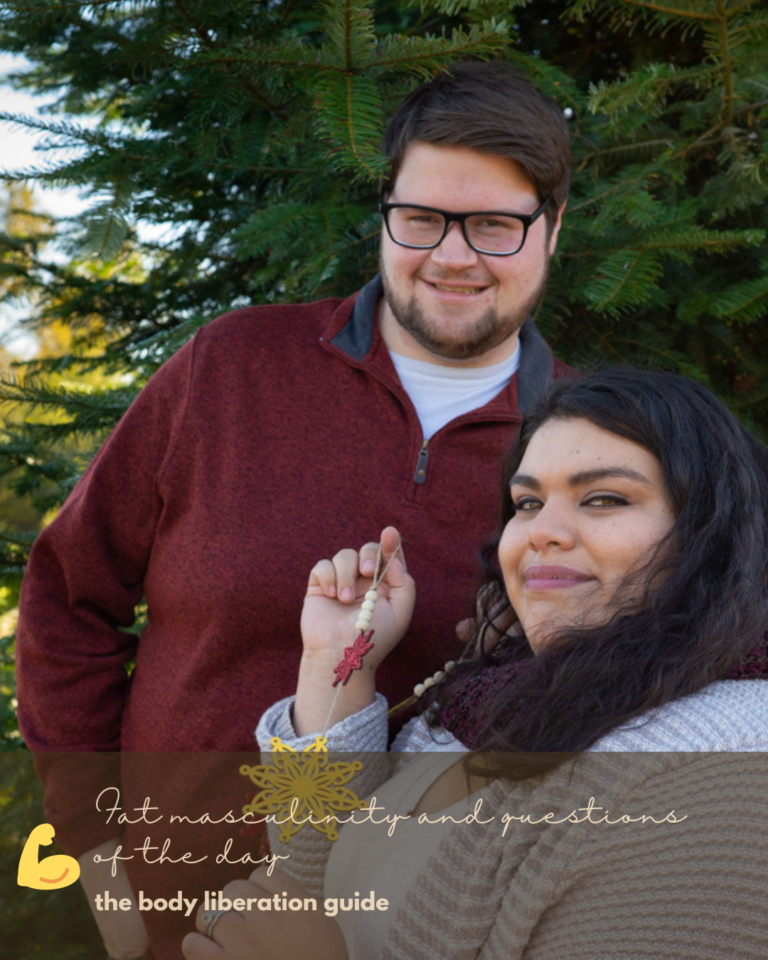{wandering} Florence, Italy, May 2018
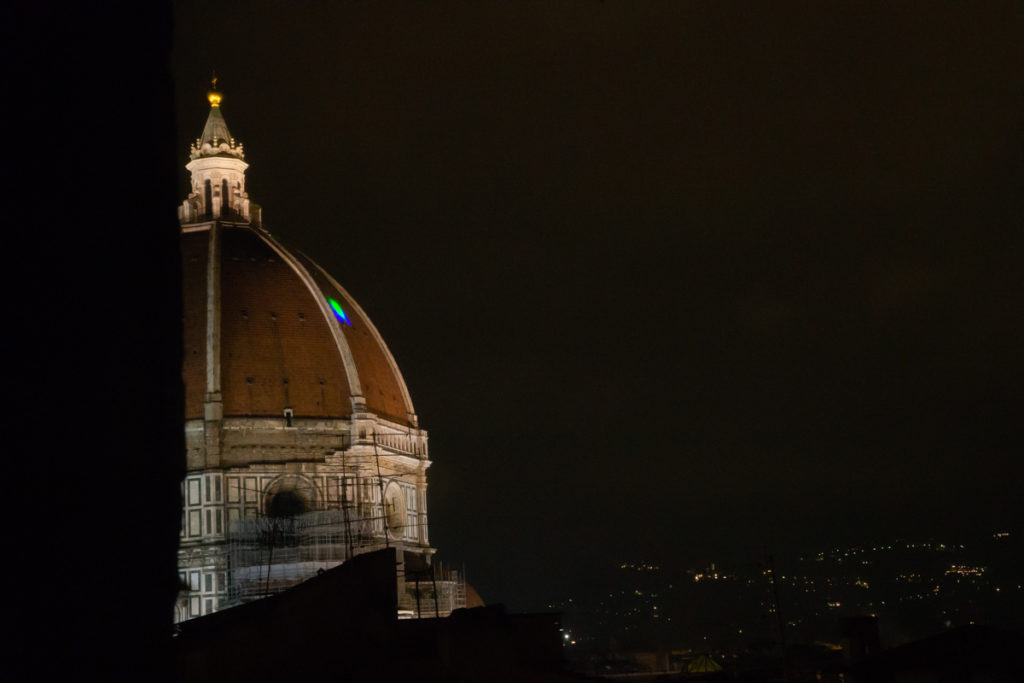
The view from Via dei Tavolini: The Duomo, or dome, of the Cattedrale di Santa Maria del Fiore, or the Florence cathedral. 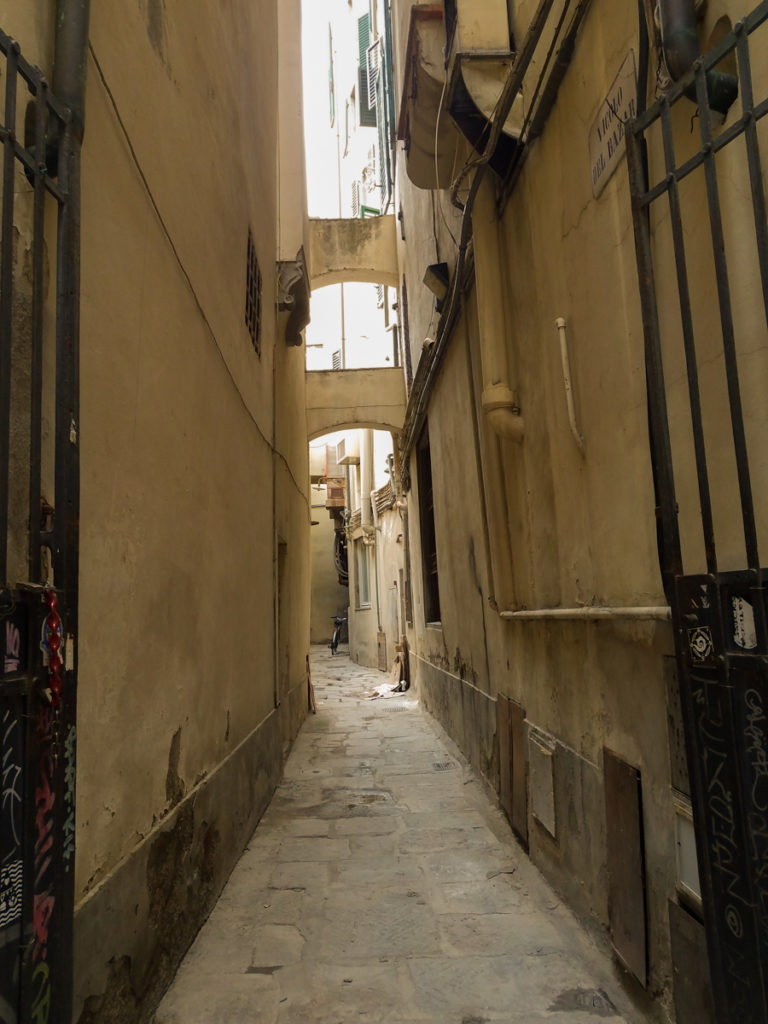
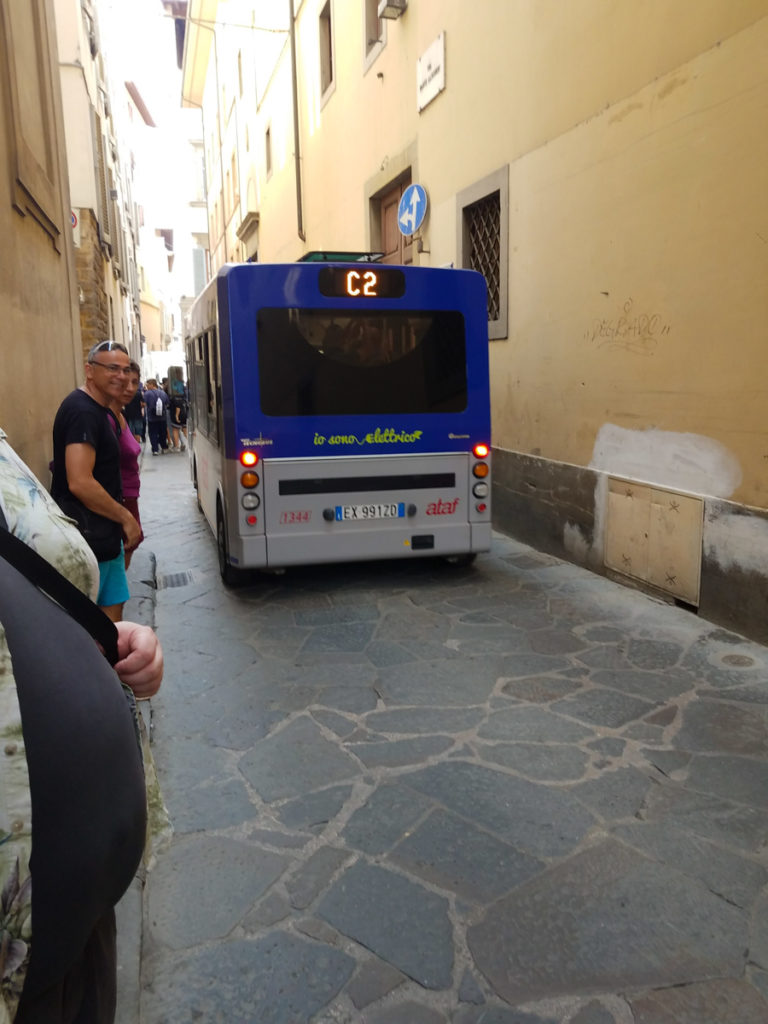
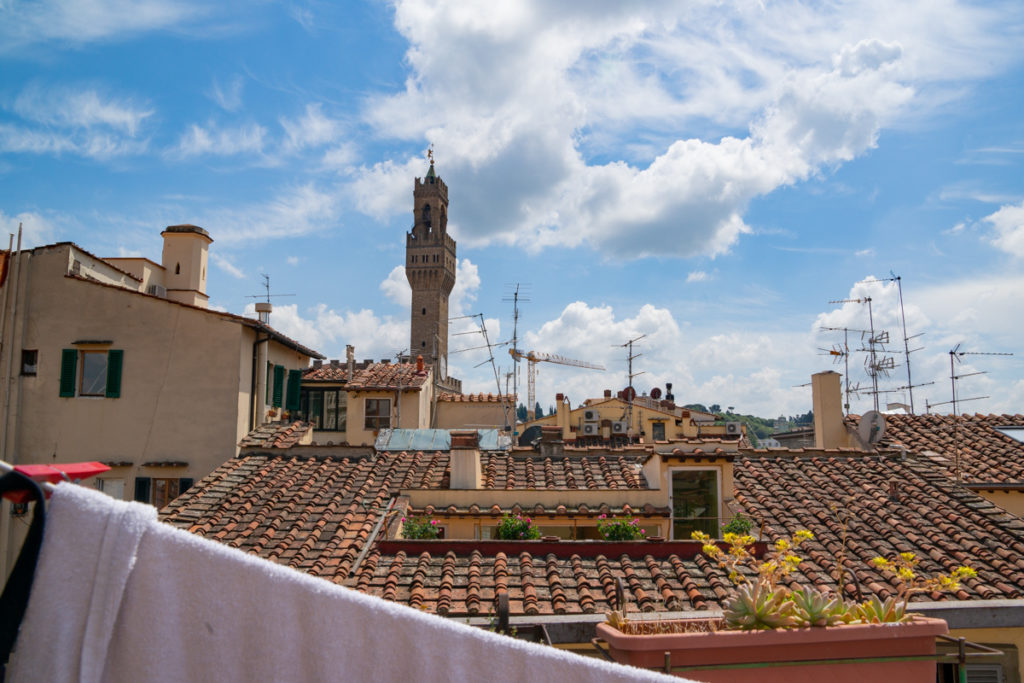
The view from Via dei Tavolini, across the rooftops. 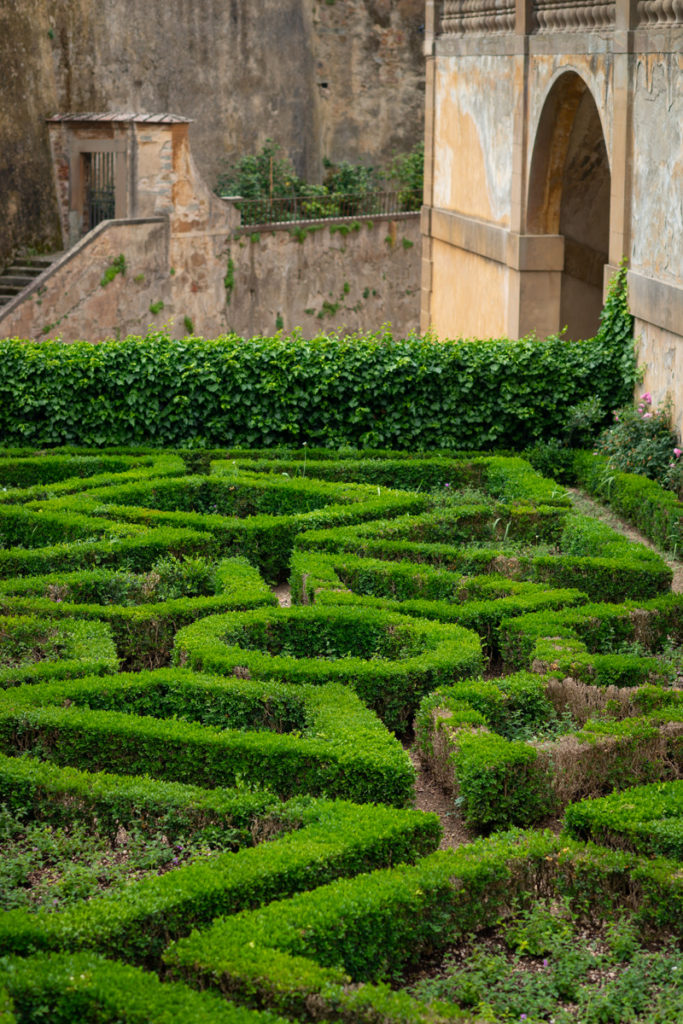
A pretty formal knot garden right next to the Palazzo Pitti. 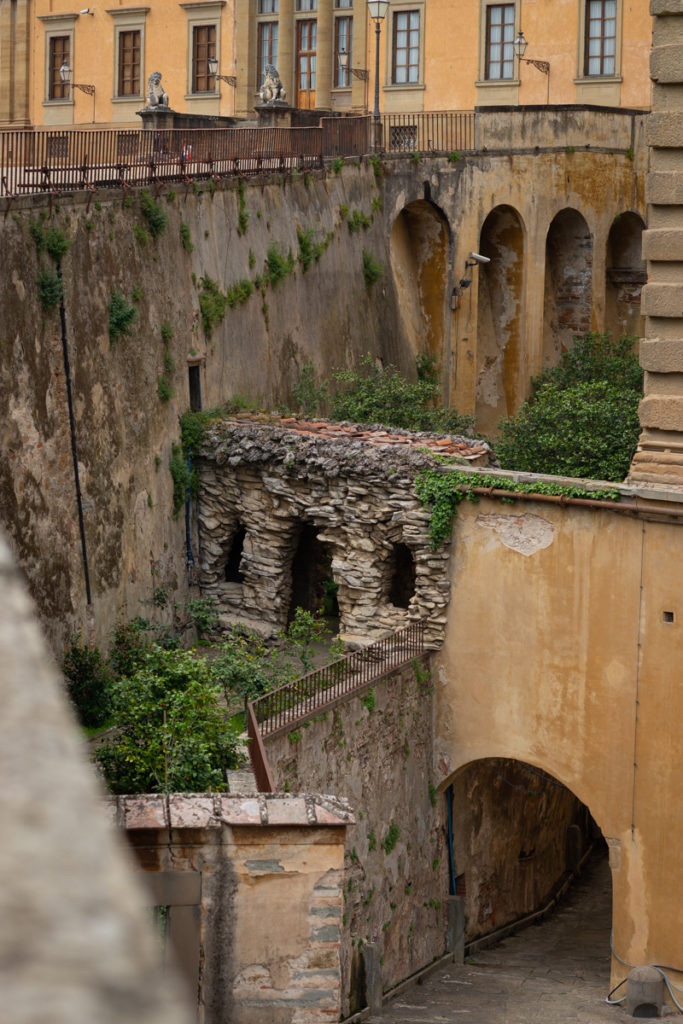
The exterior of the Palazzo Pitti from the gardens. 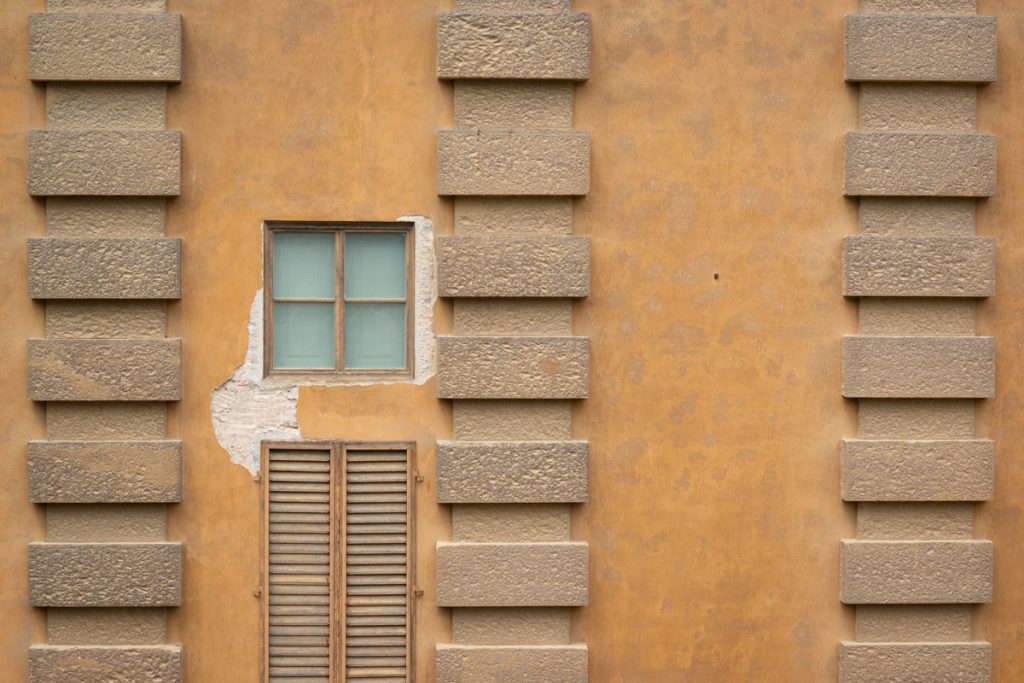
The exterior of the Palazzo Pitti from the gardens. 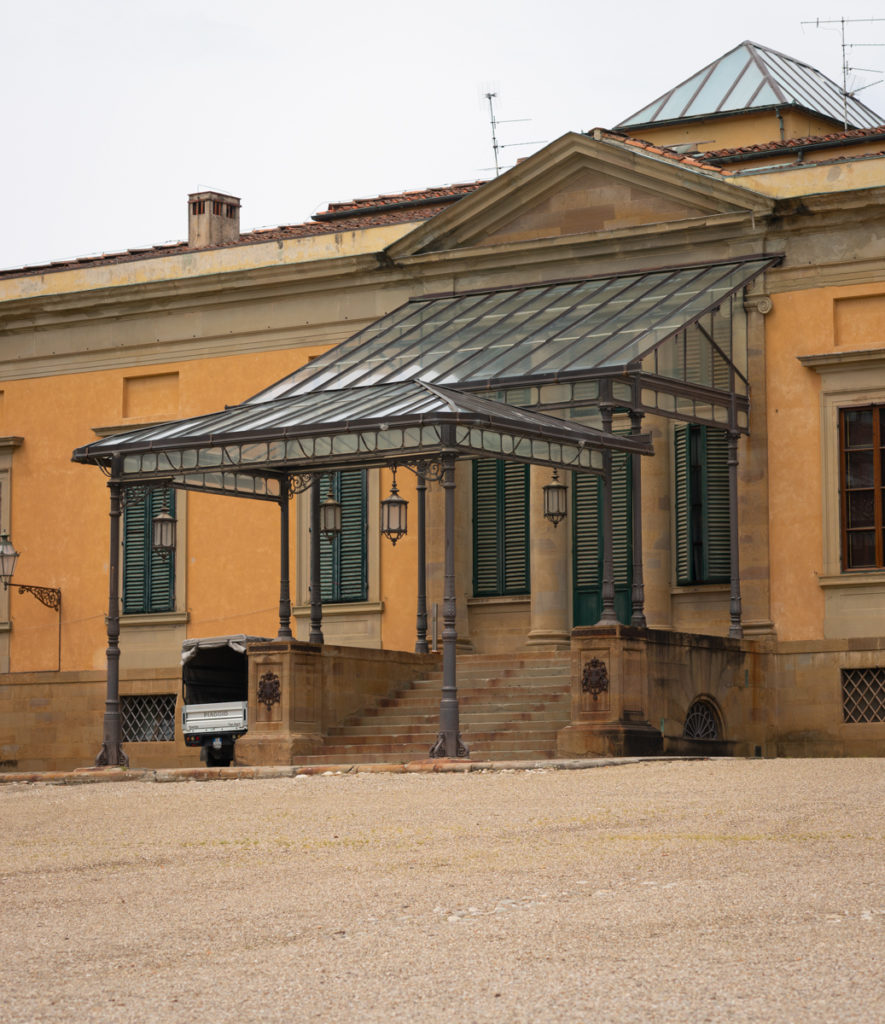
The exterior of the Palazzo Pitti from the gardens. This looks like the setting for a Roaring 20s movie. 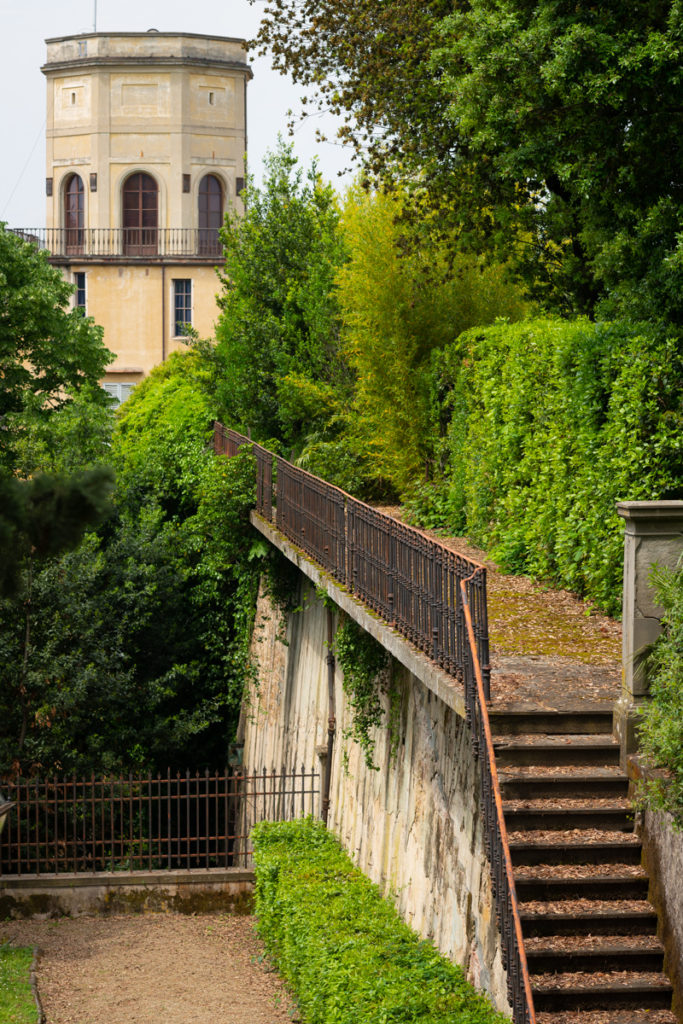
Scenes from Boboli Gardens. 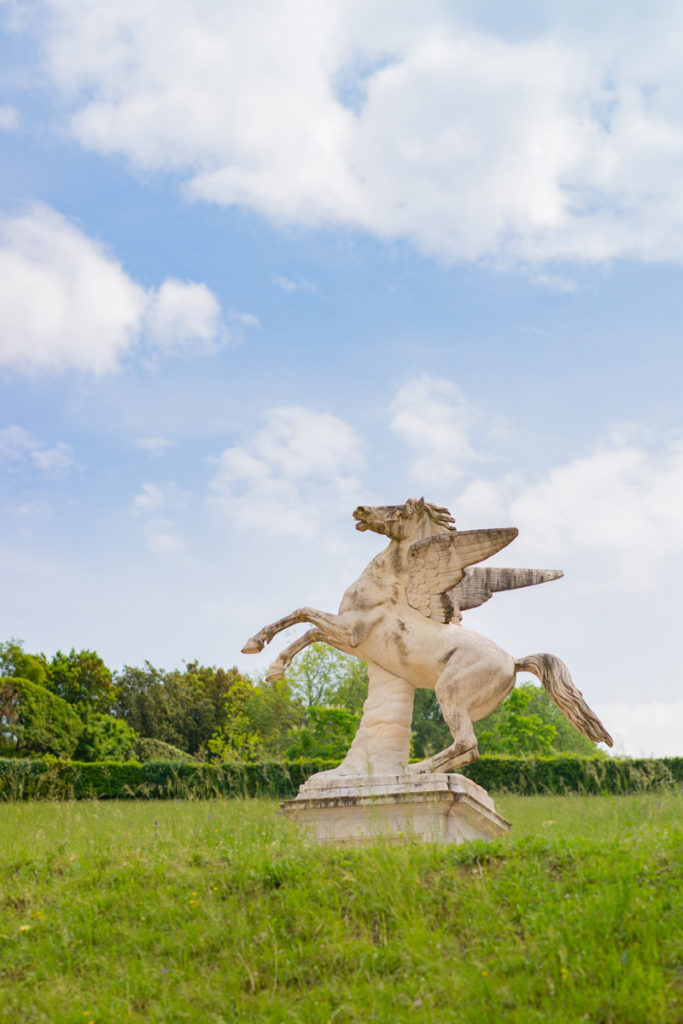
Pegasus statue! 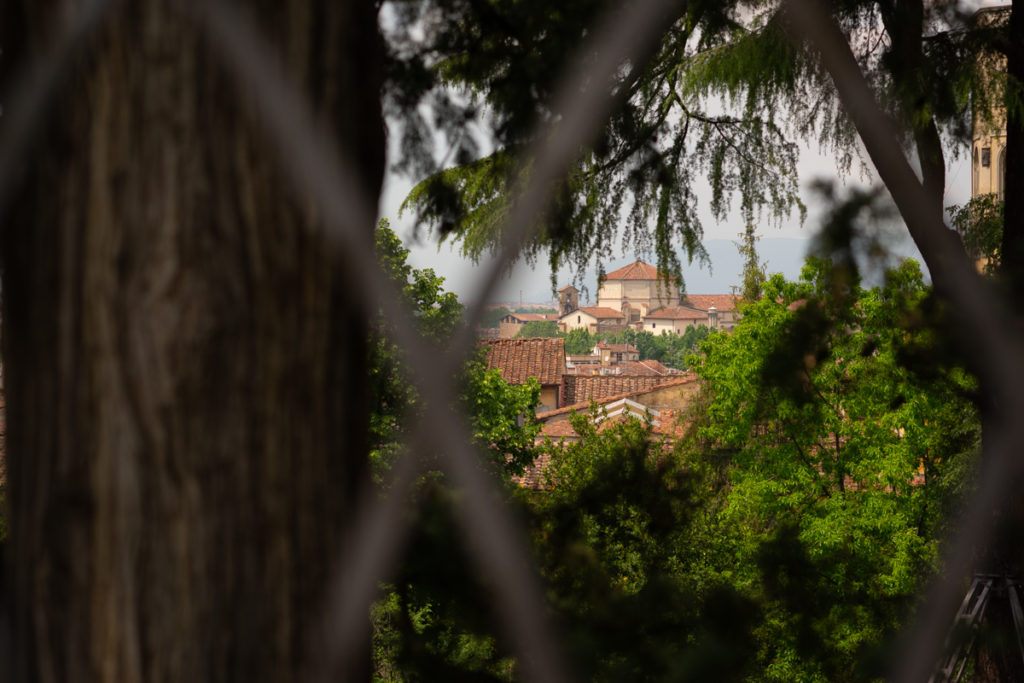
Scenes from Boboli Gardens. 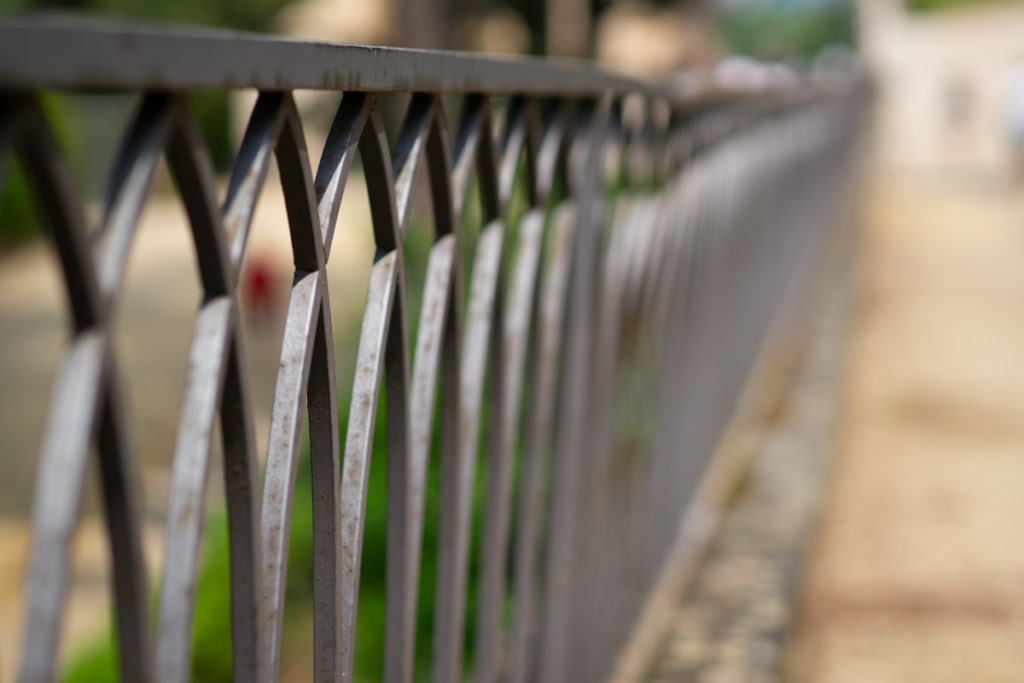
Scenes from Boboli Gardens. 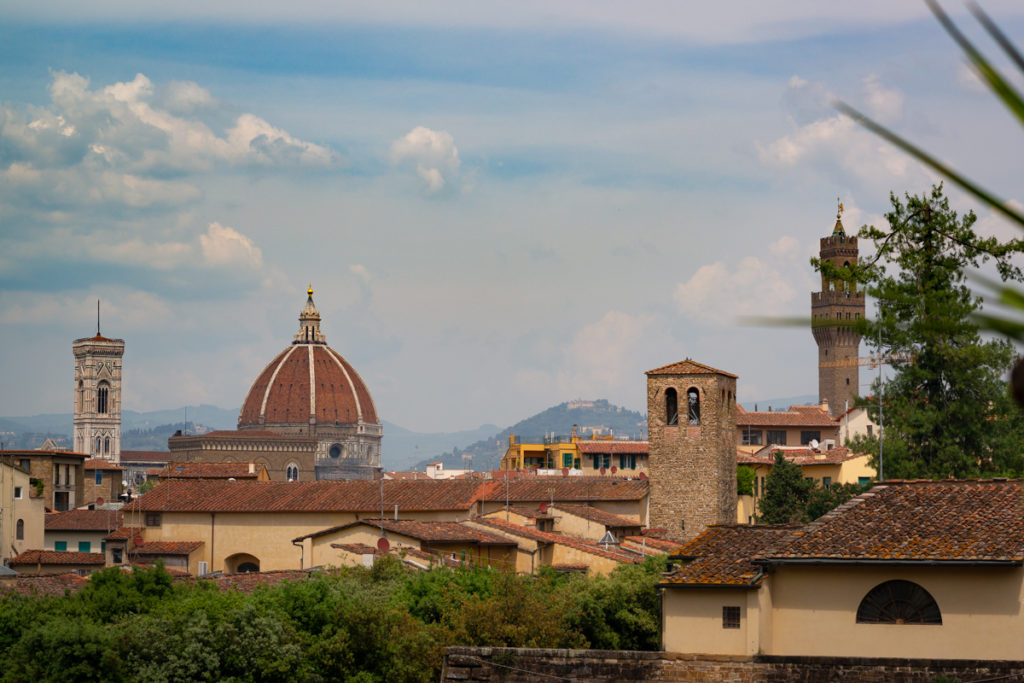
The view from Boboli Gardens out over Florence. 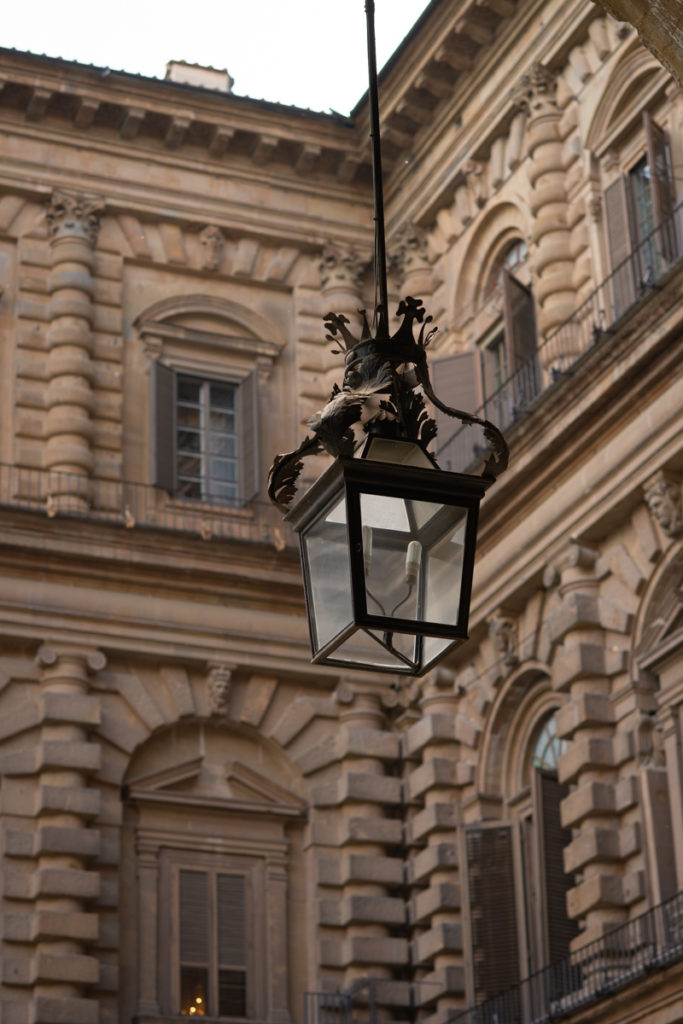
The courtyard of the Palazzo Pitti. 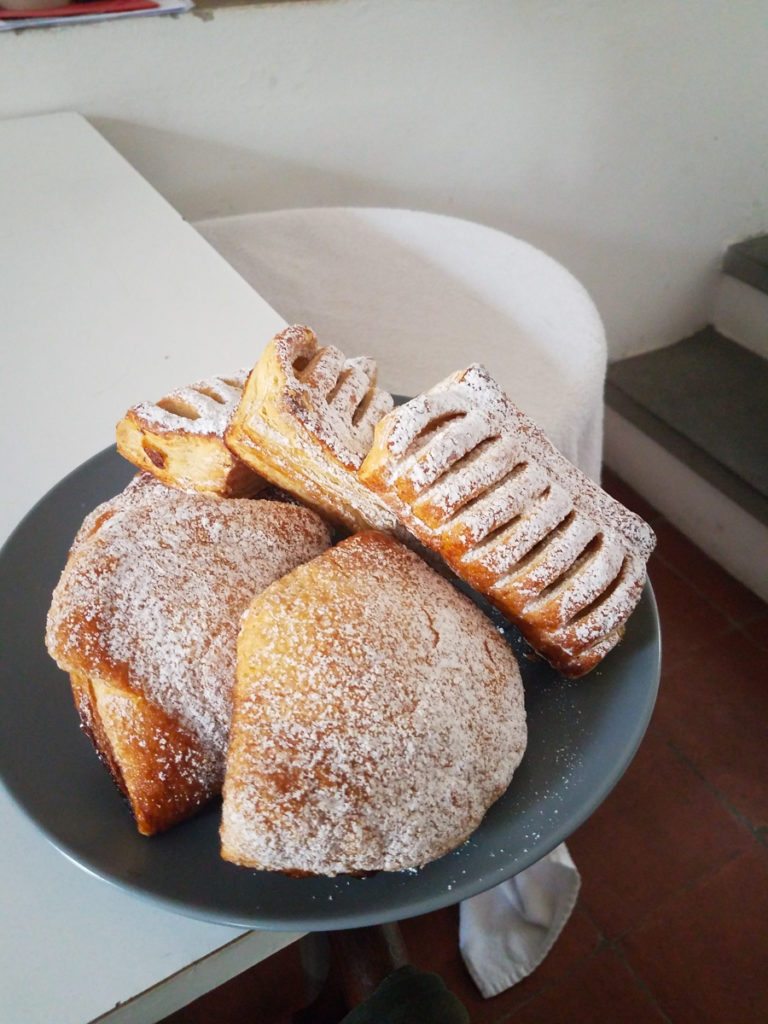
Breakfast pastries from the bakery down the street. 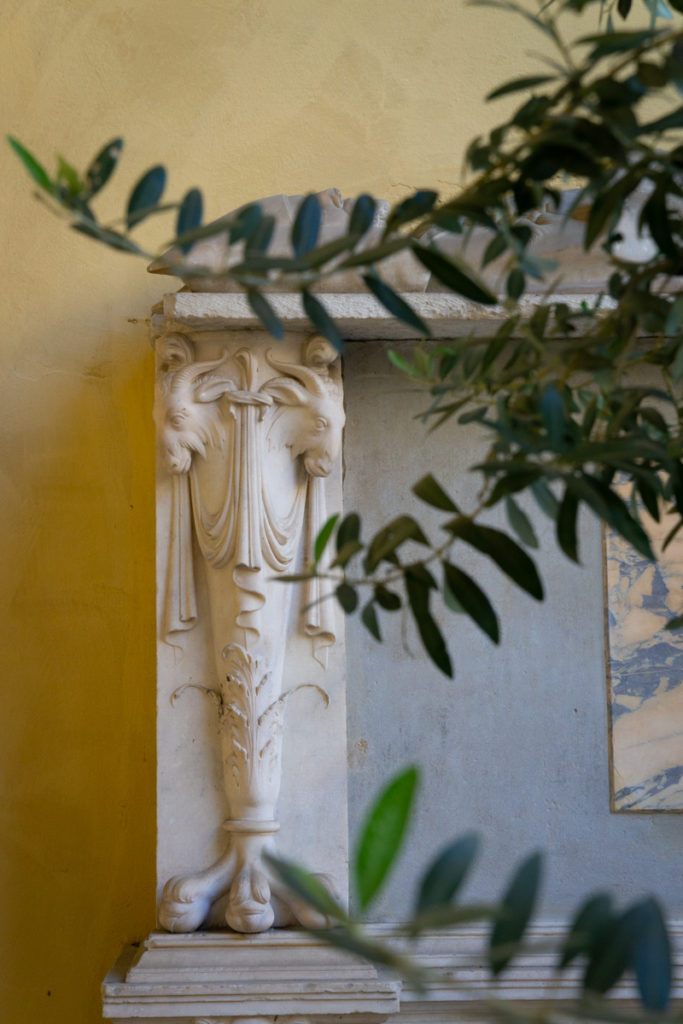
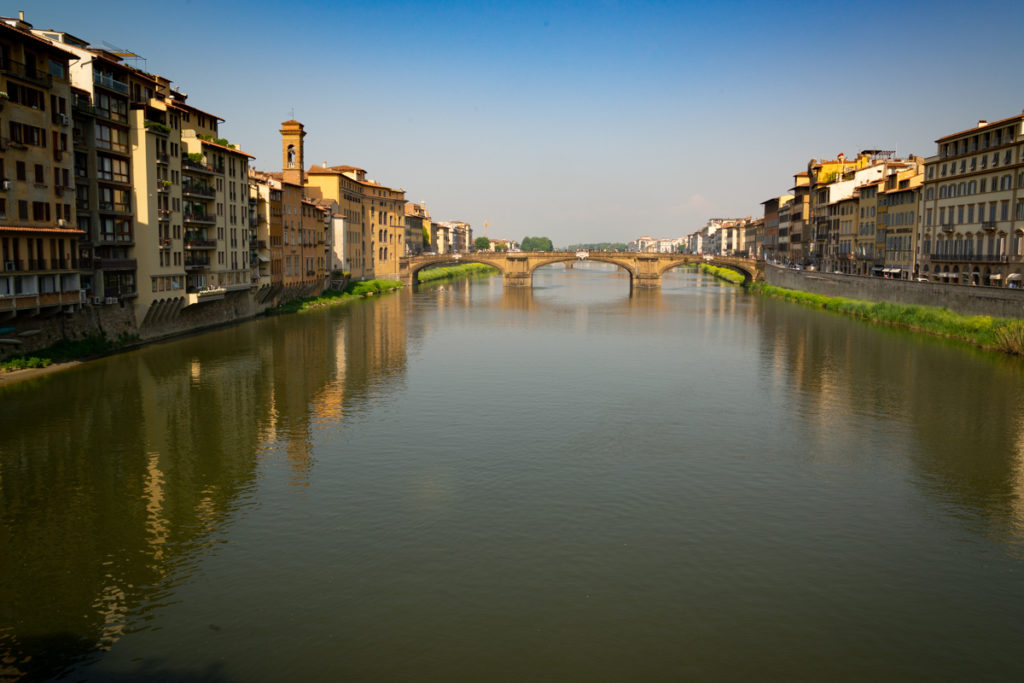
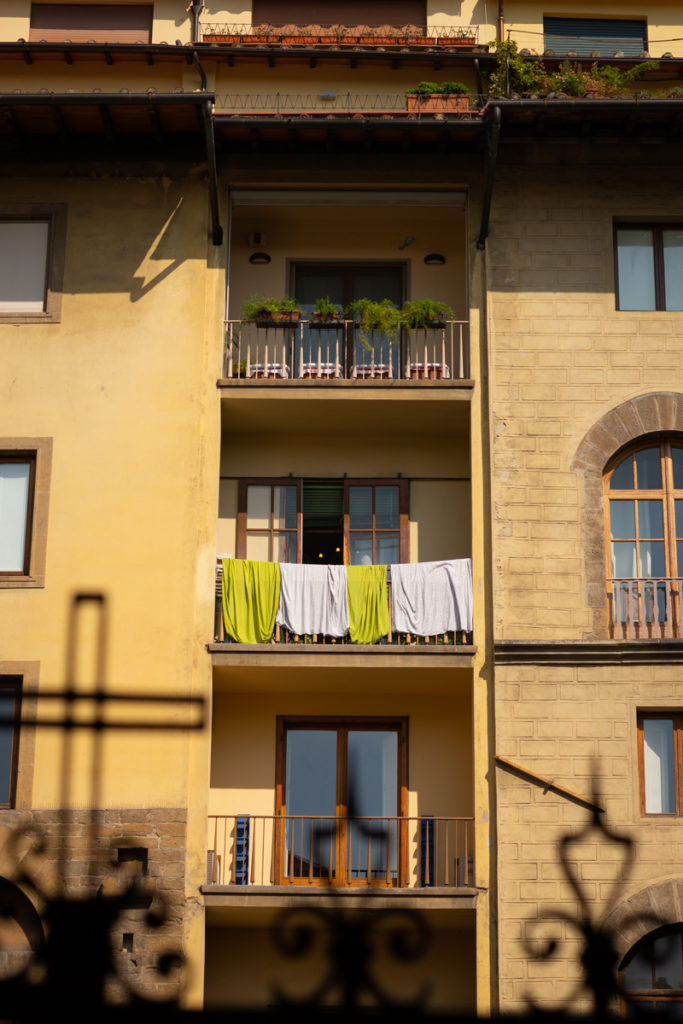
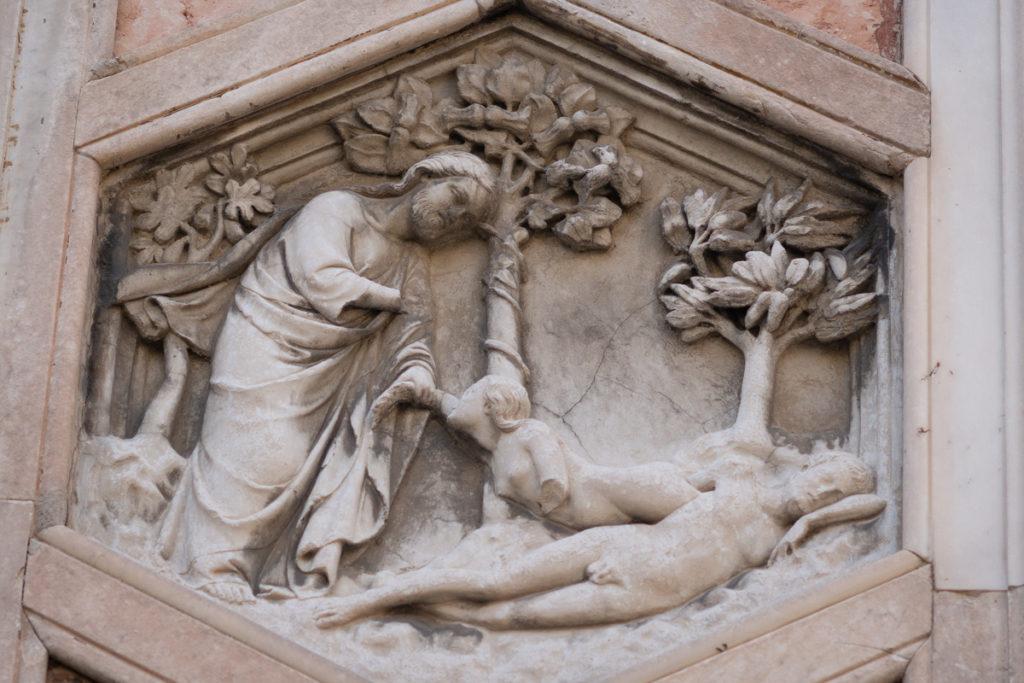
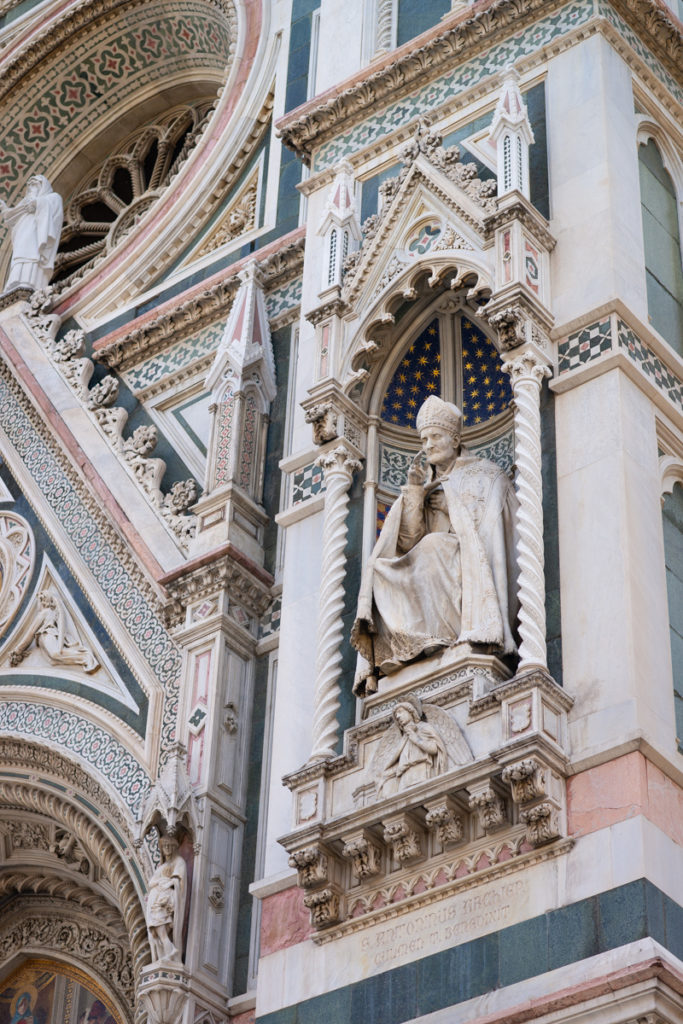
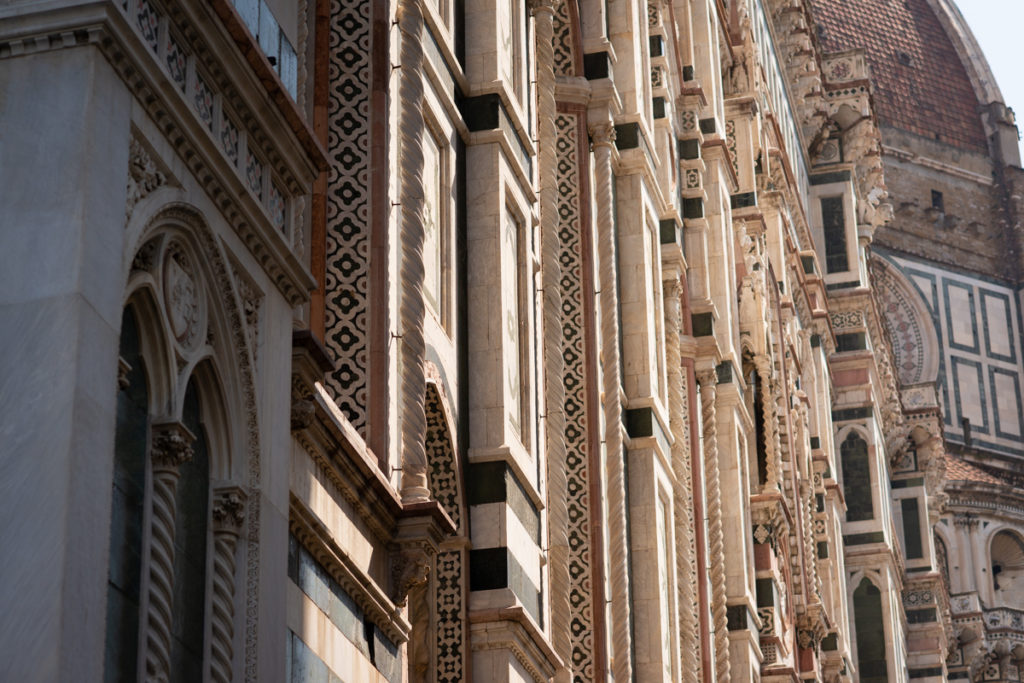
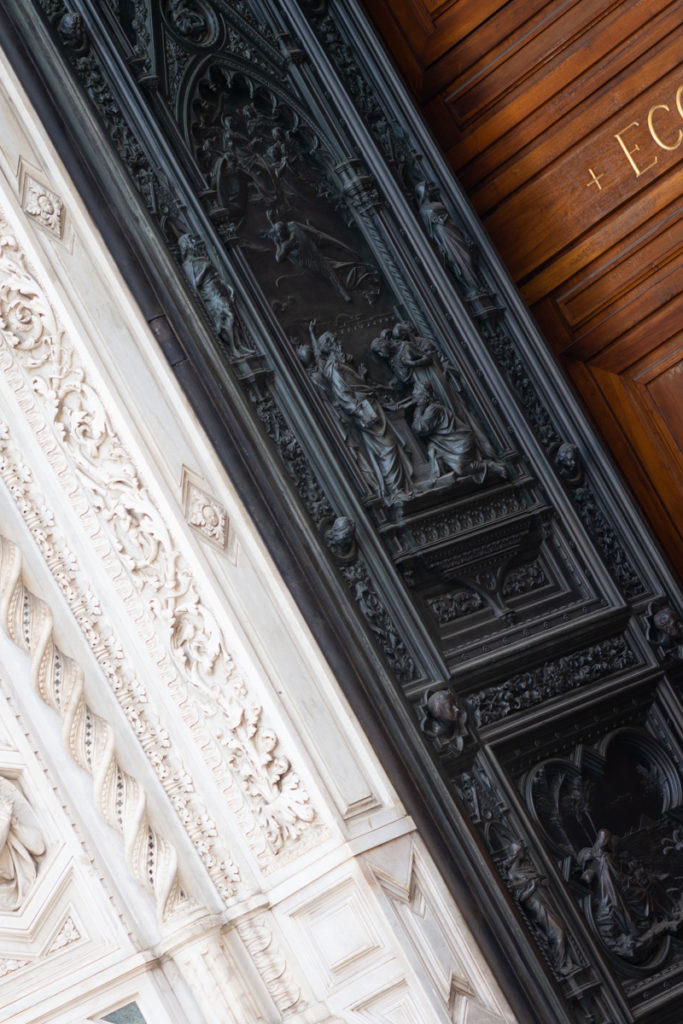
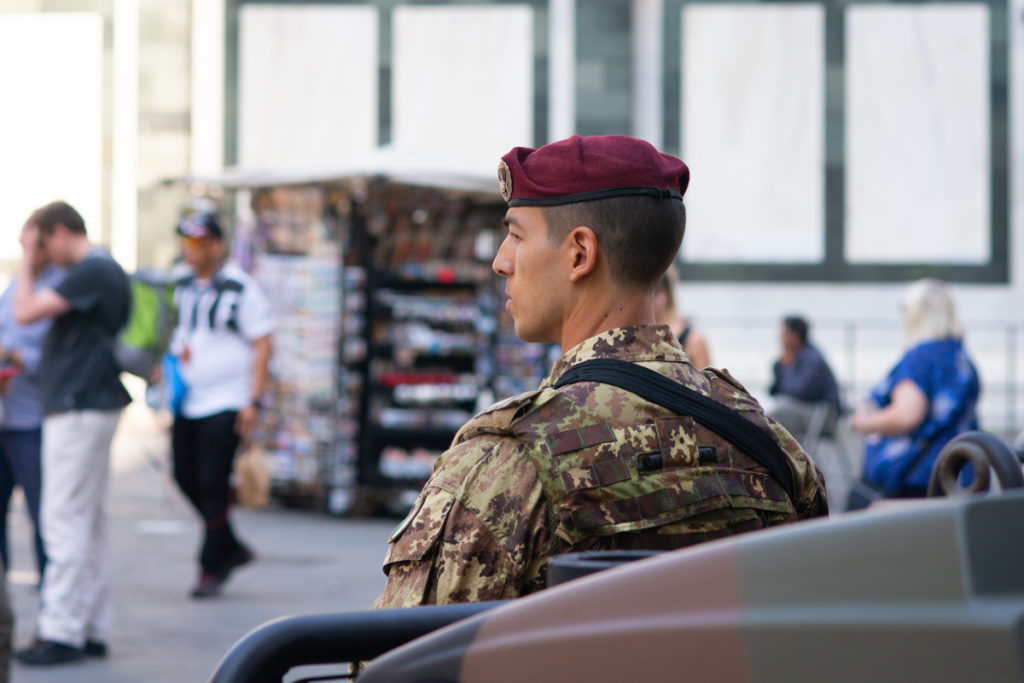
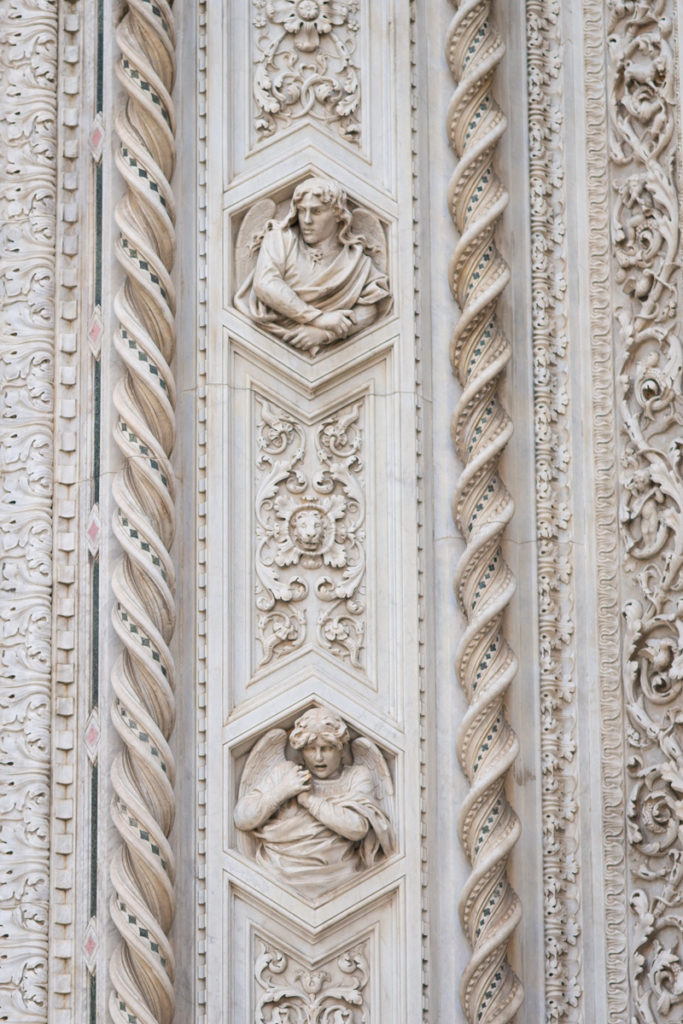
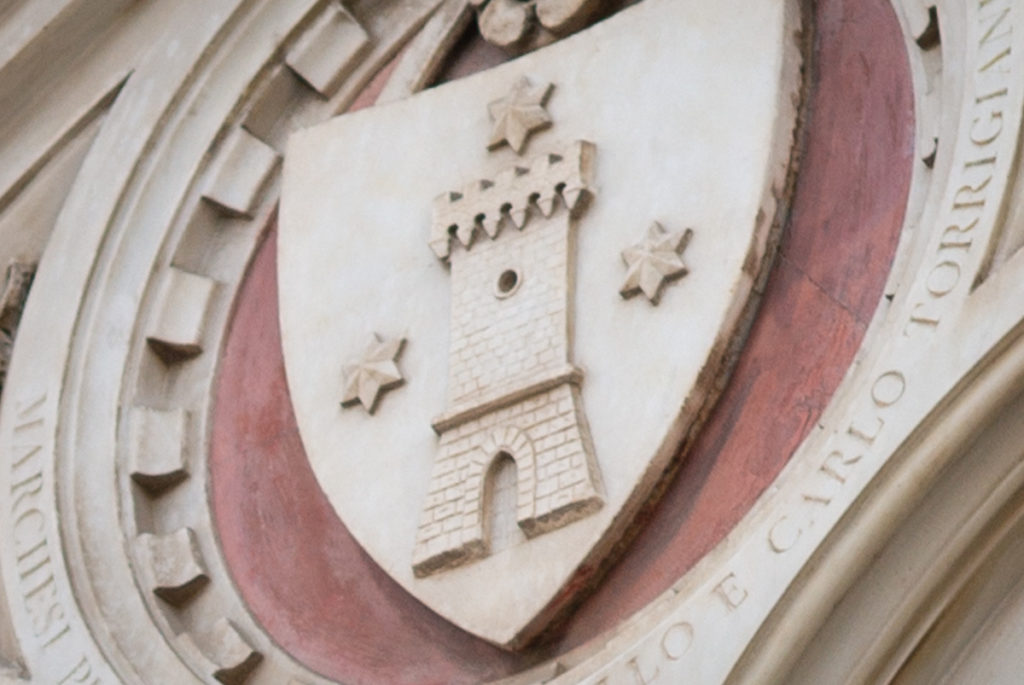
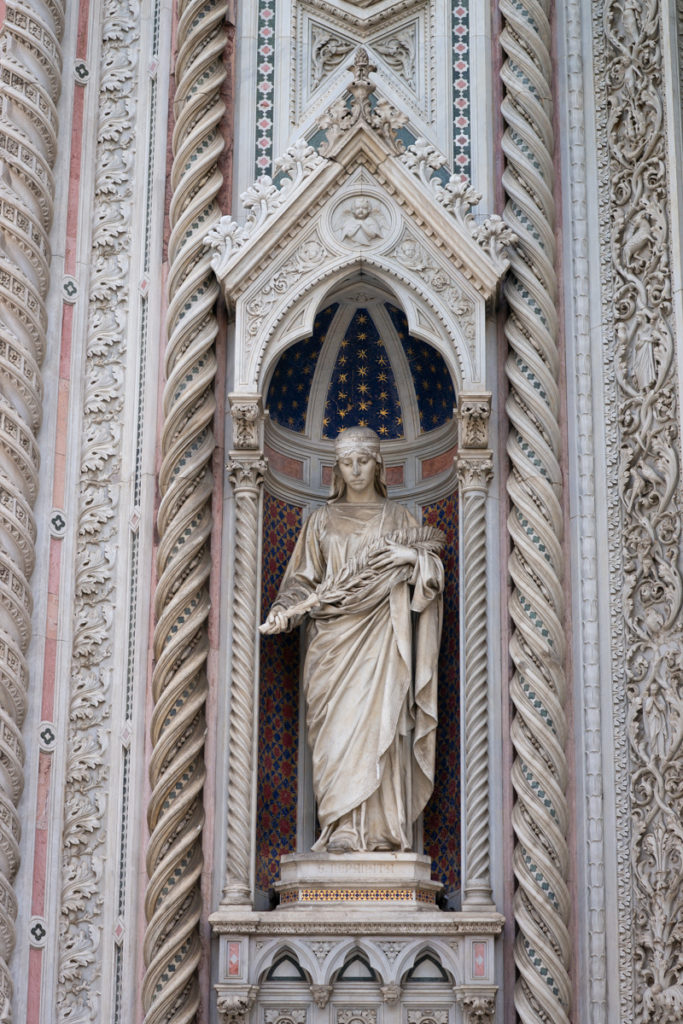
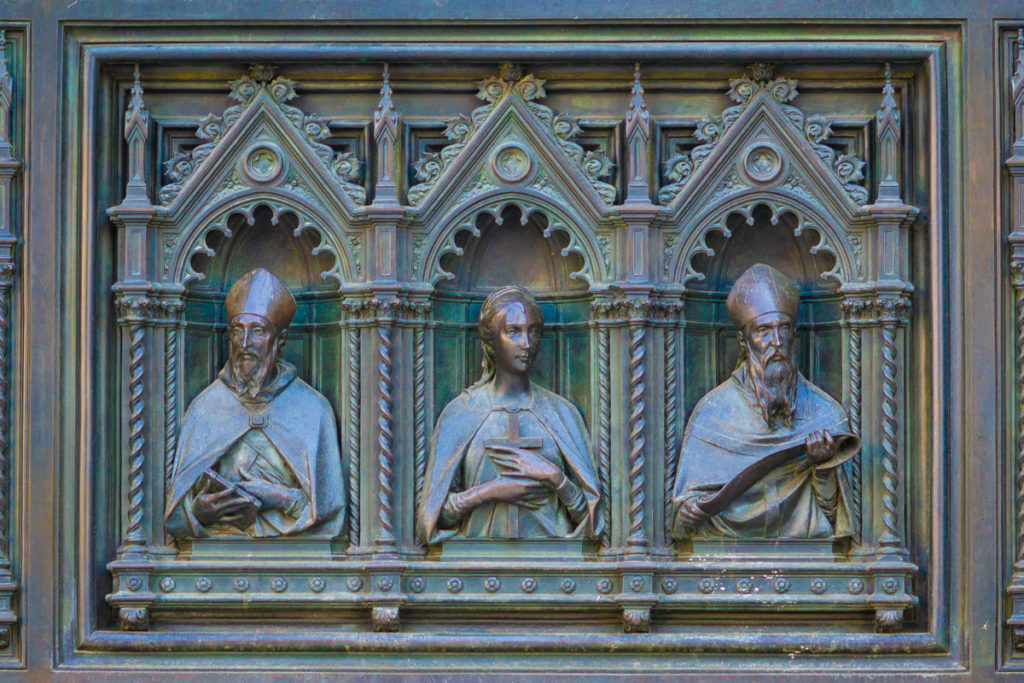
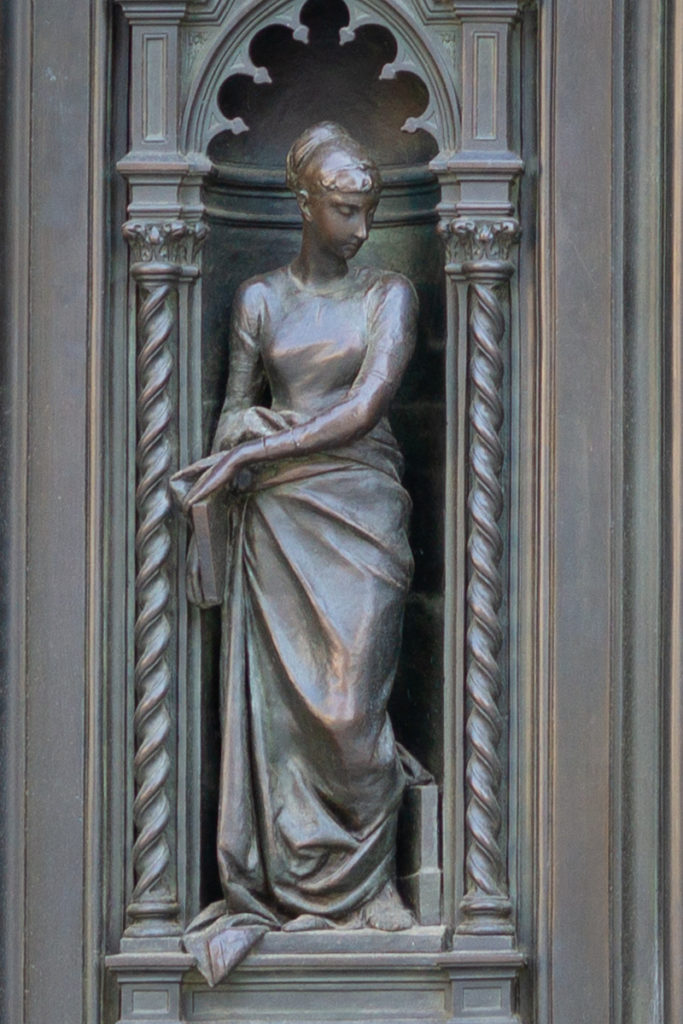
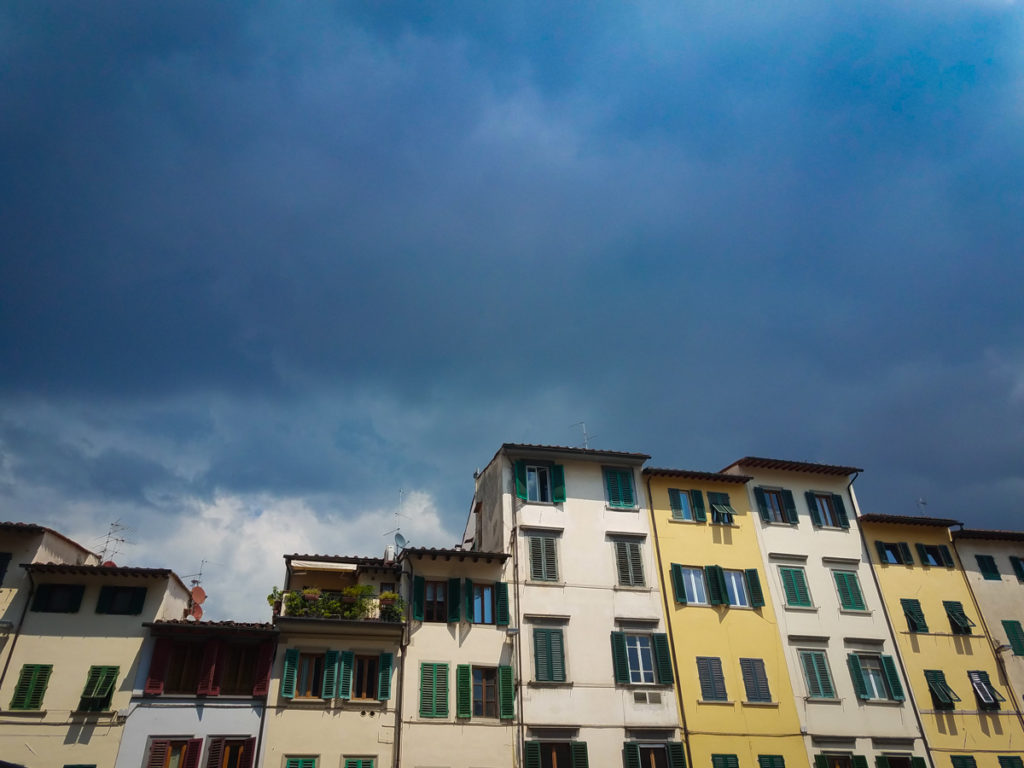
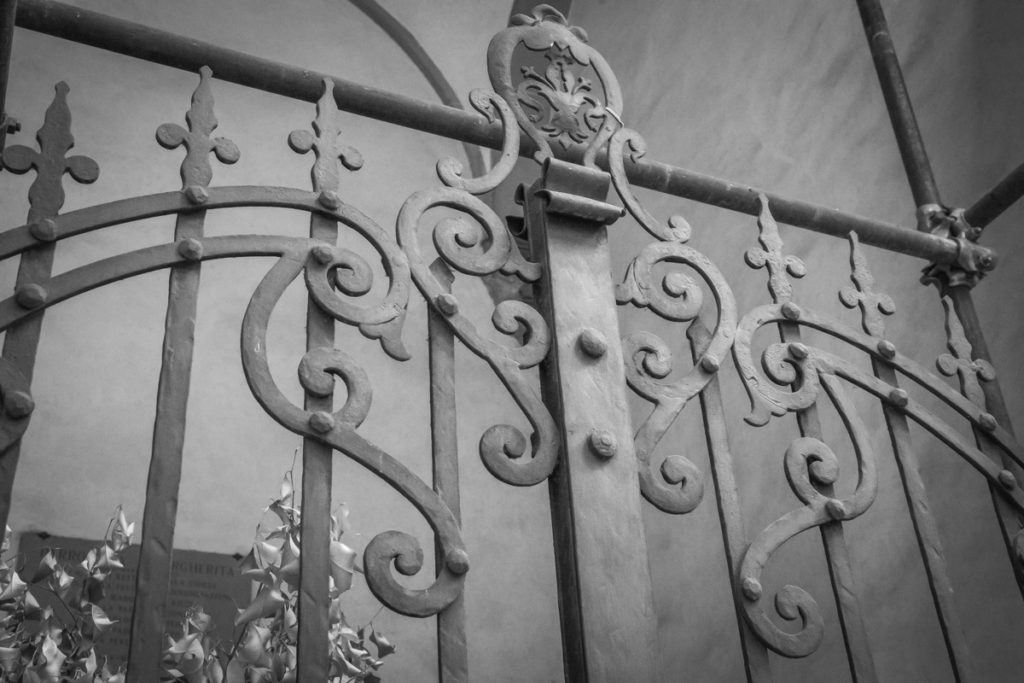
Wrought iron gates of the Chiesa di Santa Margherita in Santa Maria dei Ricci, on Via del Corso. 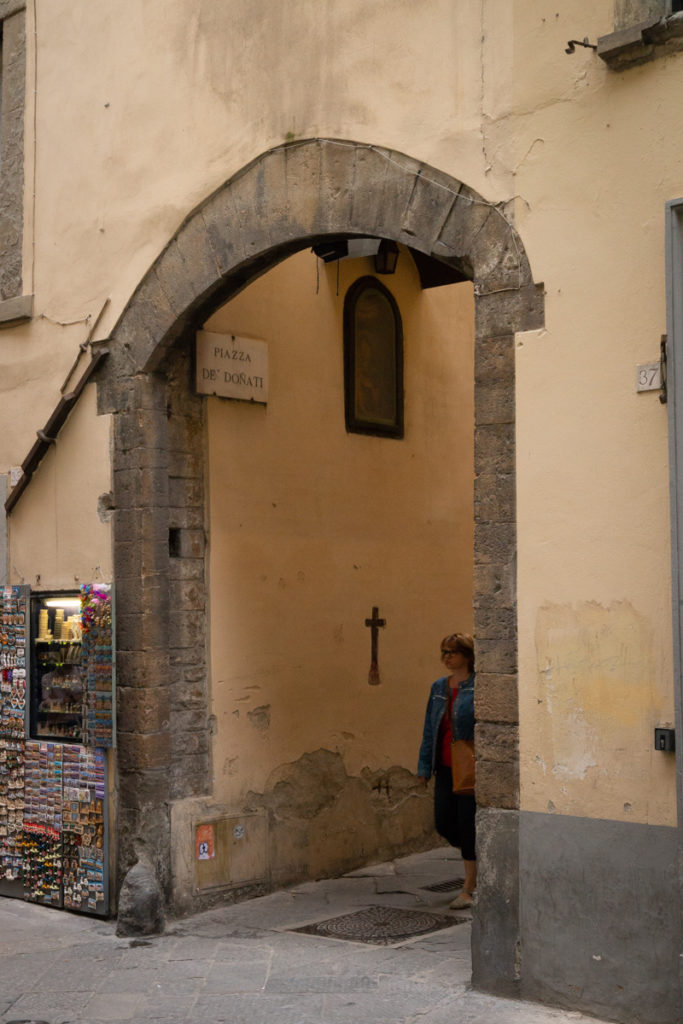
Arch leading into an alleyway from Via del Corso. If I recall correctly, this led to the little piazza with the entrance to the Dante House Museum. 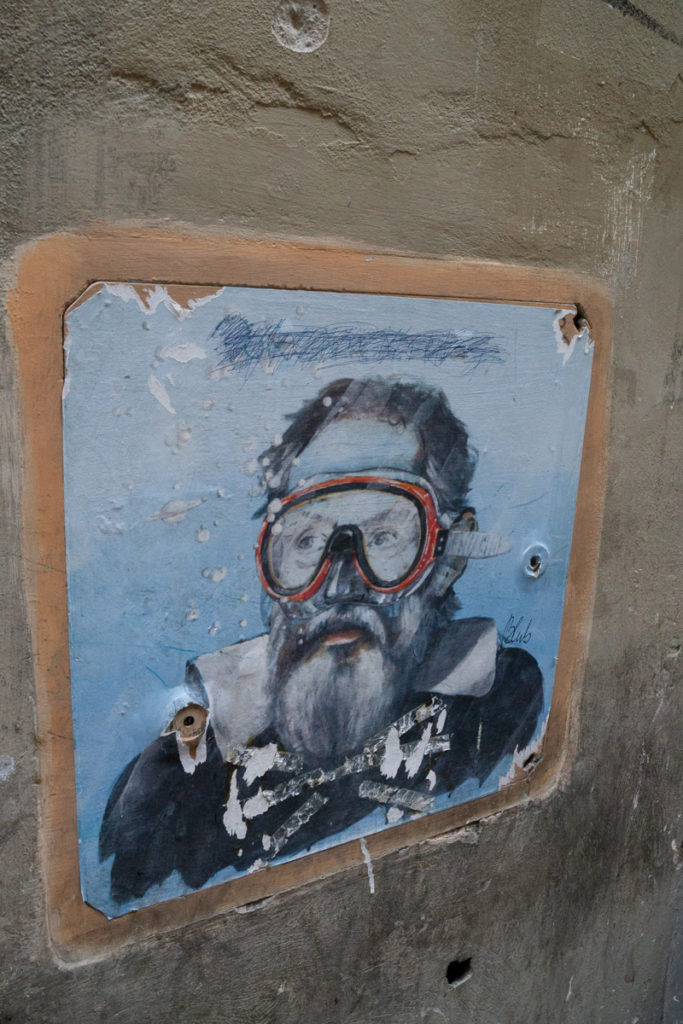
More scuba-themed street art! 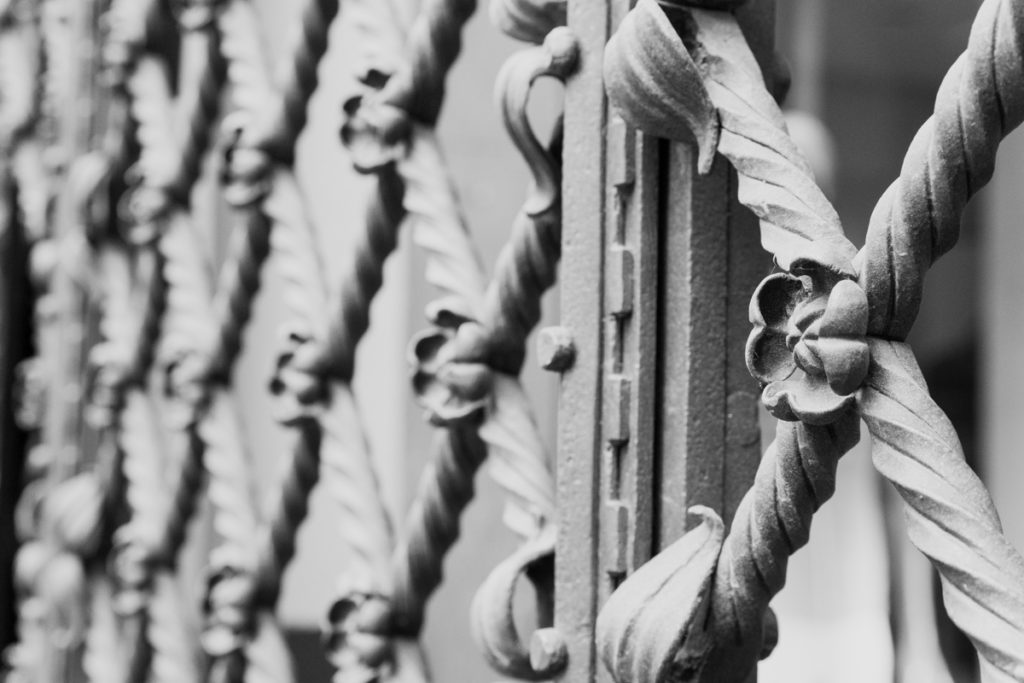
Wrought iron on the streets of Florence. 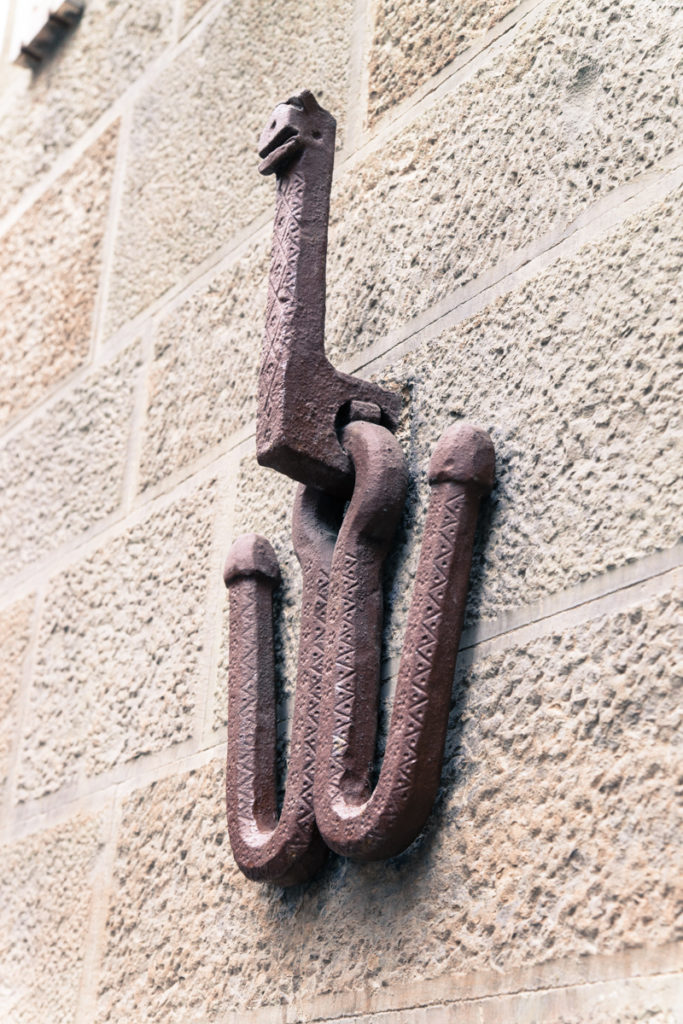
Random iron hook arrangement on a wall on a Florence street. Probably not intended to be, um, that phallic. 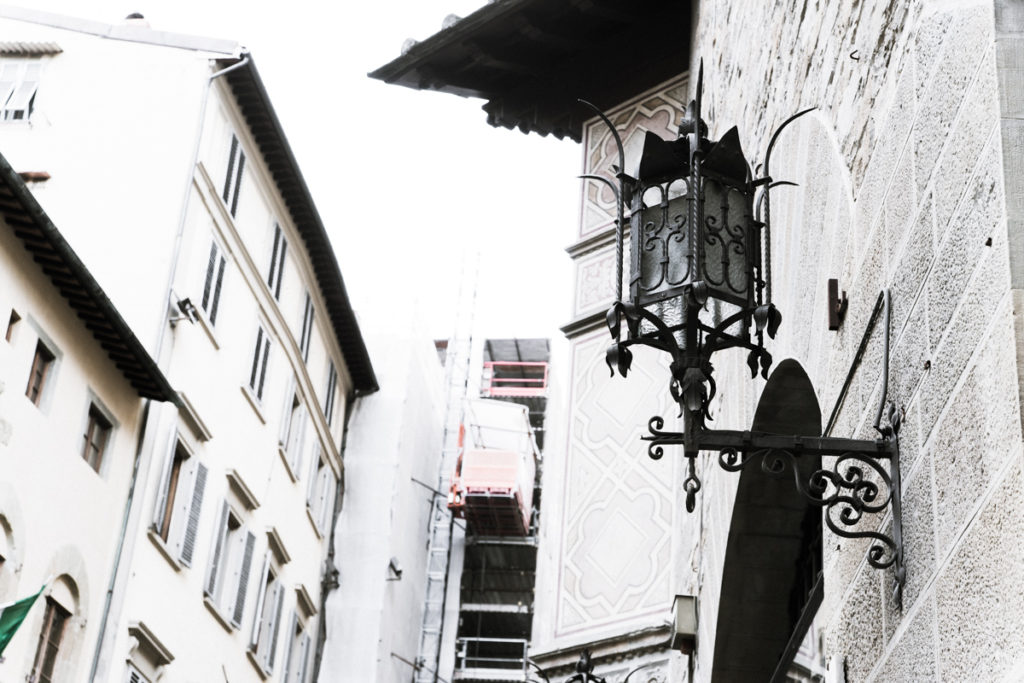
Florence streets 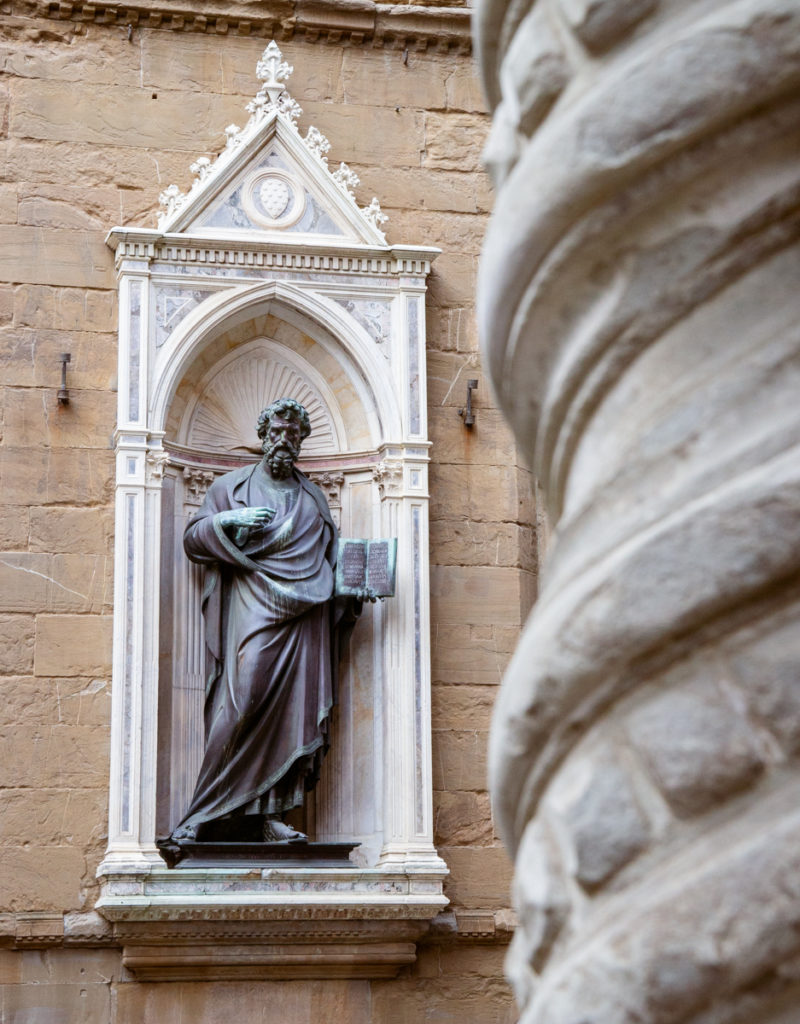
Orsanmichele is a church in the Italian city of Florence. The building was constructed on the site of the kitchen garden of the monastery of San Michele, which no longer exists. Located on the Via Calzaiuoli in Florence, the church was originally built as a grain market in 1337 by Francesco Talenti, Neri di Fioravante, and Benci di Cione. Between 1380 and 1404, it was converted into a church used as the chapel of Florence’s powerful craft and trade guilds. On the ground floor of the square building are the 13th-century arches that originally formed the loggia of the grain market. The second floor was devoted to offices, while the third housed one of the city’s municipal grain storehouses, maintained to withstand famine or siege. Late in the 14th century, the guilds were charged by the city to commission statues of their patron saints to embellish the facades of the church.[1] The sculptures seen today are copies, the originals having been removed to museums (see below).(Thanks, Wikipedia) I love the idea of this incredibly gorgeous church arising from a grain market, which arose from an herb garden. Just walking past this place every day was such a treat. The Duomo is probably more ornate overall, but Orsanmichele is about delicacy, not sheer scale. We also had fun trying to figure out which guilds commissioned which statues. 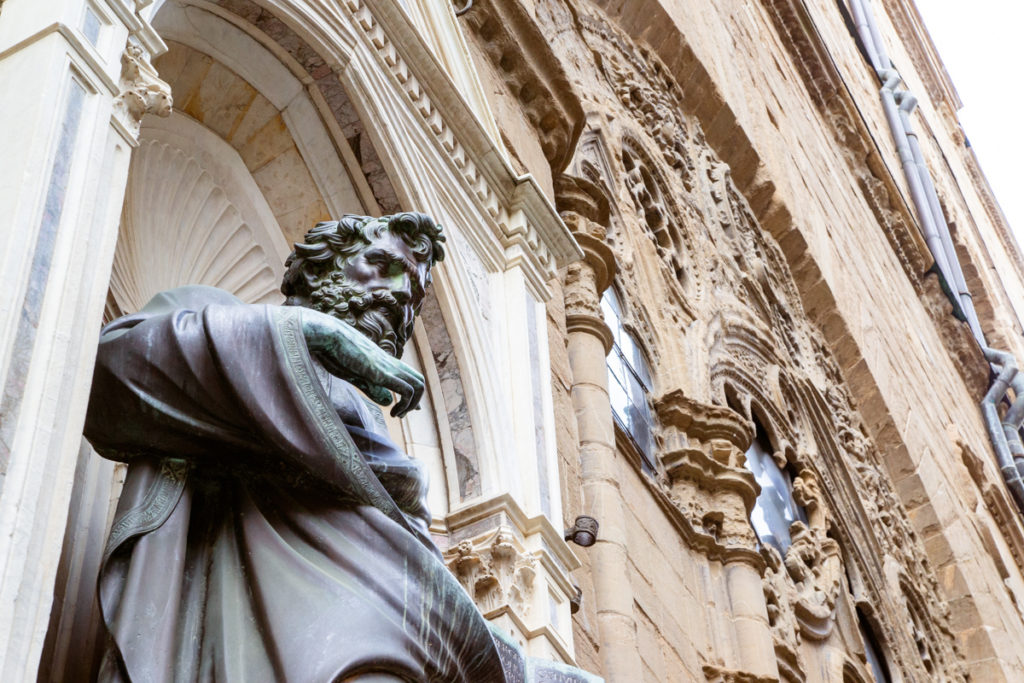
Orsanmichele is a church in the Italian city of Florence. The building was constructed on the site of the kitchen garden of the monastery of San Michele, which no longer exists. Located on the Via Calzaiuoli in Florence, the church was originally built as a grain market in 1337 by Francesco Talenti, Neri di Fioravante, and Benci di Cione. Between 1380 and 1404, it was converted into a church used as the chapel of Florence’s powerful craft and trade guilds. On the ground floor of the square building are the 13th-century arches that originally formed the loggia of the grain market. The second floor was devoted to offices, while the third housed one of the city’s municipal grain storehouses, maintained to withstand famine or siege. Late in the 14th century, the guilds were charged by the city to commission statues of their patron saints to embellish the facades of the church.[1] The sculptures seen today are copies, the originals having been removed to museums (see below).(Thanks, Wikipedia) I love the idea of this incredibly gorgeous church arising from a grain market, which arose from an herb garden. Just walking past this place every day was such a treat. The Duomo is probably more ornate overall, but Orsanmichele is about delicacy, not sheer scale. We also had fun trying to figure out which guilds commissioned which statues. 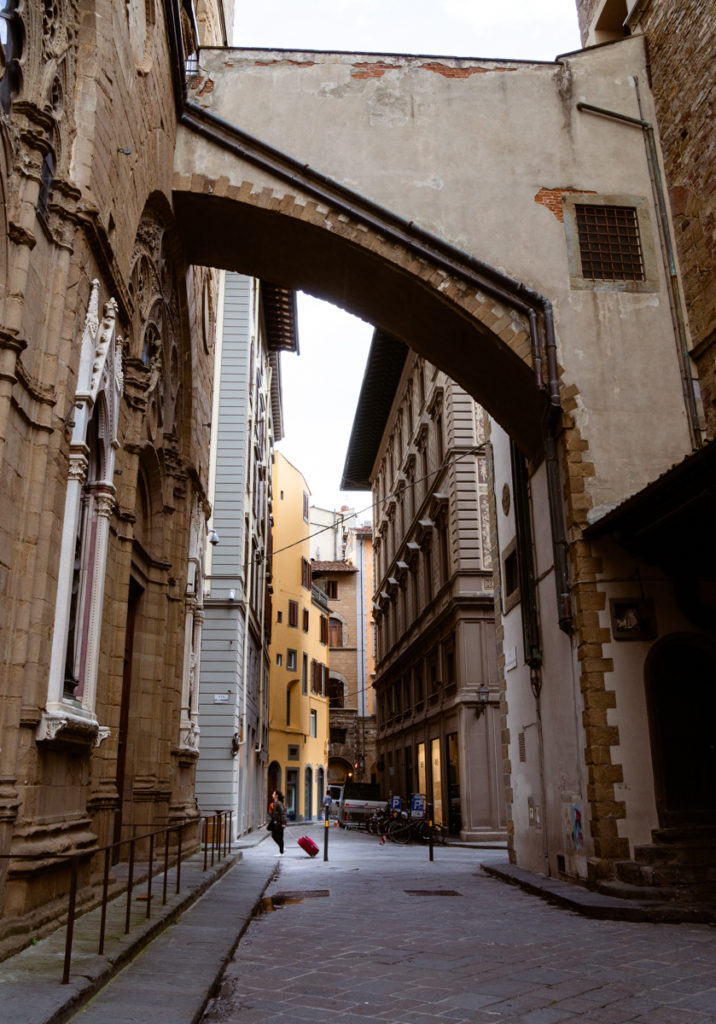
Florence streets 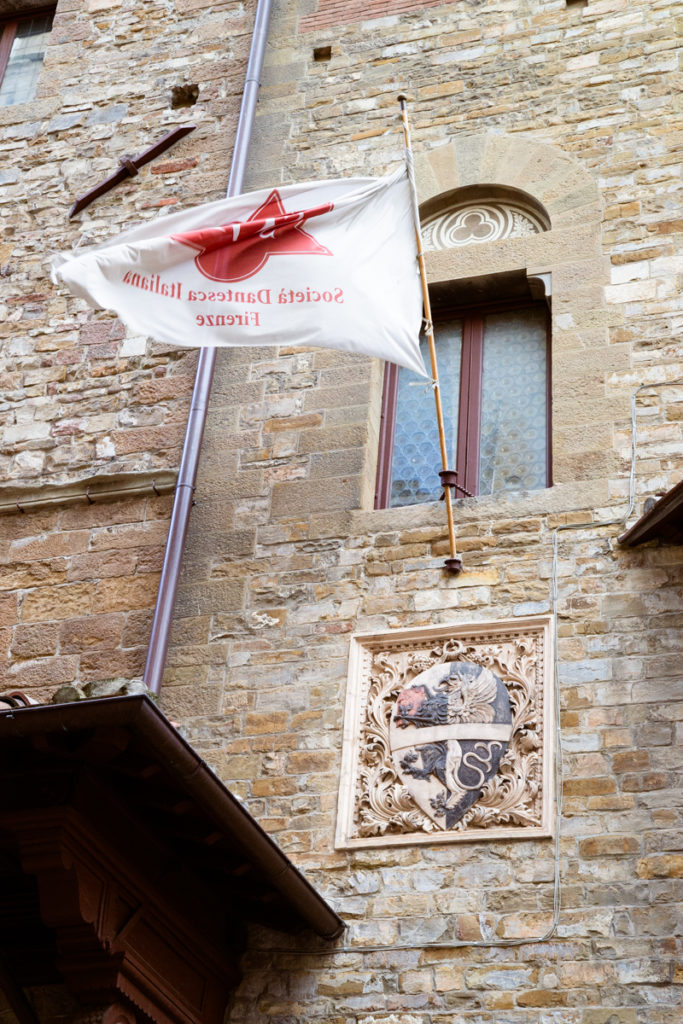
The Società Dantesca Italiana is a non-profit Italian scientific society whose purpose is to promote events and initiatives aimed at keeping alive the memory of Dante Alighieri and in particular of curating or encouraging the publication of works on the life and works of the great poet. (Thanks, Wikipedia + Google Translate) 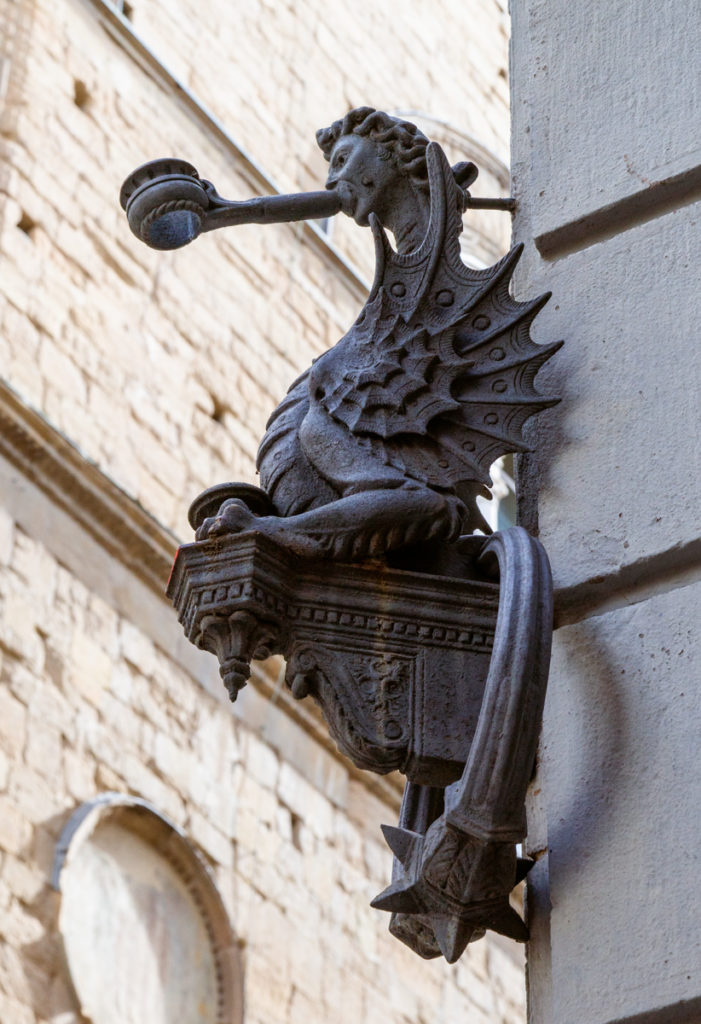
A fantastical torch holder? on the streets of Florence. 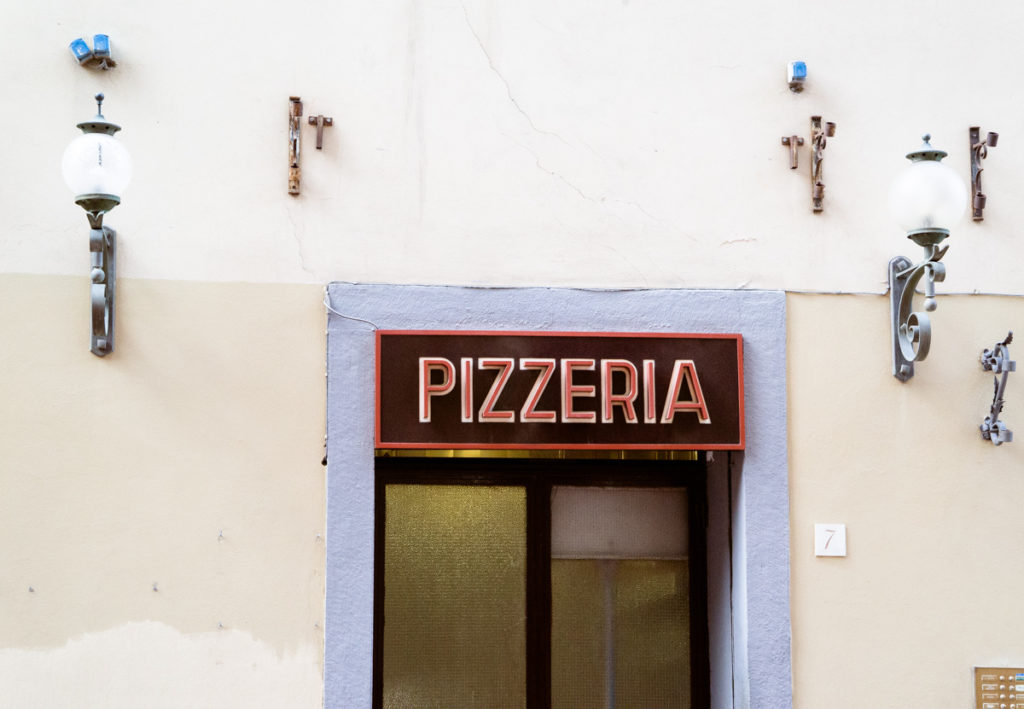
There were, indeed, many many pizzerias. Usually not spectacular, since they cater to tourists, but dependable and easy to figure out. 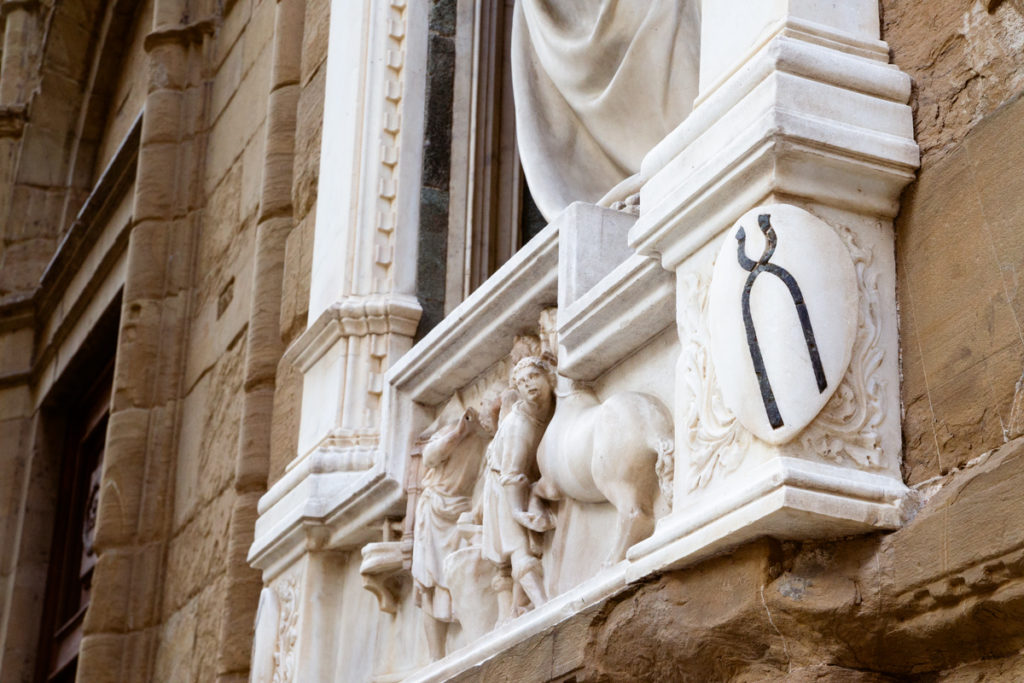
Orsanmichele is a church in the Italian city of Florence. The building was constructed on the site of the kitchen garden of the monastery of San Michele, which no longer exists. Located on the Via Calzaiuoli in Florence, the church was originally built as a grain market in 1337 by Francesco Talenti, Neri di Fioravante, and Benci di Cione. Between 1380 and 1404, it was converted into a church used as the chapel of Florence’s powerful craft and trade guilds. On the ground floor of the square building are the 13th-century arches that originally formed the loggia of the grain market. The second floor was devoted to offices, while the third housed one of the city’s municipal grain storehouses, maintained to withstand famine or siege. Late in the 14th century, the guilds were charged by the city to commission statues of their patron saints to embellish the facades of the church.[1] The sculptures seen today are copies, the originals having been removed to museums (see below).(Thanks, Wikipedia) I love the idea of this incredibly gorgeous church arising from a grain market, which arose from an herb garden. Just walking past this place every day was such a treat. The Duomo is probably more ornate overall, but Orsanmichele is about delicacy, not sheer scale. We also had fun trying to figure out which guilds commissioned which statues. 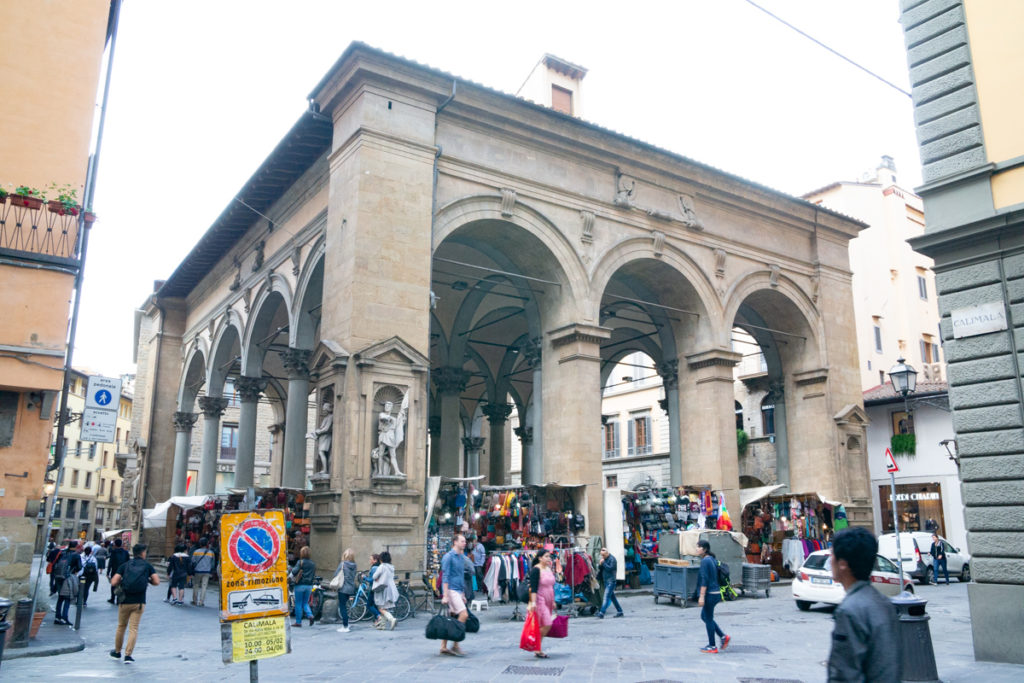
The Loggia del Mercato Nuovo, or the New Market. Built in the 1600s and called the New Market to distinguish it from the Old Market. Now a center of tourist tchotkes and leather purses. I found some beautiful, if cheaply made, scarves and shawls here. 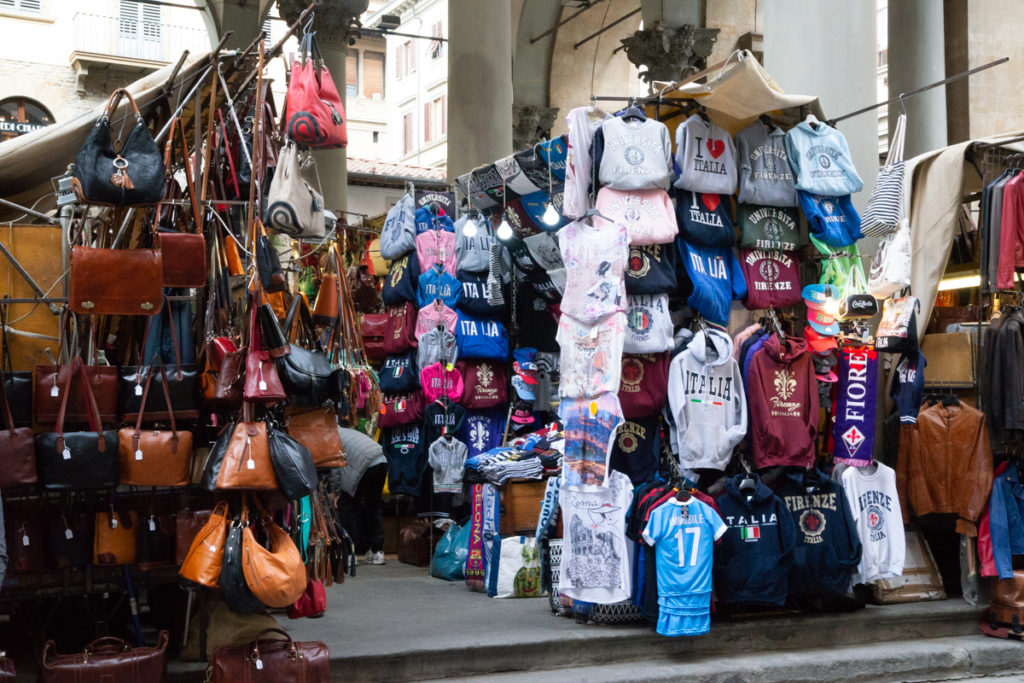
The Loggia del Mercato Nuovo, or the New Market. Built in the 1600s and called the New Market to distinguish it from the Old Market. Now a center of tourist tchotkes and leather purses. I found some beautiful, if cheaply made, scarves and shawls here. 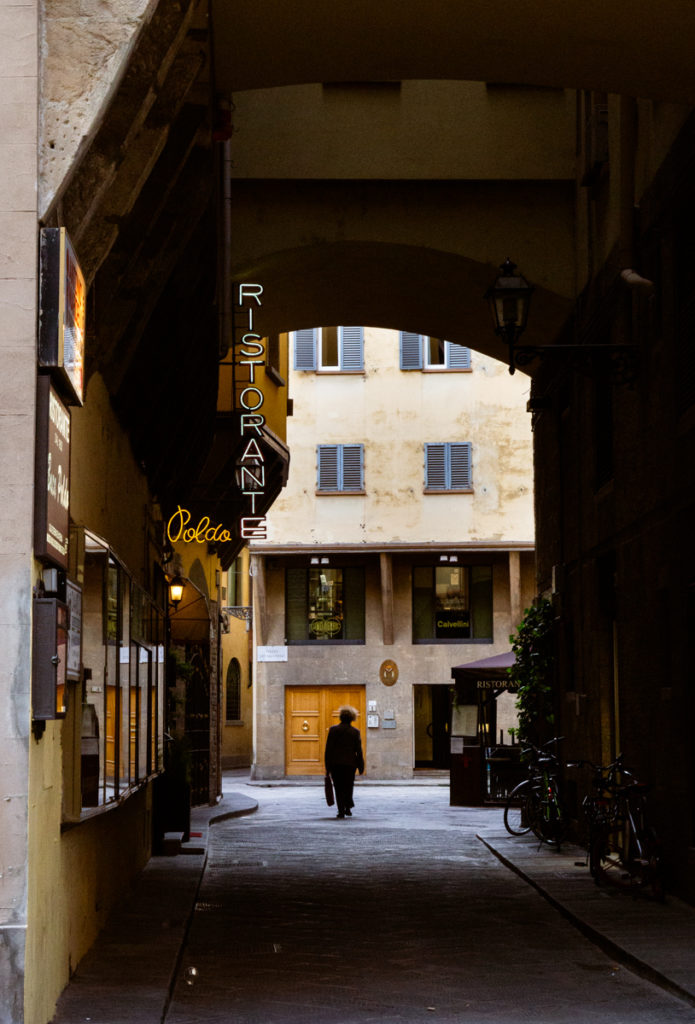
The streets of Florence. 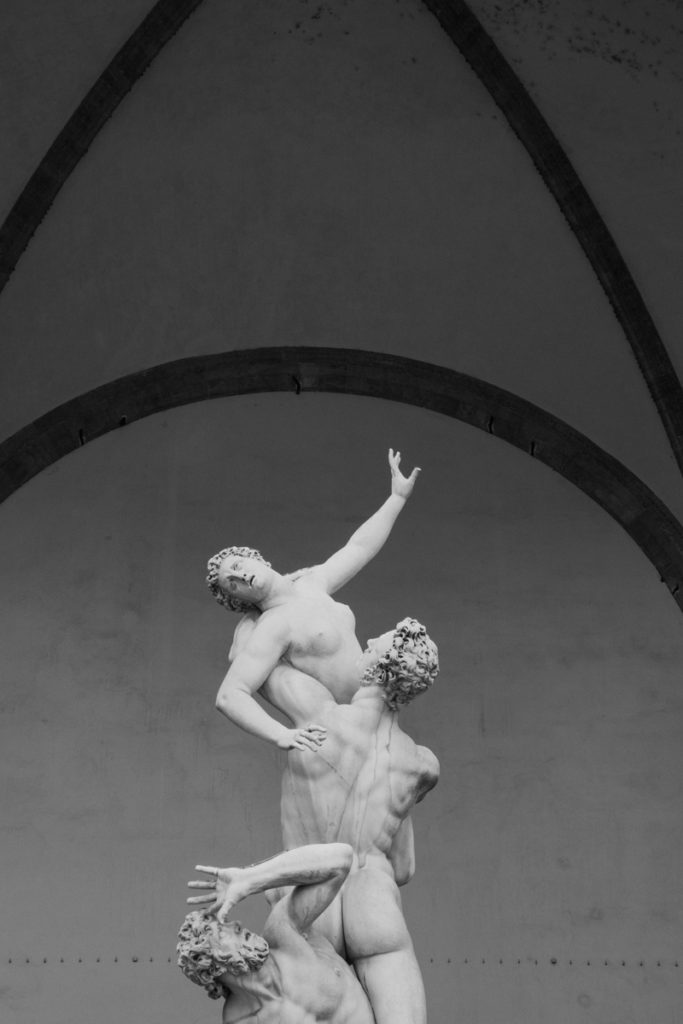
Ratto della Sabine, 1581-1583, Giambologna. Uffizi Gallery. Here I note that Florence has an extraordinarily high number of extraordinarily nice stone butts. 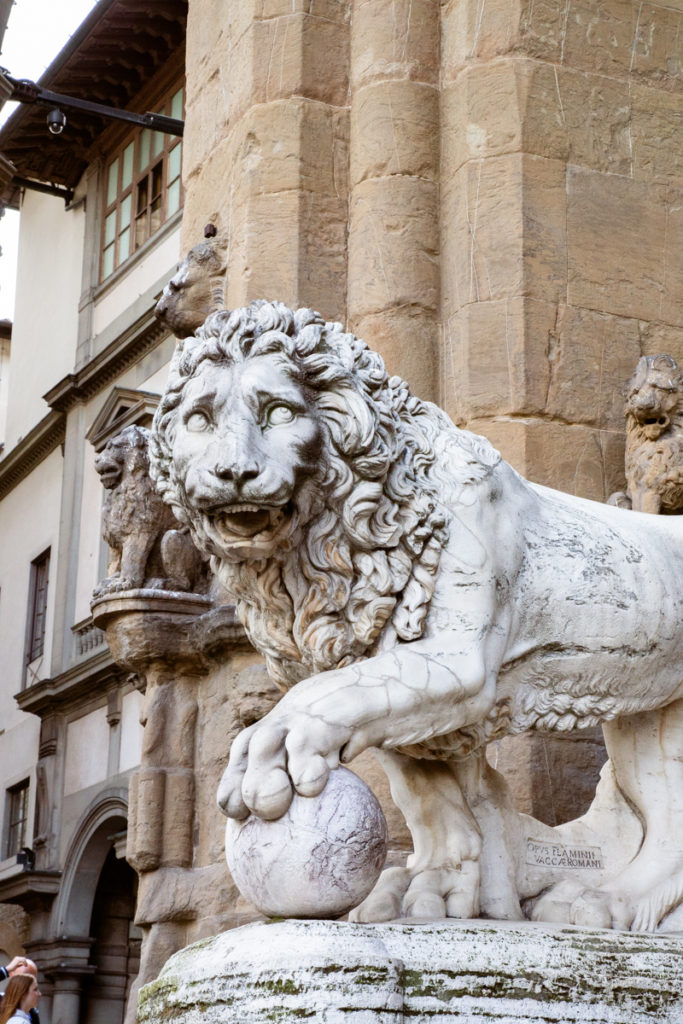
Leone, 1594-1598, Flaminio Vacca. This lion outside the Uffizi Gallery looked so chagrined I kept wanting to give him a hug. 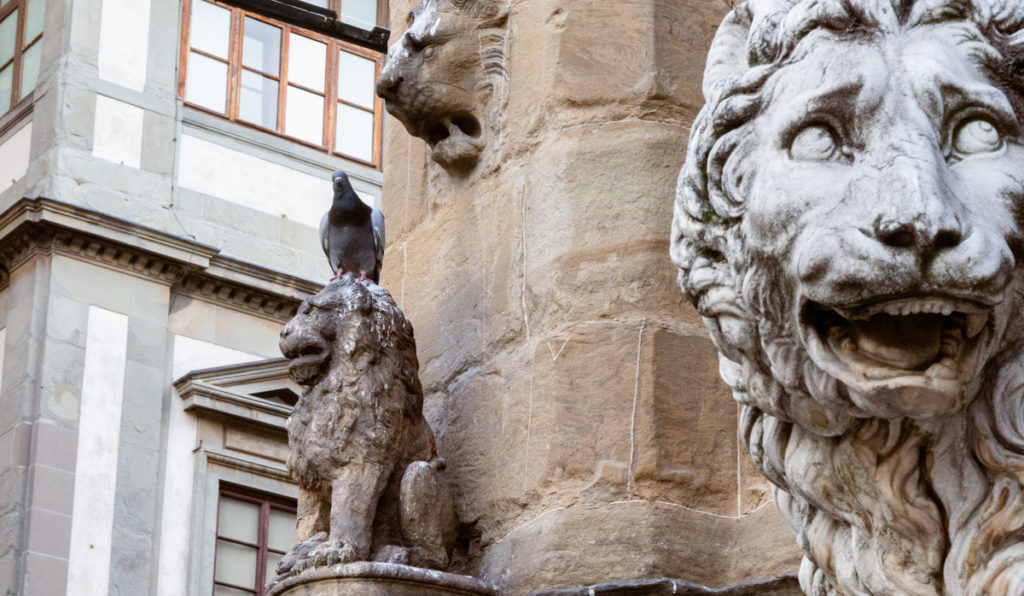
Leone, 1594-1598, Flaminio Vacca. This lion outside the Uffizi Gallery looked so chagrined I kept wanting to give him a hug. 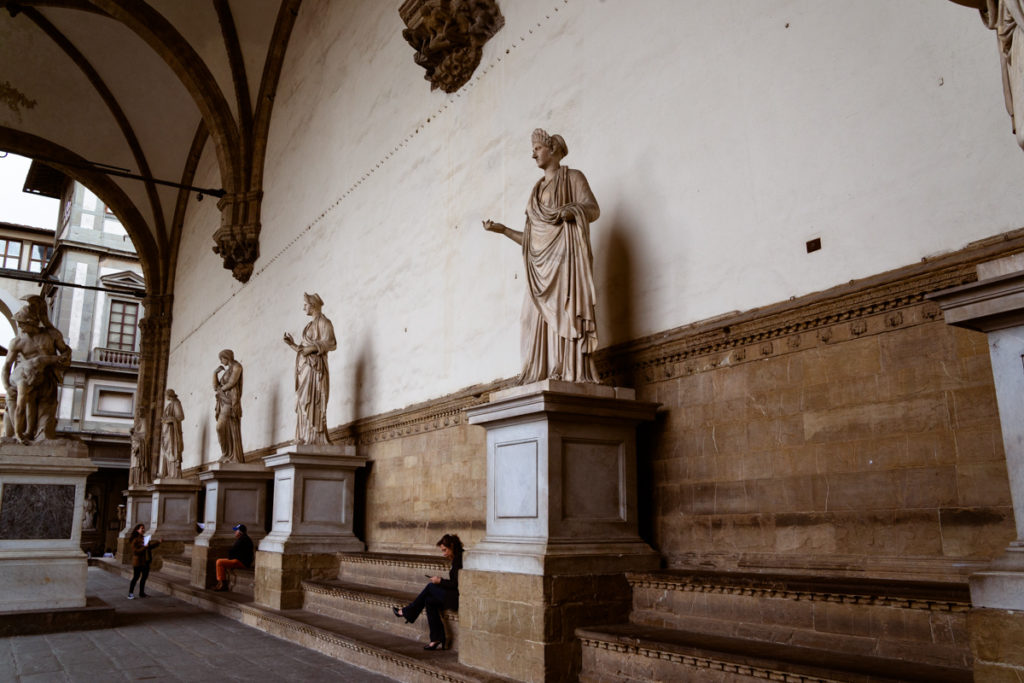
Various noble Roman women outside the Uffizi, allowed to do nothing but look moderately decorative. 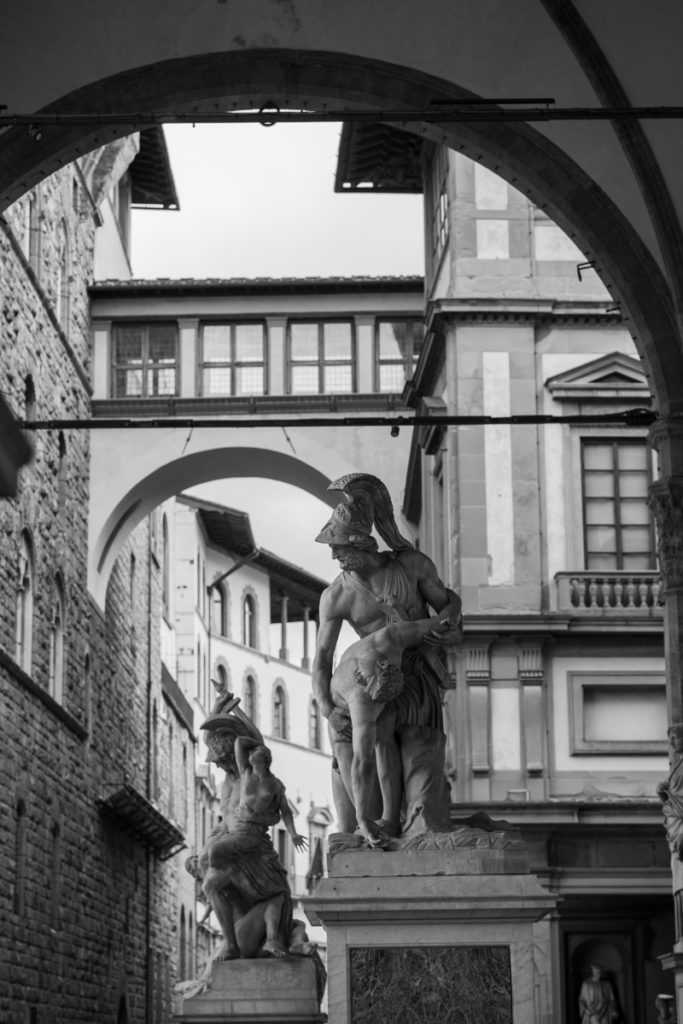
The Pasquino Group (also known as Ajax Carrying the Body of Achilles or Menelaus Carrying the Body of Patroclus) is group of marble sculptures that copy a Hellenistic bronze original. (Thanks, Wikipedia) This statue has been the focus of a couple thousand years (literally) of shenanigans, and is well worth looking up if you want to spend 20 minutes reading about terrible artistic decisions. 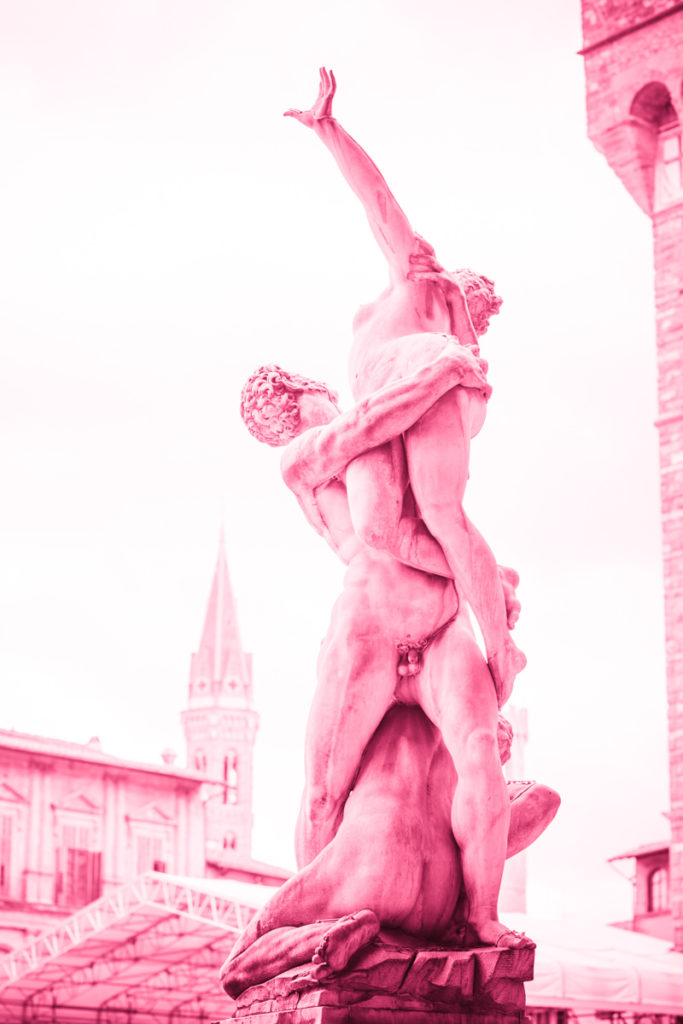
Ratto della Sabine, 1581-1583, Giambologna. Uffizi Gallery. Here I note that Florence has an extraordinarily high number of extraordinarily nice stone butts. 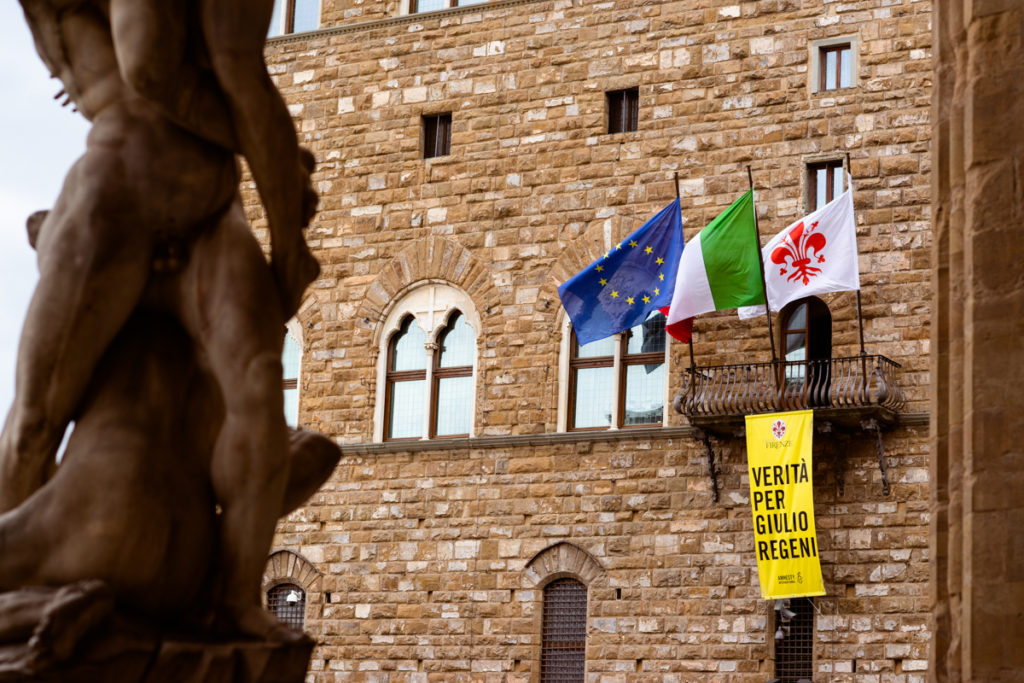
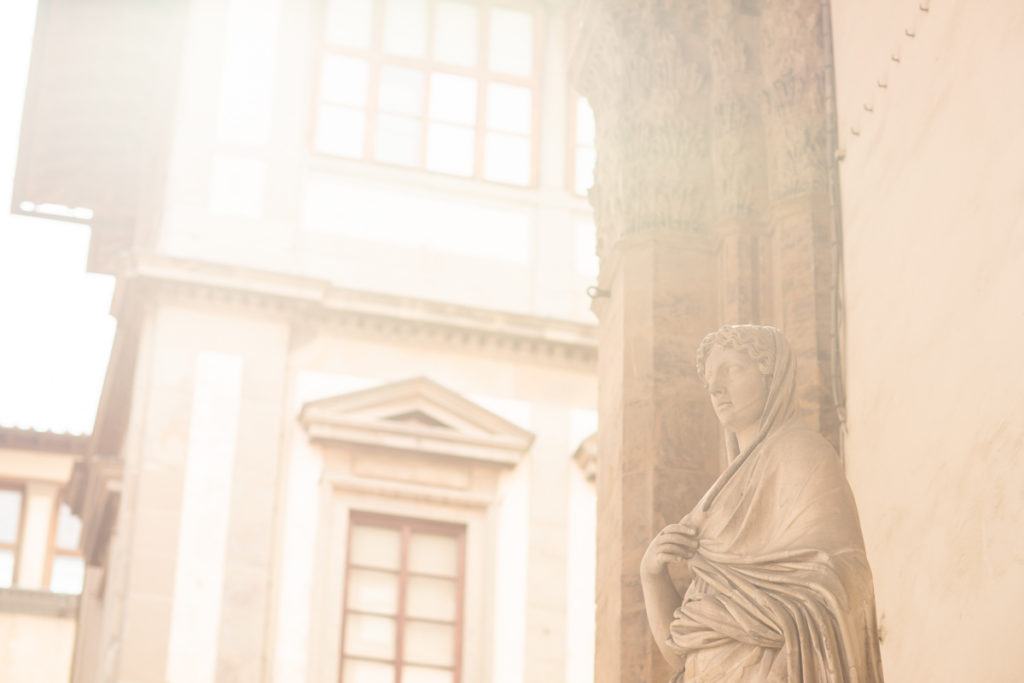
Outside the Uffizi Gallery. 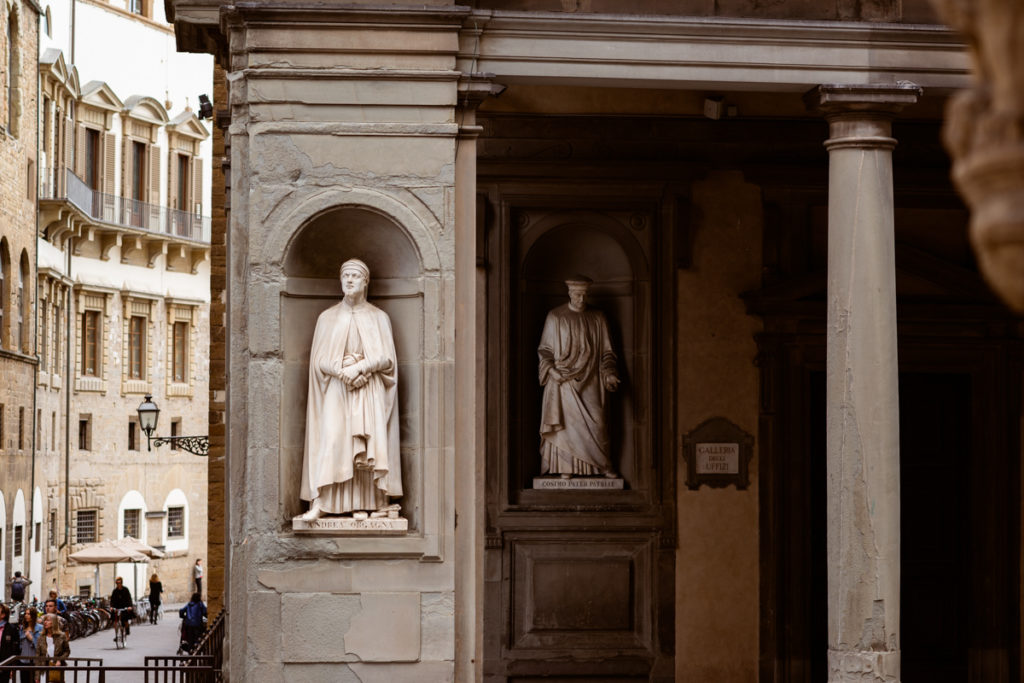
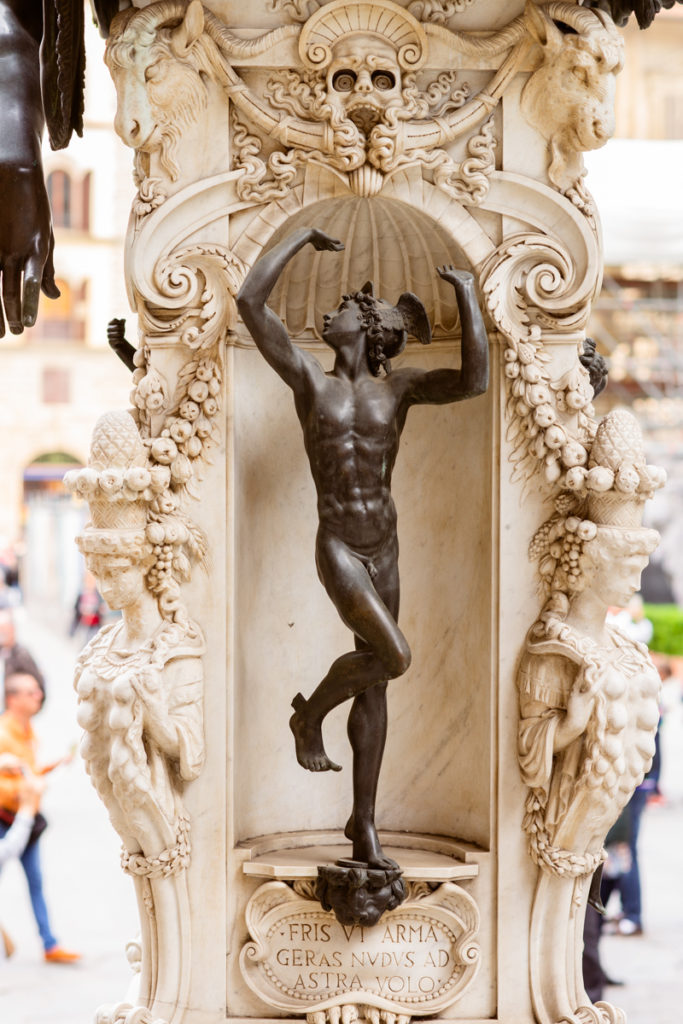
This charming little statue is part of the base of Cellini’s larger statue of Perseus, but it was one of my favorites from the collection outside the Uffizi. I’m a sucker for small intricate things. 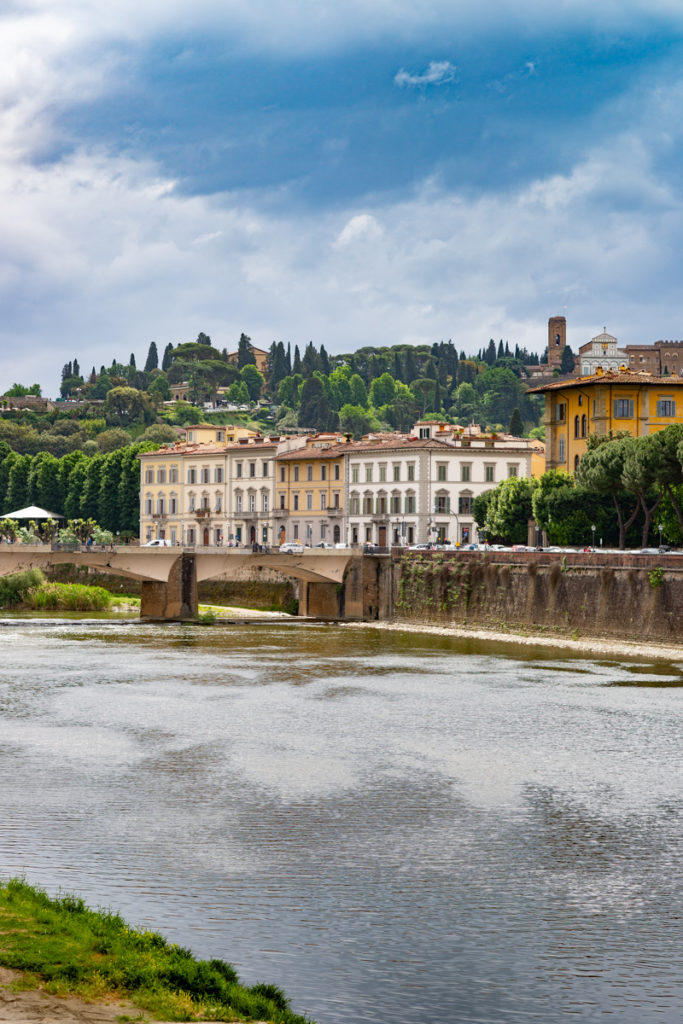
The Arno River and buildings of Florence on a sun-cloud-sun-storm day in May. 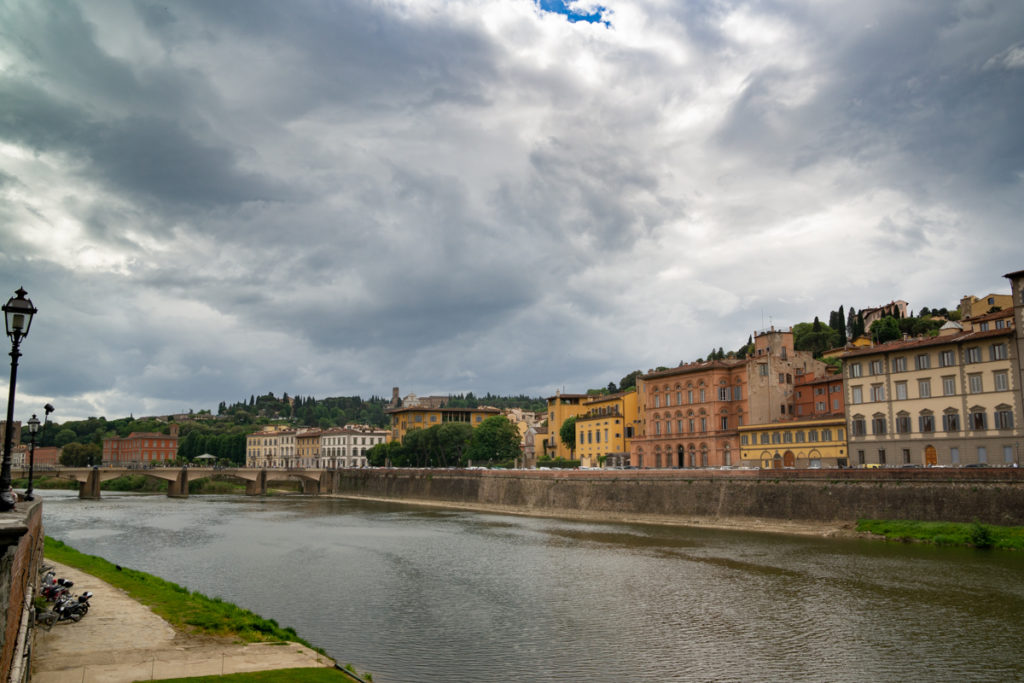
The Arno River and buildings of Florence on a sun-cloud-sun-storm day in May. 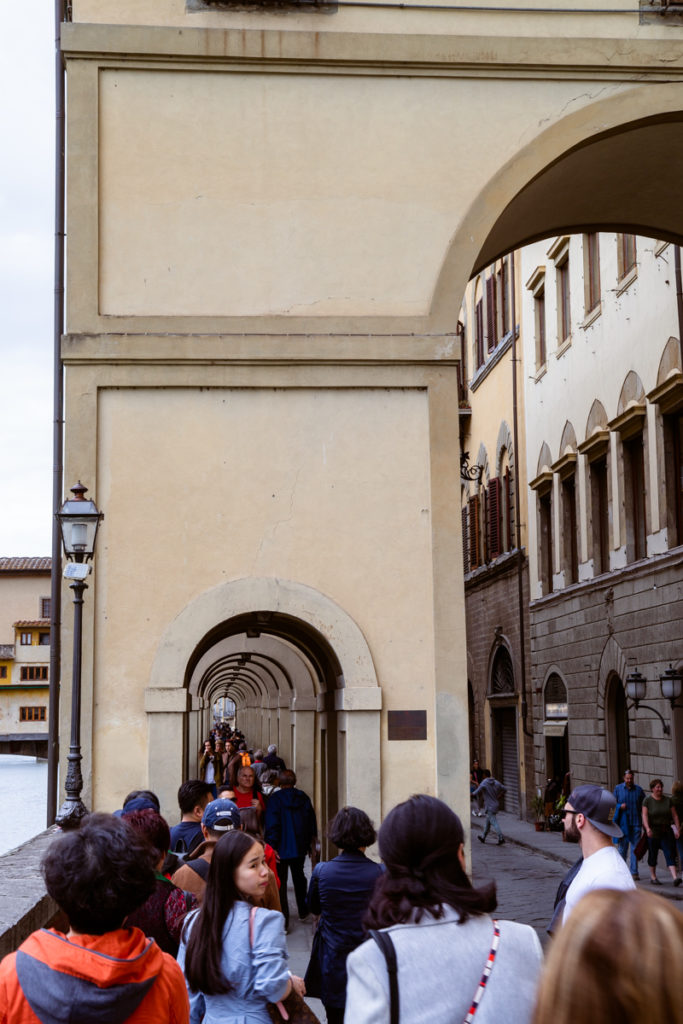
Part of the Vasari Corridor, which is a fascinating bit of Florentine history. The mostly-enclosed corridor allowed Medici nobles to walk from their palace across the river, across the Ponte Vecchio bridge, and into the city government offices without having to smell commoners. (Or get an arrow in the back.) Wikipedia says: Beginning on the south side of the Palazzo Vecchio, it then joins the Uffizi Gallery and leaves on its south side, crossing the Lungarno dei Archibusieri and then following the north bank of the River Arno until it crosses the river at Ponte Vecchio. At the time of construction, the corridor had to be built around the Torre dei Mannelli, using brackets, because the owners of the tower refused to alter it. The corridor covers up part of the façade of the Church of Santa Felicita. The corridor then snakes its way over rows of houses in the Oltrarno district, becoming narrower, to finally join the Palazzo Pitti. Most of it is closed to visitors. In the middle of Ponte Vecchio, the corridor is characterized by a series of panoramic windows facing the Arno, in the direction of the Ponte Santa Trinita. These replaced the smaller windows of the original construction in 1939, by order of Benito Mussolini. The larger windows were installed for an official visit to Florence by Adolf Hitler to give him a panoramic view of the river. After the Ponte Vecchio the Corridor passes over the loggiato of the church of Santa Felicita; at that point it had a balcony, protected by a thick railing, looking into the interior of the church, in order to allow the Grand Duke’s family to follow services without mixing with the populace. 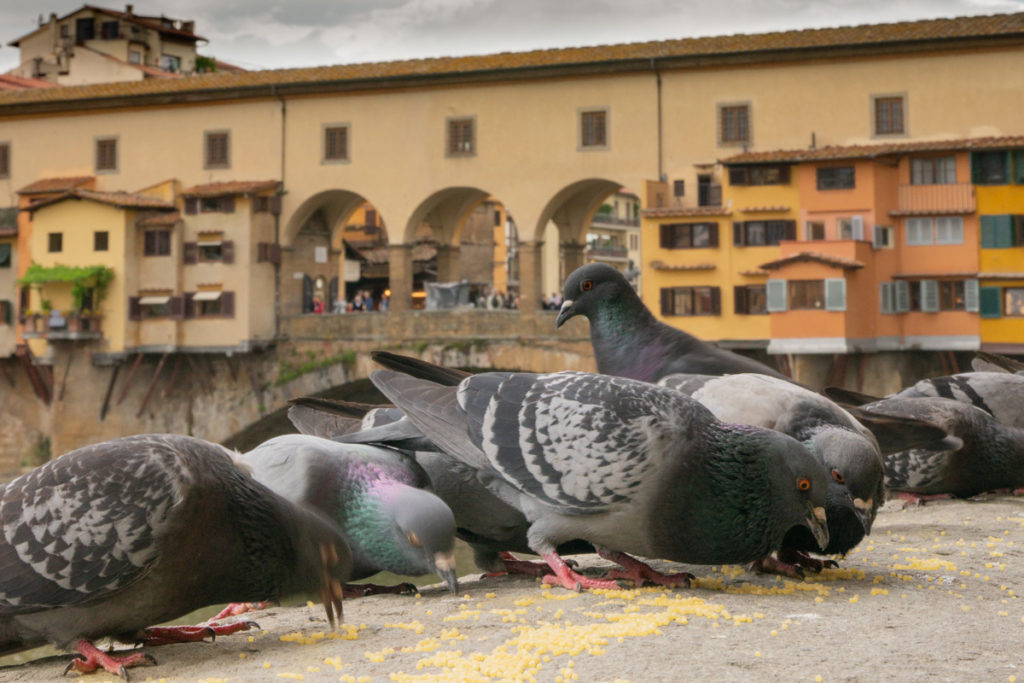
Pigeons pecking at food pellets (one hopes) on the stone railing of the Vasari Corridor along the Arno River, overlooking the Ponte Vecchio. 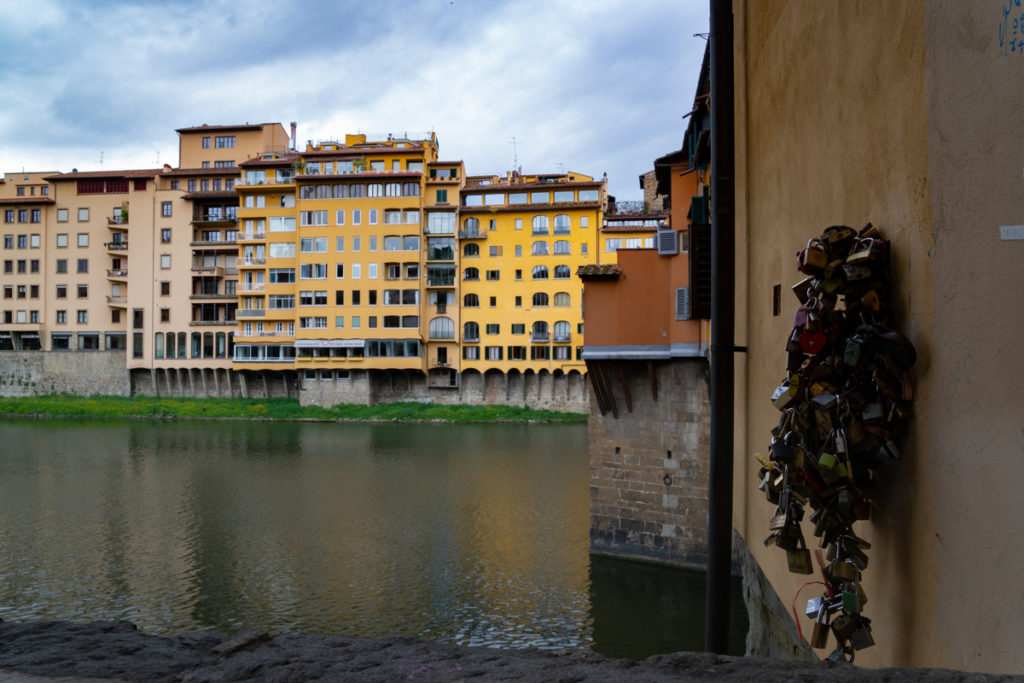
The love lock phenomenon has reached Florence. As a photographer I can’t complain, but the city’s not thrilled about the damage it does to the bridge structure; they’ve instituted a fine for anyone caught in the act. 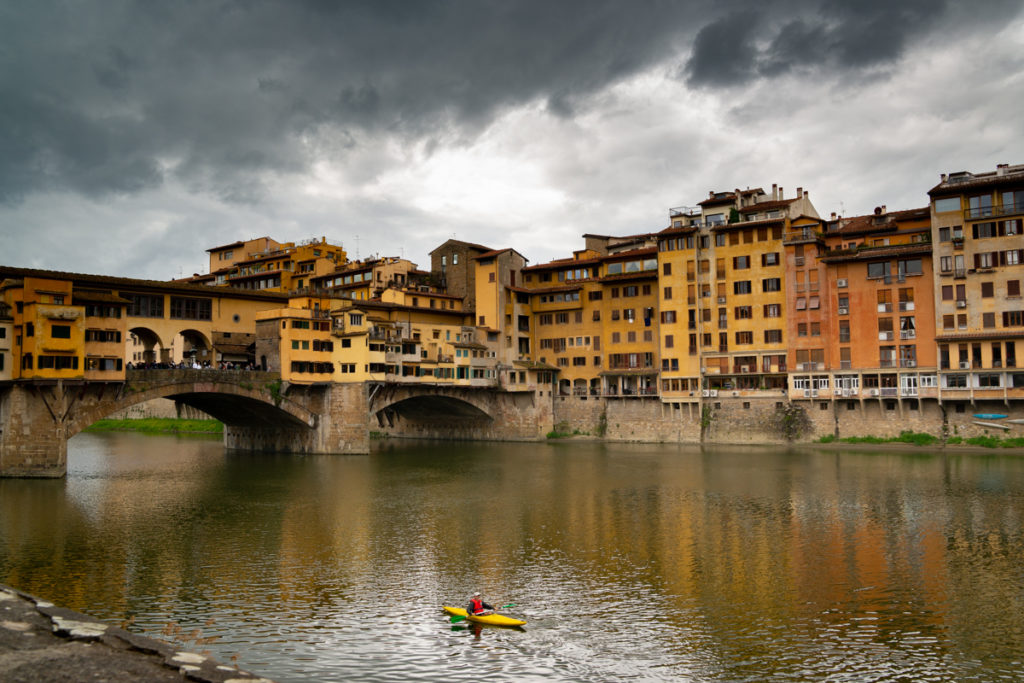
Just taking a paddle through historic Florence and under the Ponte Vecchio, like you do. 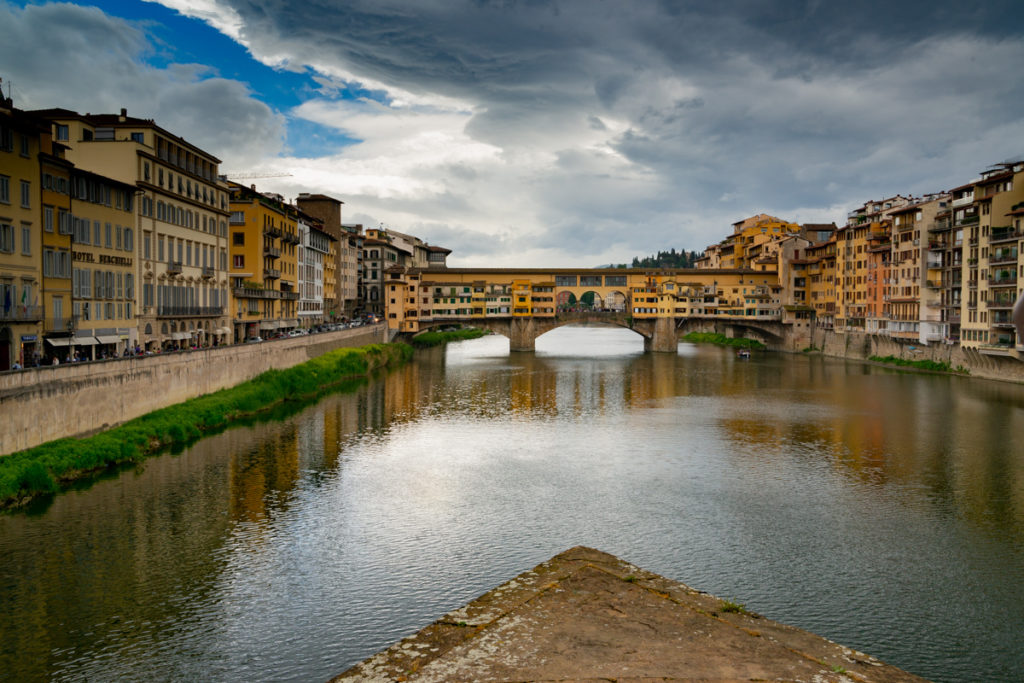
The Ponte Vecchio (“Old Bridge”) is a medieval stone closed-spandrel segmental arch bridge over the Arno River, in Florence, Italy, noted for still having shops built along it, as was once common. Butchers initially occupied the shops; the present tenants are jewelers, art dealers and souvenir sellers. (Thanks, Wikipedia) As it was explained to us in Florence, the Medici nobles got tired of having to walk through a smelly old meat market and told the city to put something else on the bridge. Jewelry was deemed inoffensive, and there you have it. This is one of the most famous sights in Florence, and innumerable postcards and artworks and tchotckes feature it. It was mentioned in Puccini’s aria “O mio babbino caro.” It was also the only bridge over the Arno not destroyed in WWII; my understanding is that either it was Hitler’s express order or that it was negotiated between governments. More trivia, thanks to Wiki: It has always hosted shops and merchants who displayed their goods on tables before their premises, after authorization of the Bargello (a sort of a lord mayor, a magistrate and a police authority). The back shops (retrobotteghe) that may be seen from upriver, were added in the seventeenth century. It is said that the economic concept of bankruptcy originated here: when a money-changer could not pay his debts, the table on which he sold his wares (the “banco”) was physically broken (“rotto”) by soldiers, and this practice was called “bancorotto” (broken table; possibly it can come from “banca rotta” which means “broken bank”). Not having a table anymore, the merchant was not able to sell anything. 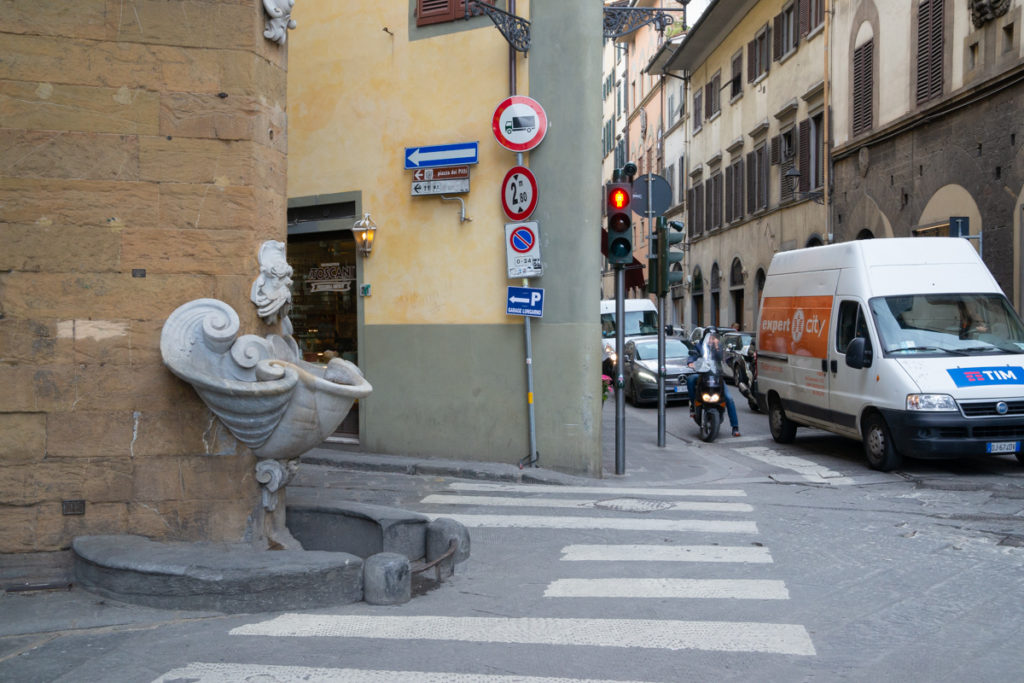
Unlike Rome, Florence doesn’t go in for street fountains. This is the only decorative one we saw. 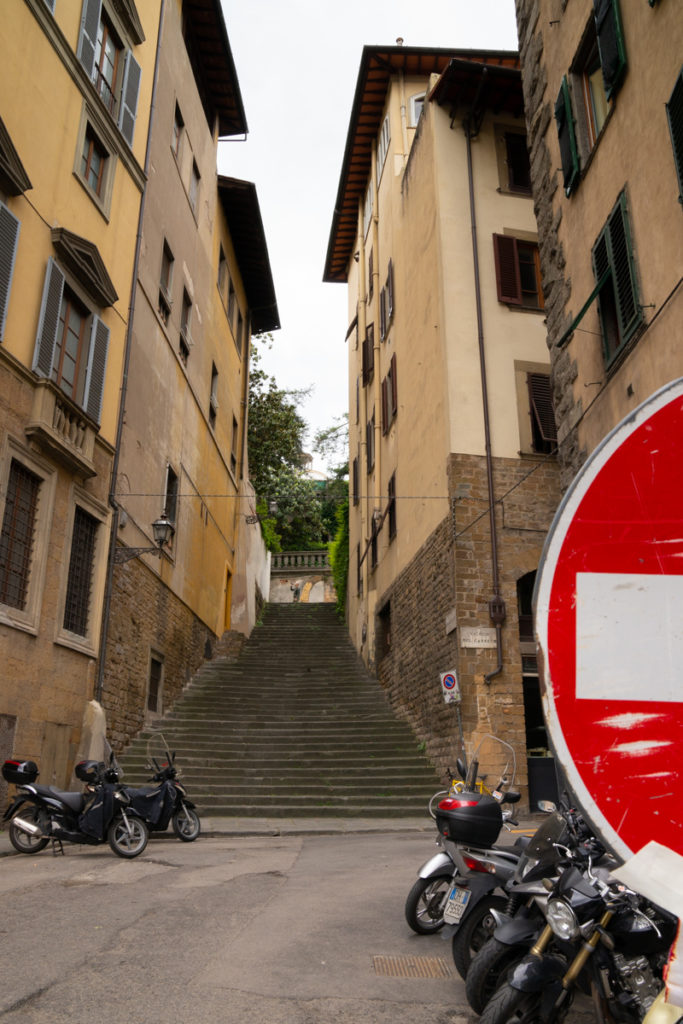
Somewhere near Costa S. Giorgio. 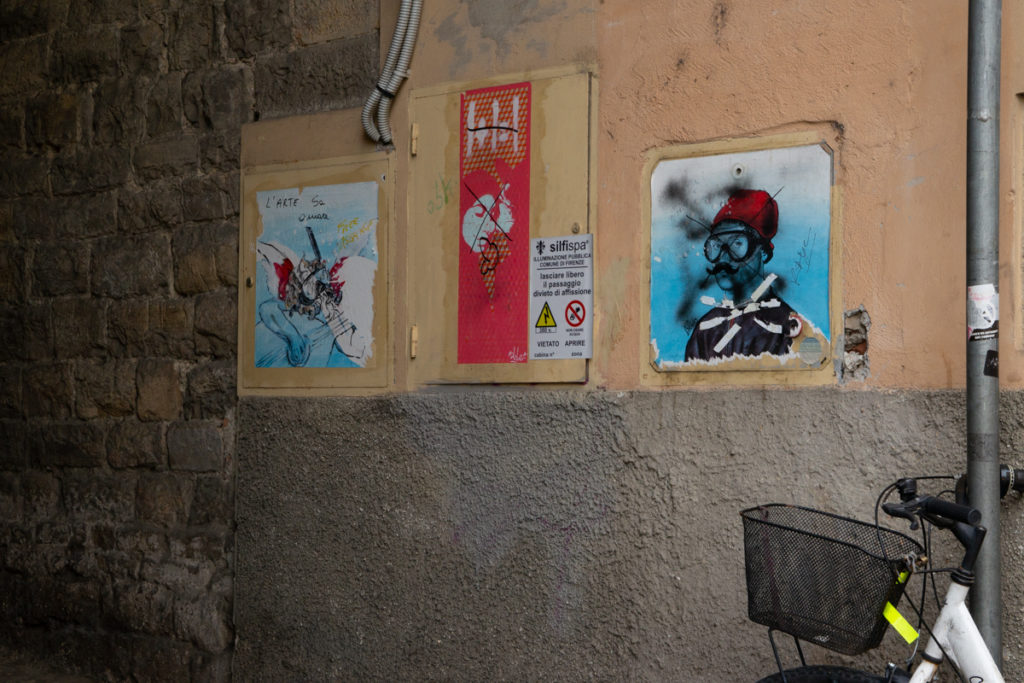
Street art in Florence. 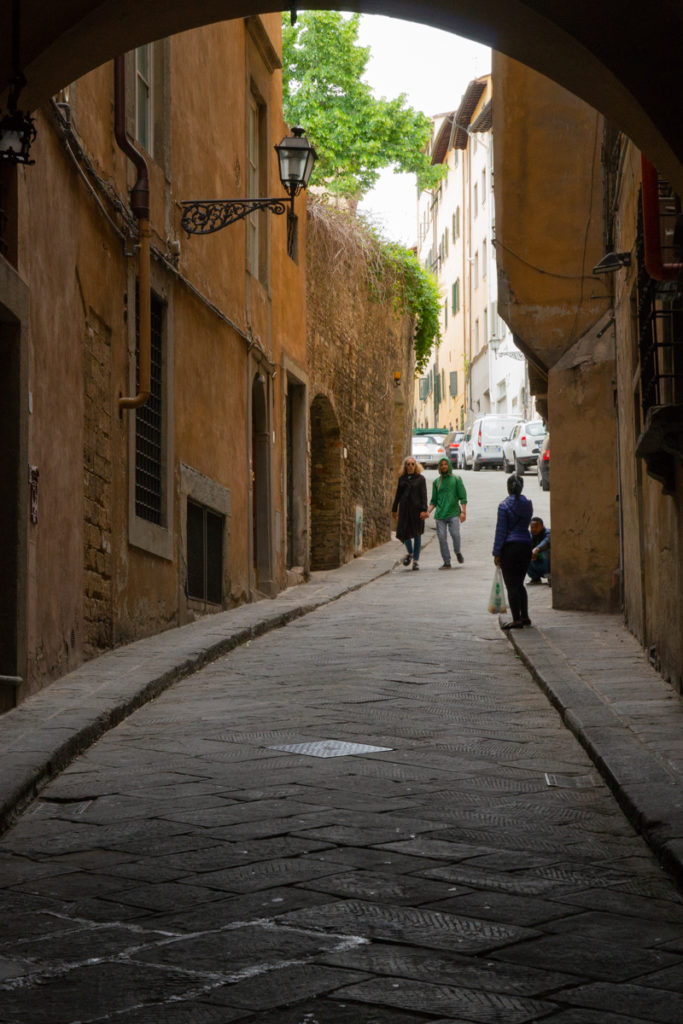
Street scenes on Costa S. Giorgio. 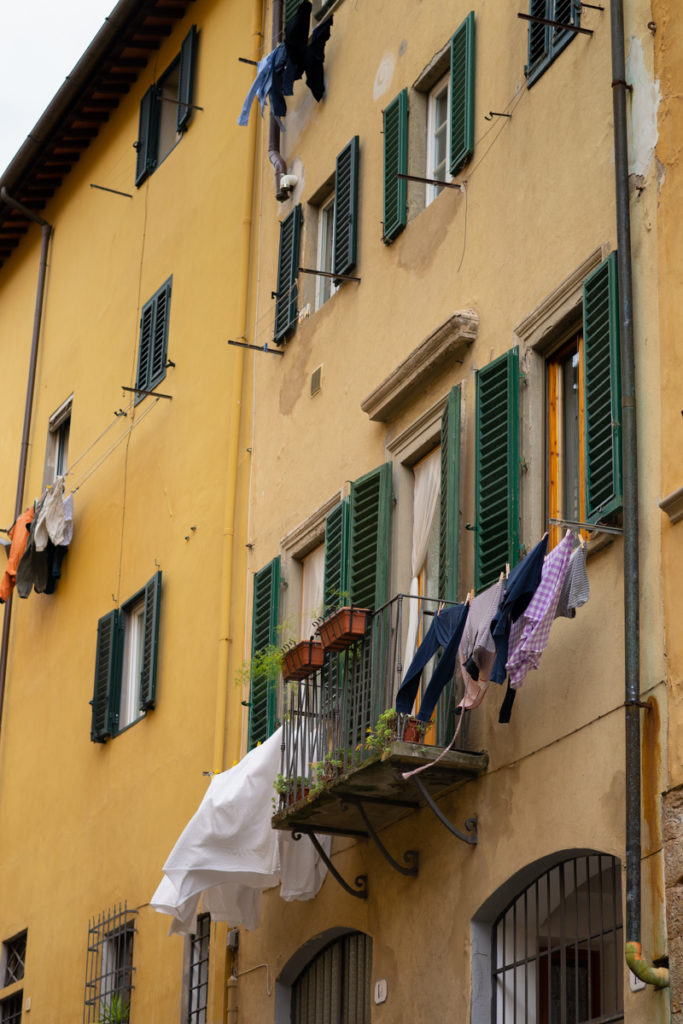
Who can pass up a street scene like this? On Costa S. Giorgio. 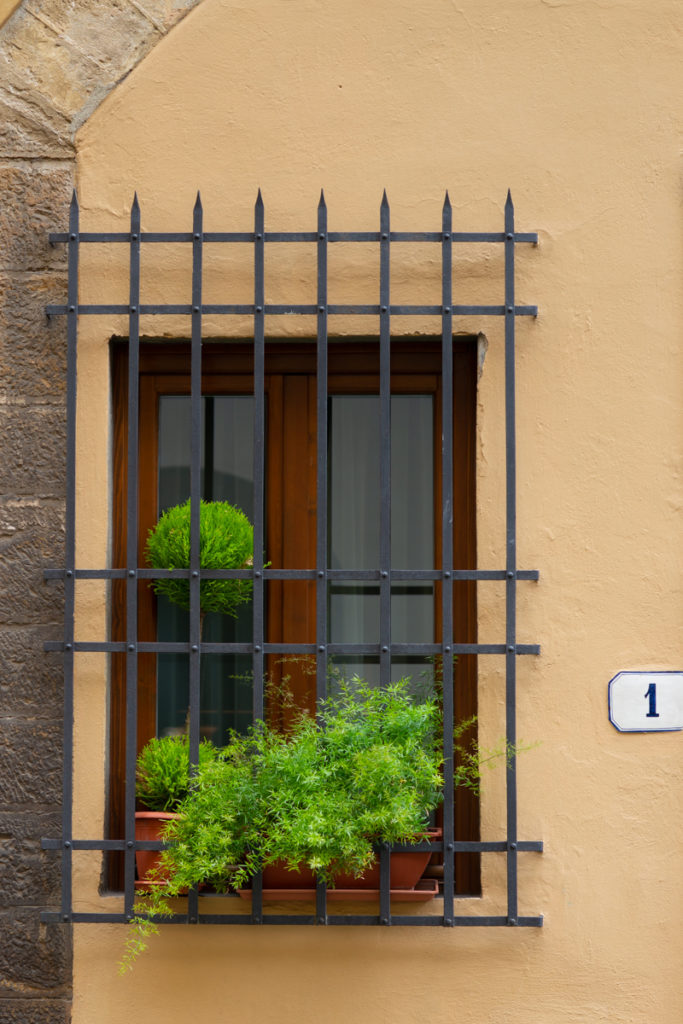
The residents on Costa S. Giorgio really go in for flower boxes. It’s lovely. 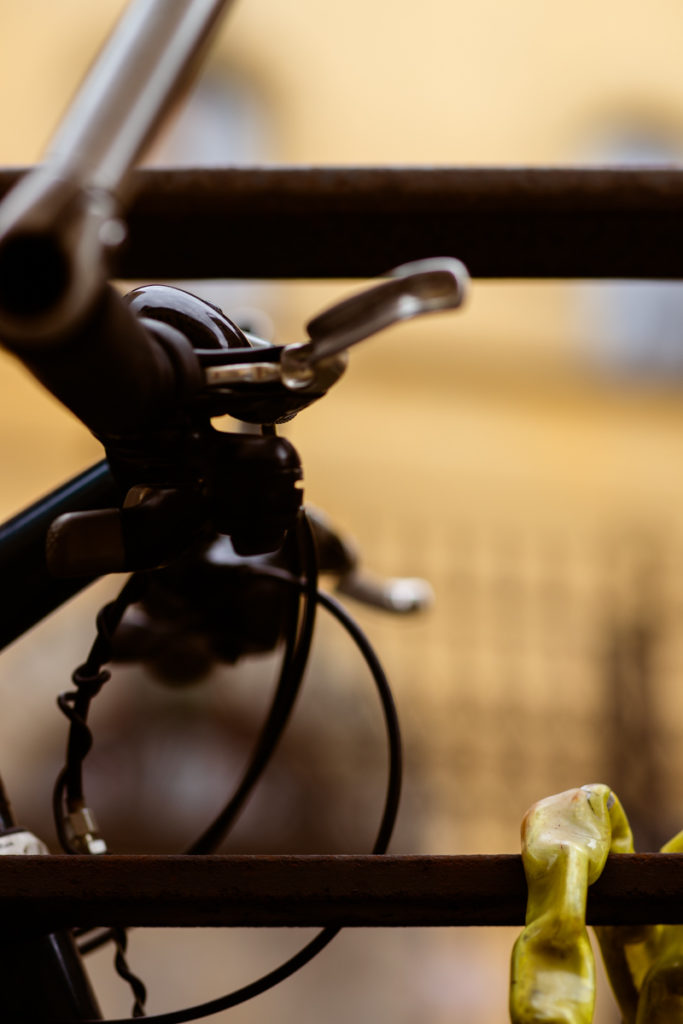
Details on Costa S. Giorgio. 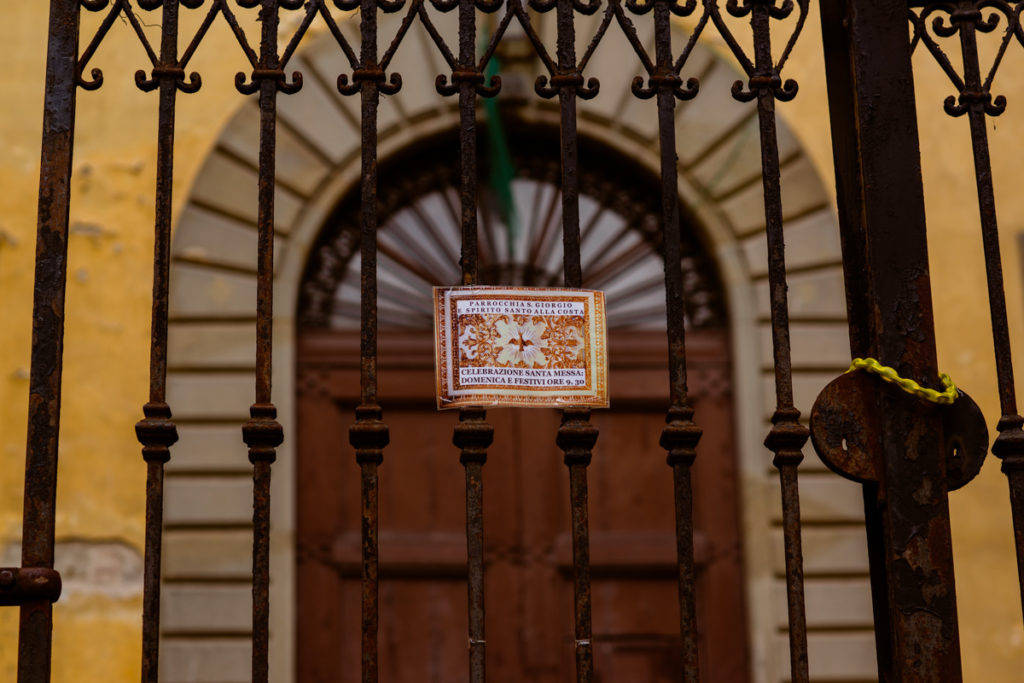
The church of San Giorgio alla Costa. Giotto painted an altarpiece for this small church, which for a few hundred years had an attached convent as well until the upheavals in the early 1800s stemming from the French Revolution. Sadly, structural problems in the roof make the church currently unusable, and the congregation meets elsewhere. (Thanks for the info, Wikipedia) 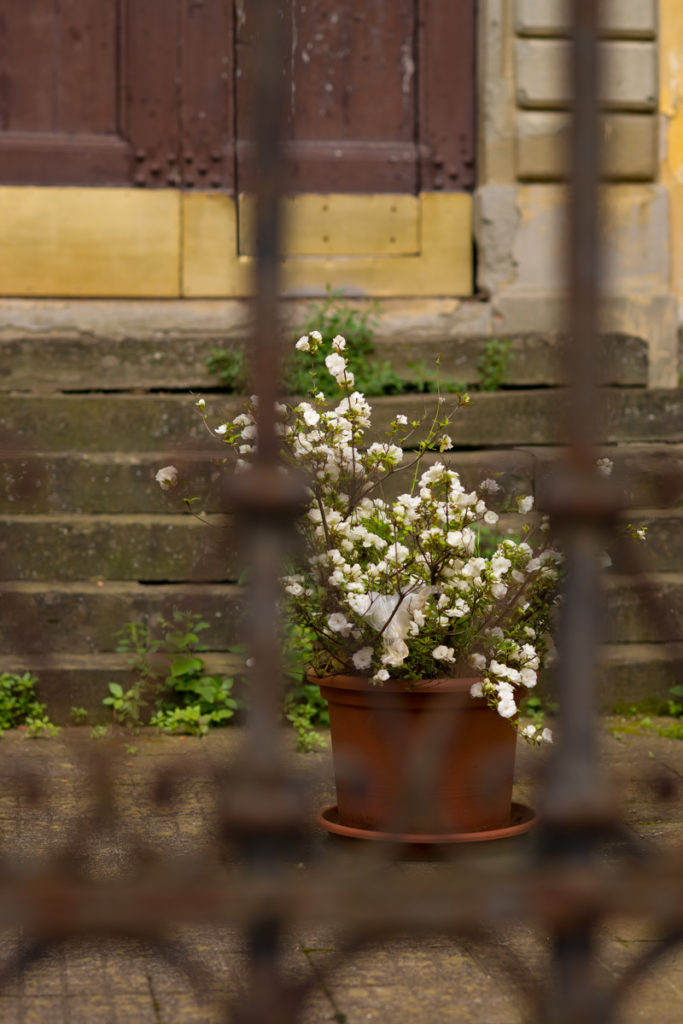
The church of San Giorgio alla Costa. Giotto painted an altarpiece for this small church, which for a few hundred years had an attached convent as well until the upheavals in the early 1800s stemming from the French Revolution. Sadly, structural problems in the roof make the church currently unusable, and the congregation meets elsewhere. (Thanks for the info, Wikipedia) 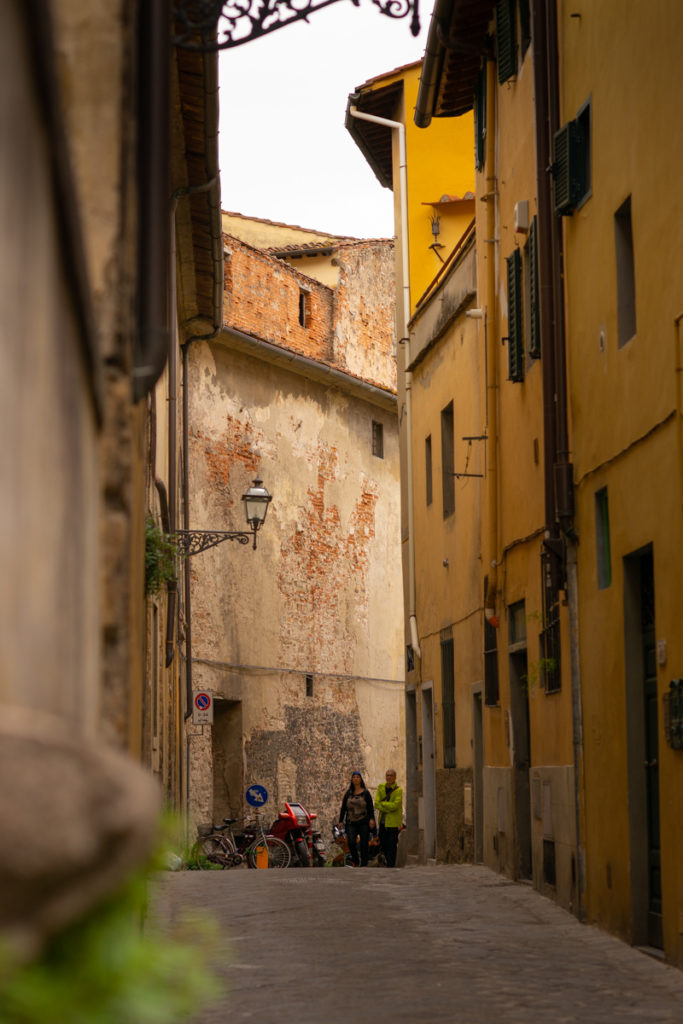
Costa S. Giorgio, a lovely street of yellow houses and much steepness. We took quite a few breaks walking up this thing. 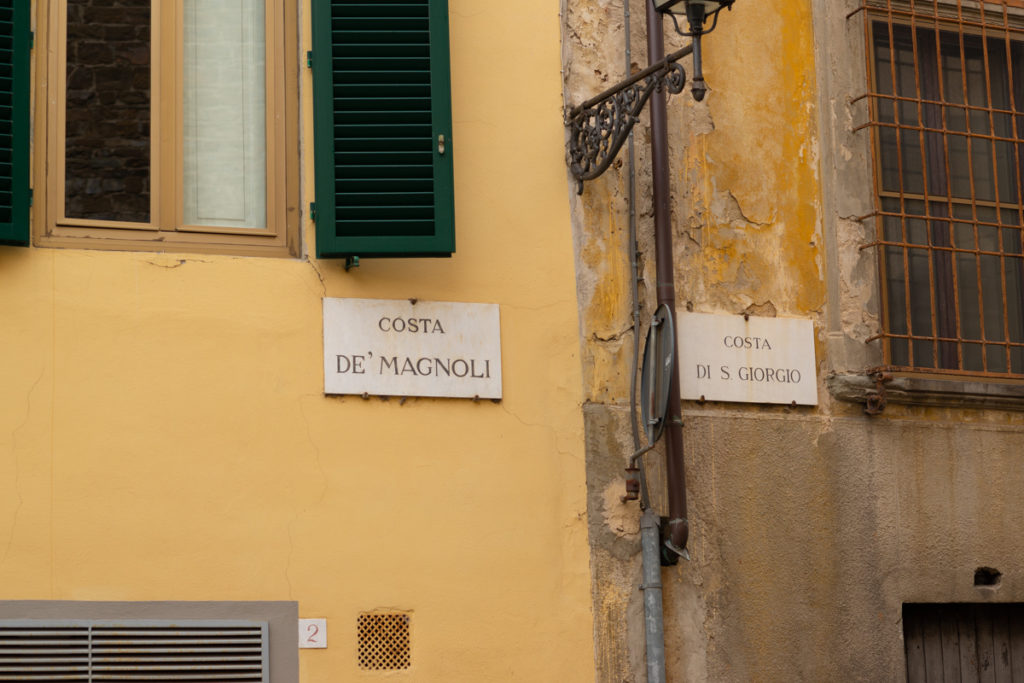
Costa S. Giorgio, a lovely street of yellow houses and much steepness. We took quite a few breaks walking up this thing. 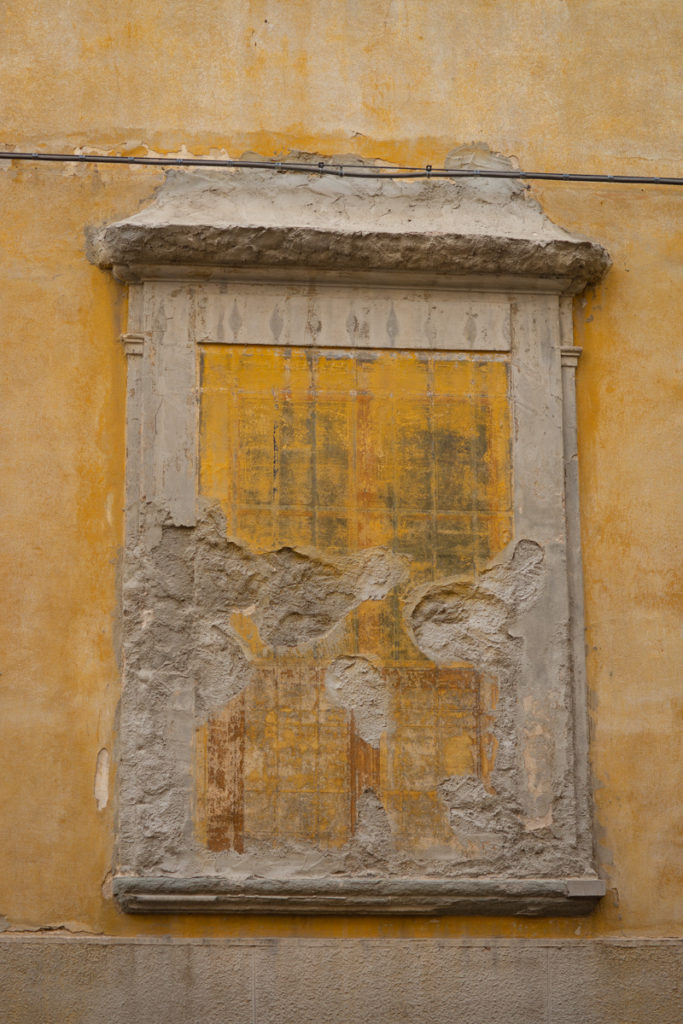
Costa S. Giorgio, a lovely street of yellow houses and much steepness. We took quite a few breaks walking up this thing. 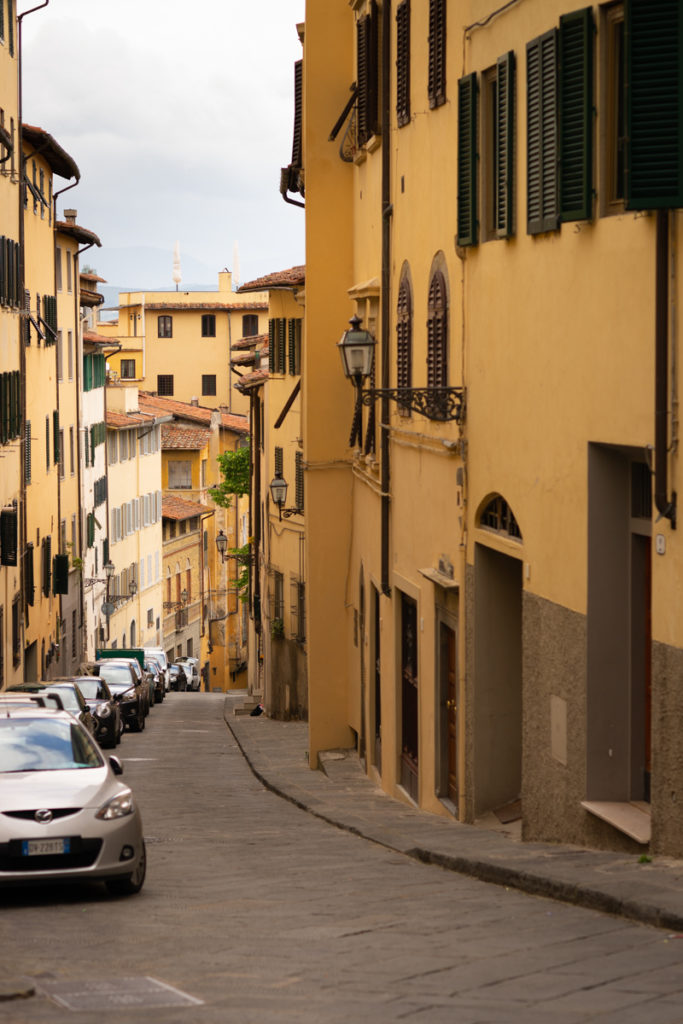
Costa S. Giorgio, a lovely street of yellow houses and much steepness. We took quite a few breaks walking up this thing. 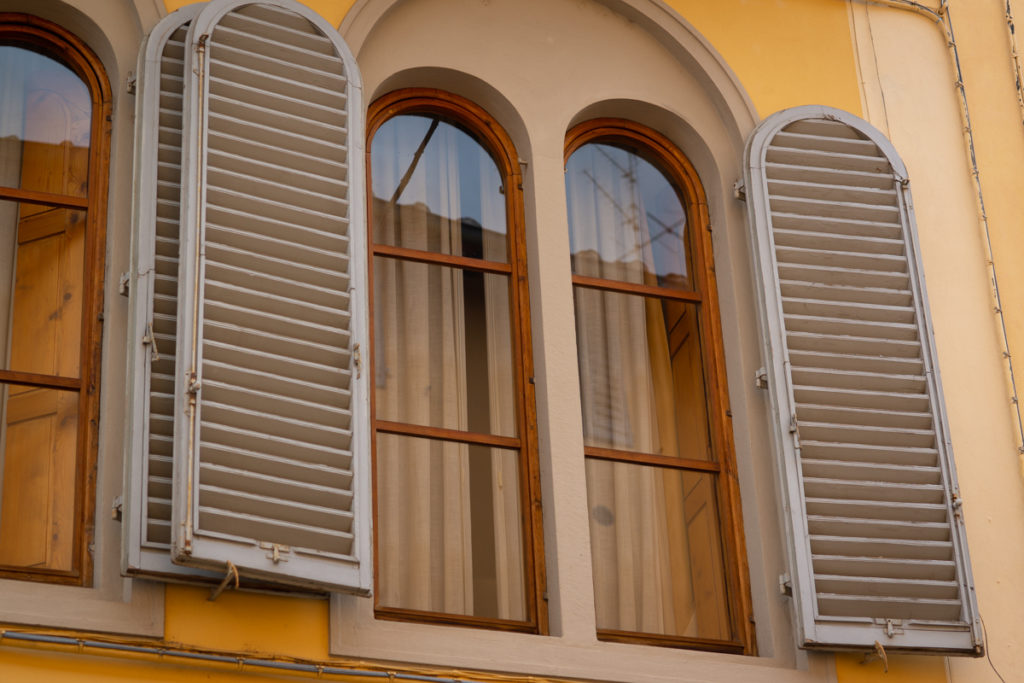
Details on Costa S. Giorgio. 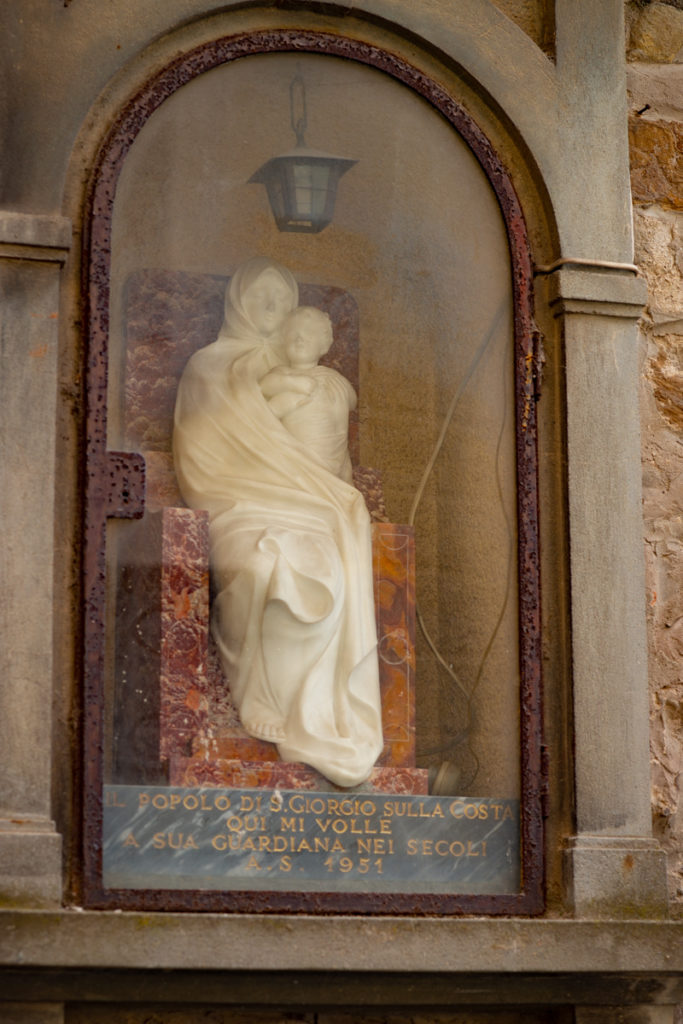
A small shrine in a niche on Costa S. Giorgio. 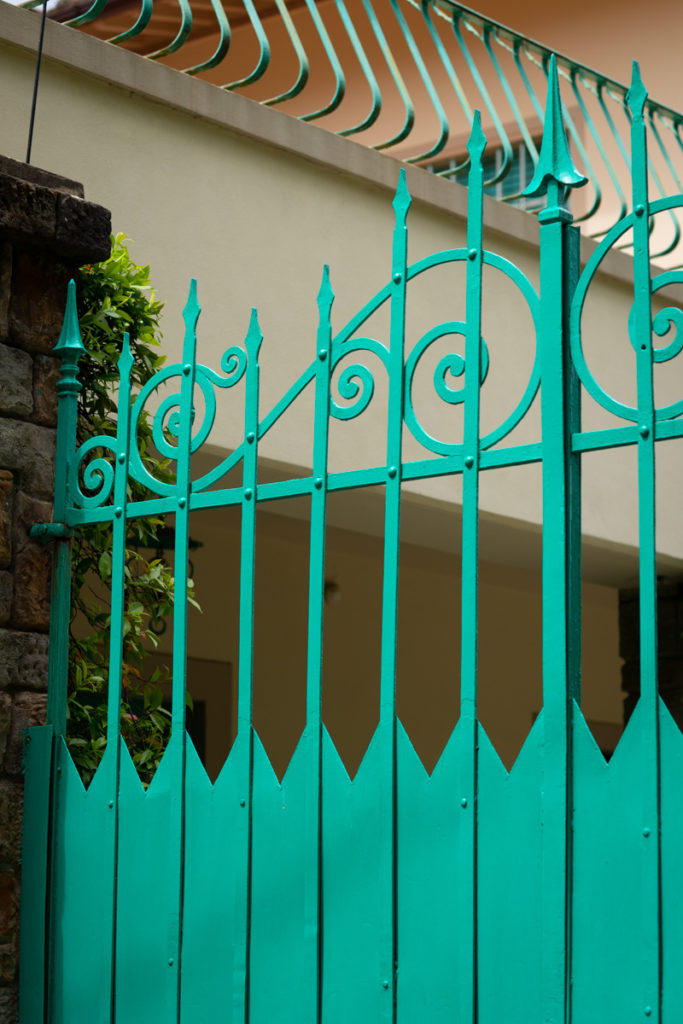
Details on Costa S. Giorgio. 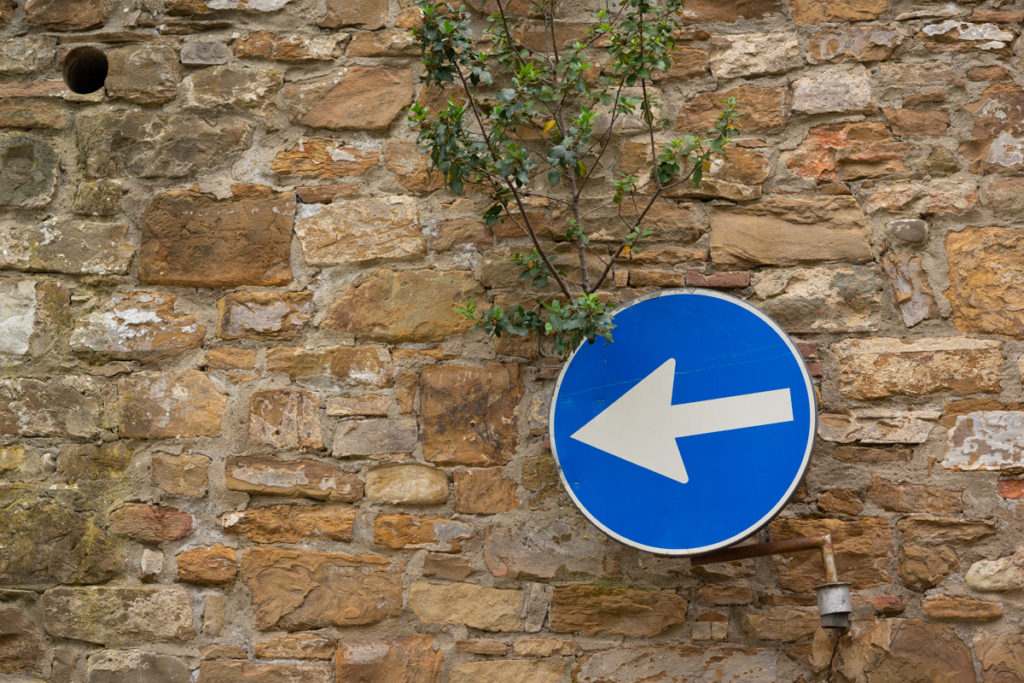
Details on Costa S. Giorgio. 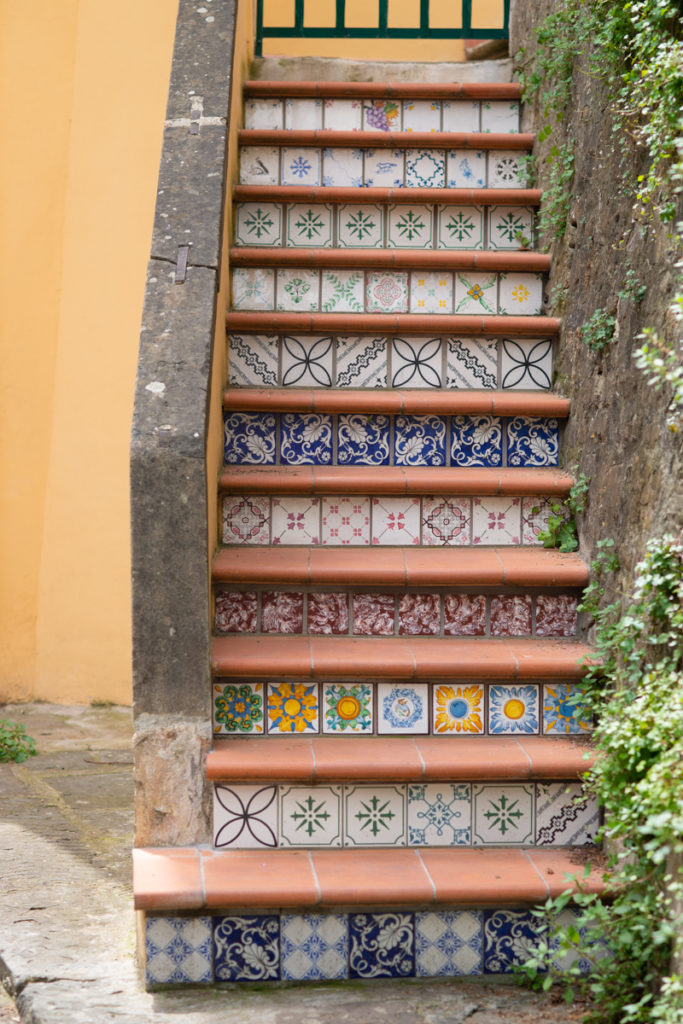
Details on Costa S. Giorgio. 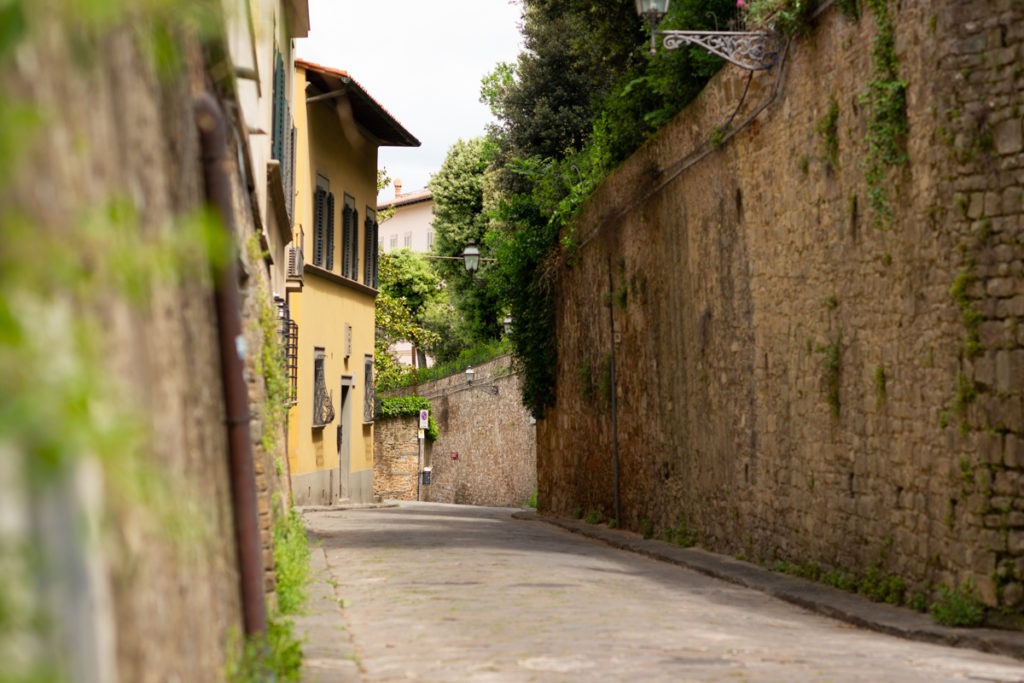
Costa S. Giorgio, a lovely street of yellow houses and much steepness. We took quite a few breaks walking up this thing. 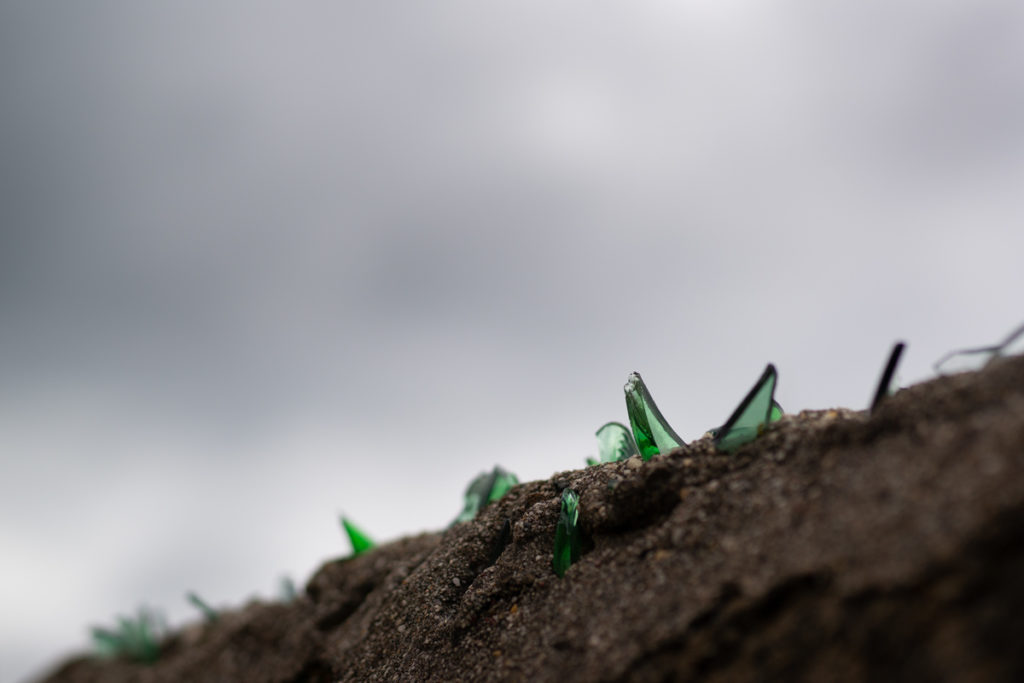
After leaving Costa S. Giorgio, we took a wrong turn and walked along Via di S. Leonardo for a while. The villa owners here would clearly prefer not to have visitors. 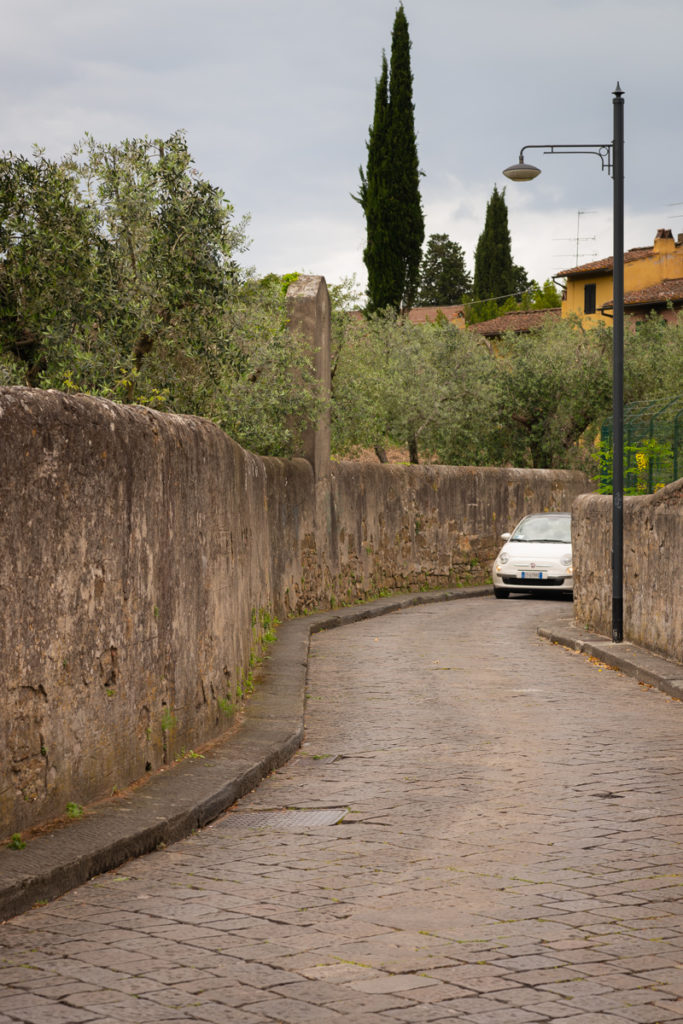
Via di S. Leonardo. Yes, these are streets that cars drive on. Yes, these are two-way streets. You get used to a certain amount of negotation — even as a pedestrian, because those particular sidewalks are in no way wide enough to contain a human body. 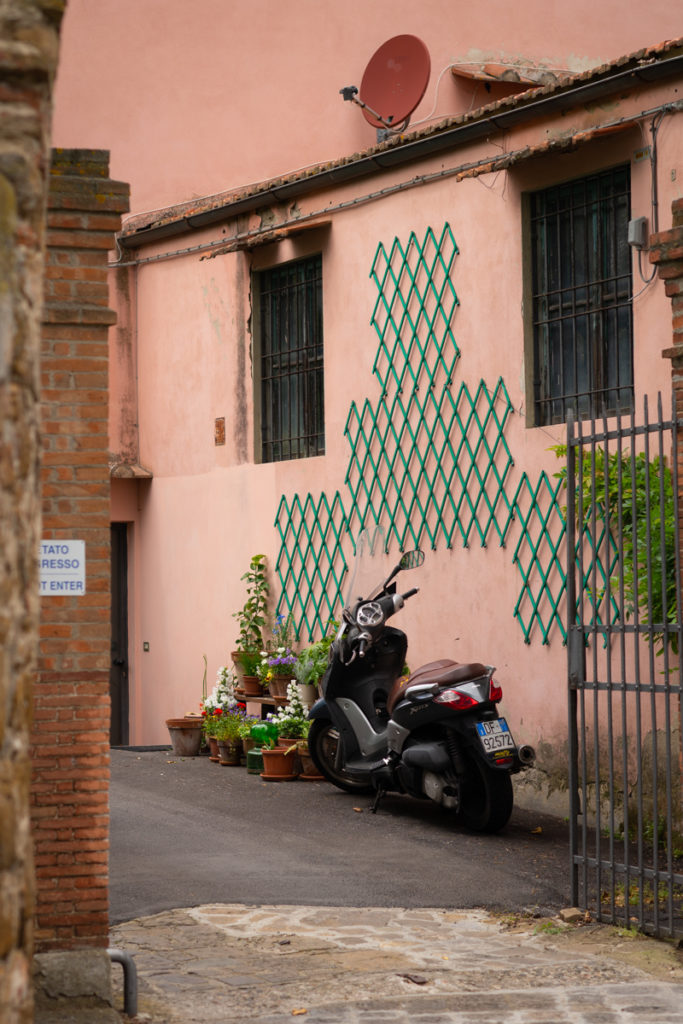
Yes, please. 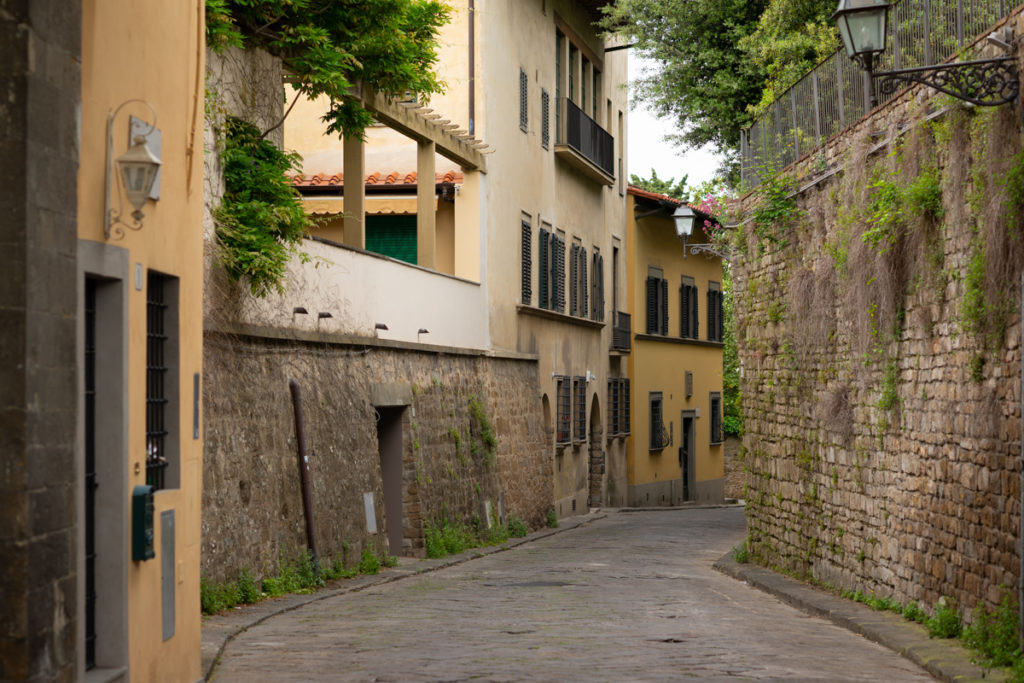
Looking back along Costa S. Giorgio from Forte di Belvedere. 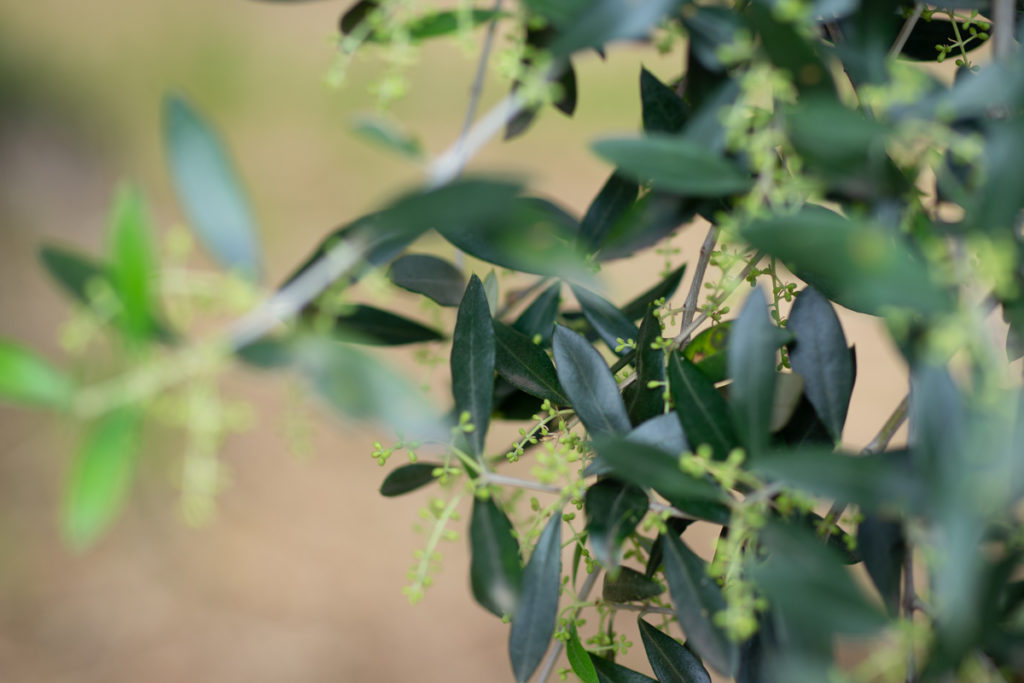
Olive treet details along Via di Belvedere. 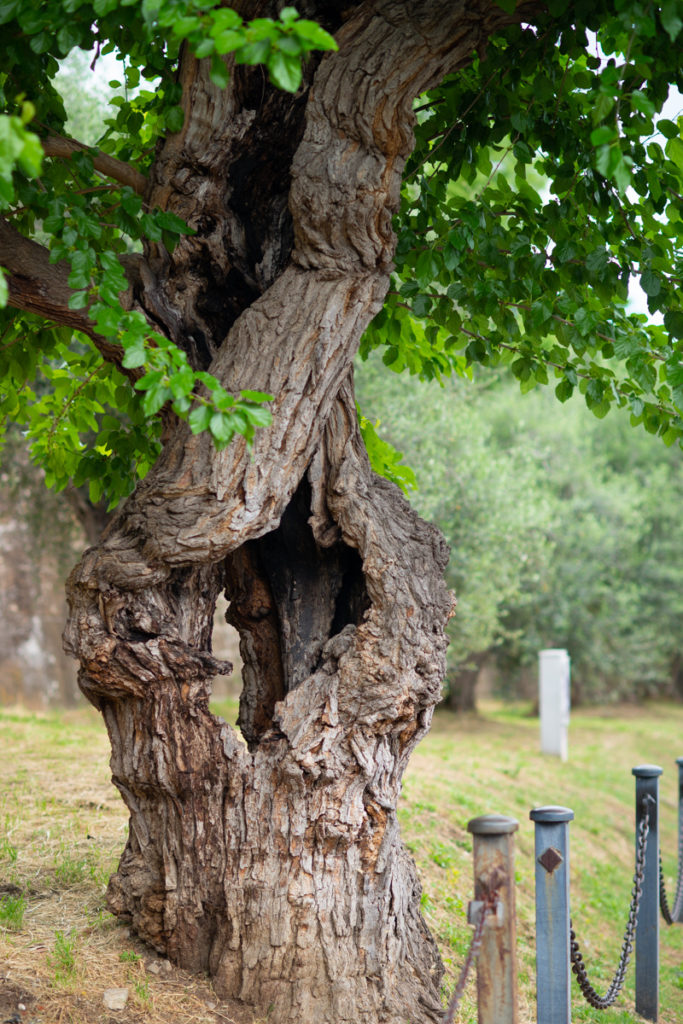
I haven’t the slightest what these trees are, but they’re beautiful. 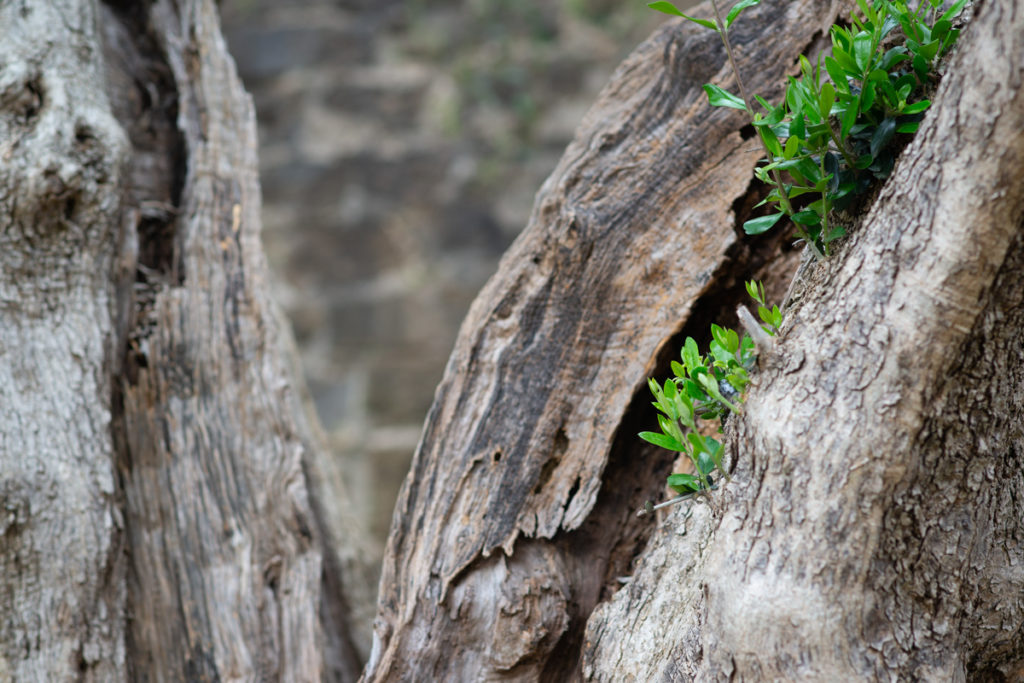
I haven’t the slightest what these trees are, but they’re beautiful. 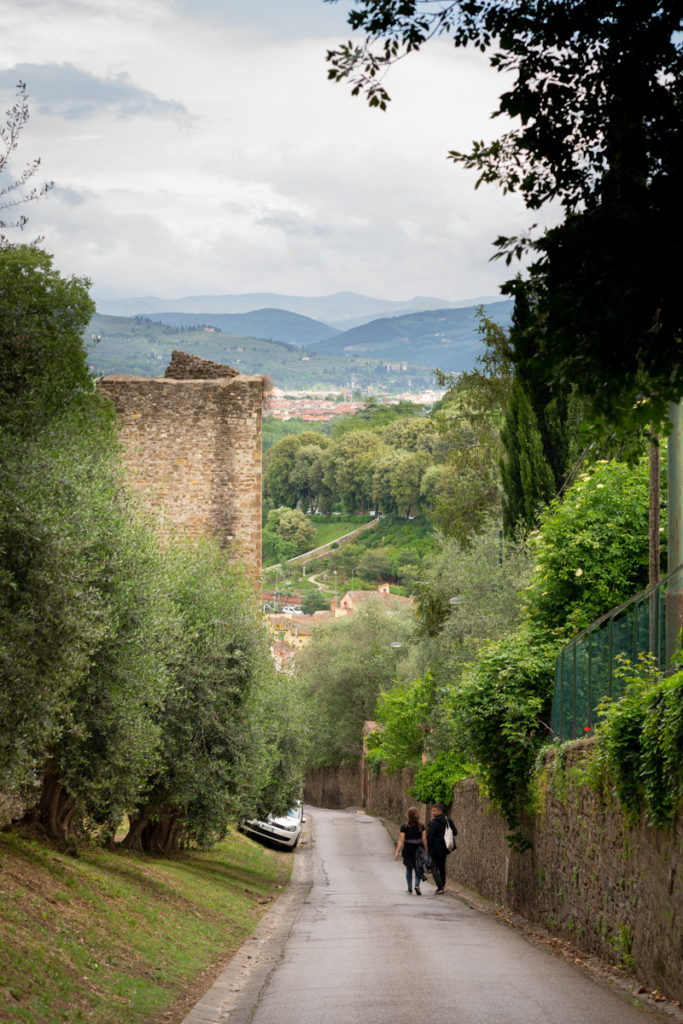
Forte di Belvedere is really, really massive in person. All I could do is capture a few tiny little elements. Forte Belvedere is the second and largest fortress to be built in Florence, Italy. It was designed and built by Bernardo Buontalenti over a five-year period, between 1590 and 1595, by order of Grand Duke Ferdinando I de’ Medici. Fortifications were significant in the 16th century and a demonstration of a city’s wealth and capabilities. The fortress is located in the southern hills of the Arno River and on the highest hill of the Boboli Gardens. It had long been considered one of the weakest spots in the city’s defenses, a sensation that only increased with the invention of artillery in the early modern era.[2] From a military point of view, the fortress is located at the most strategic point, overlooking almost the entire city and surrounding area. Due to the nature of Renaissance warfare, forts were paramount in a city’s defensive strategy. The Fort served several purposes. Most importantly it was designed to protect the centre of government in Florence and the Medici family if the city came under attack. It was also constructed to protect the Pitti Palace, Oltrarno district and south end of the city. In addition to this, the fort served as a garrison for troops for over 100 years after its completion. Galileo Galilei used Forte Belvedere for his astronomical observations and after he was sentenced to life imprisonment in 1633, he lived not far from the fort in Villa Arcetri. (Thanks, Wikipedia) 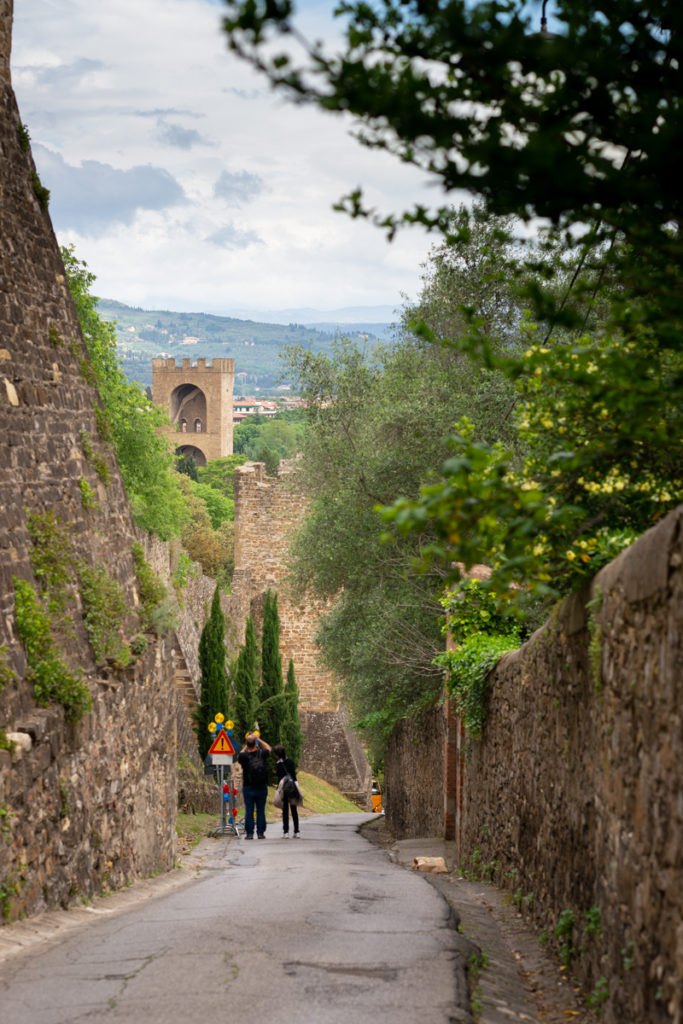
Walking back down the enormous hill from Forte di Belvedere to the River Arno. That’s the fortress walls on the left. Occasionally cars would squeeze by clumps of tourists (or, more frighteningly, each other). 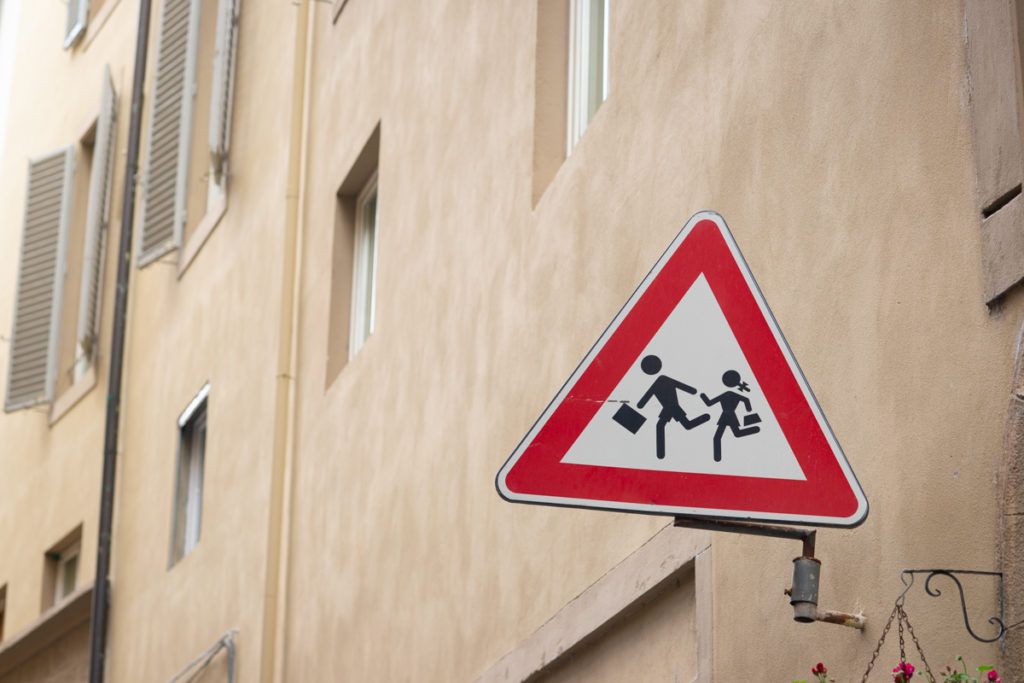
A street sign featuring enthusiastic schoolchildren. 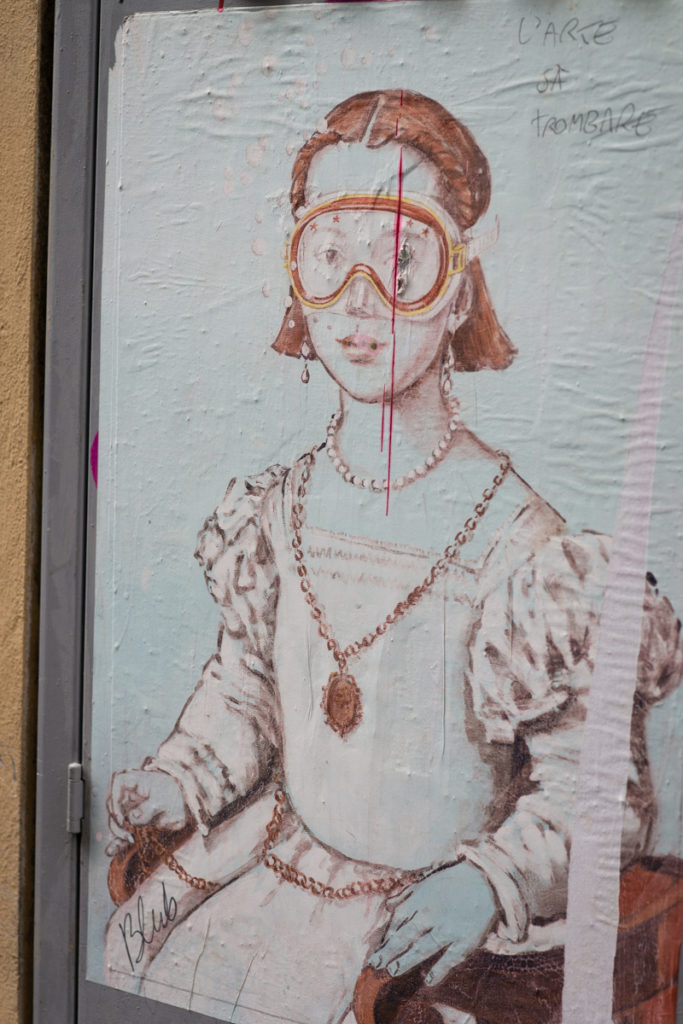
Street art in Florence. We found a whole series of scuba-mask artworks while wandering the streets and alleys. 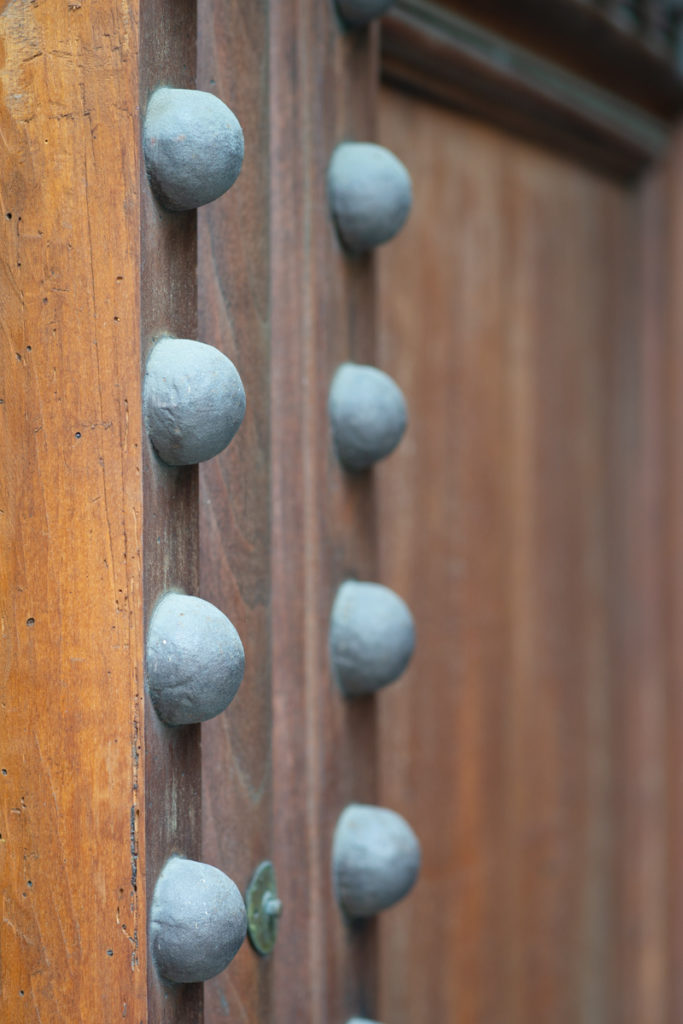
Weathered wood and metal on a gate in Florence. 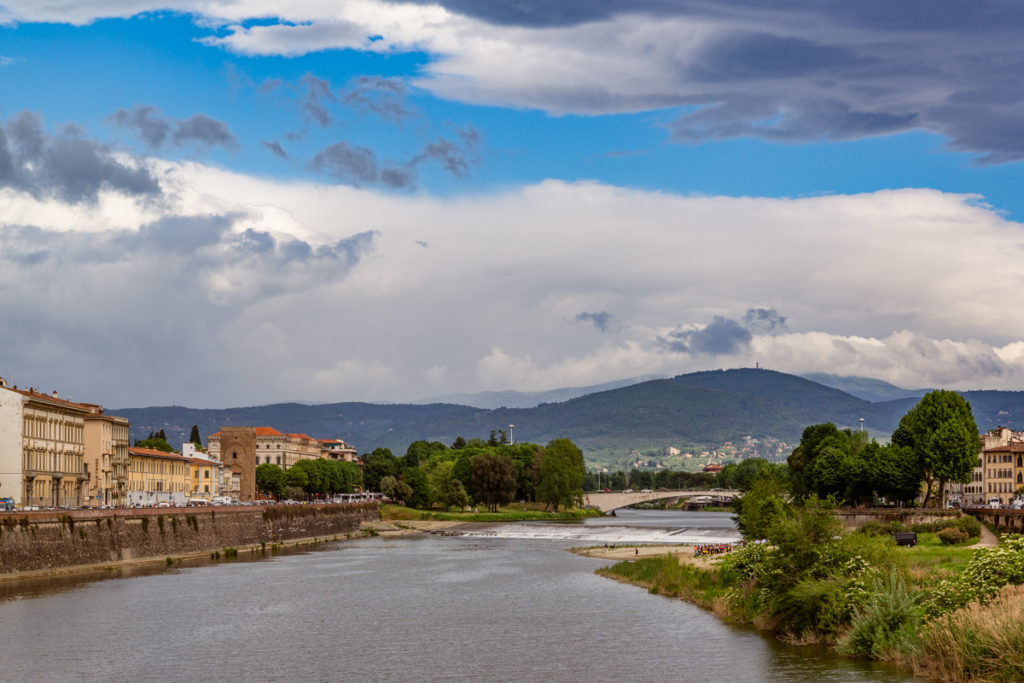
Views along the River Arno, which runs through the heart of Florence. 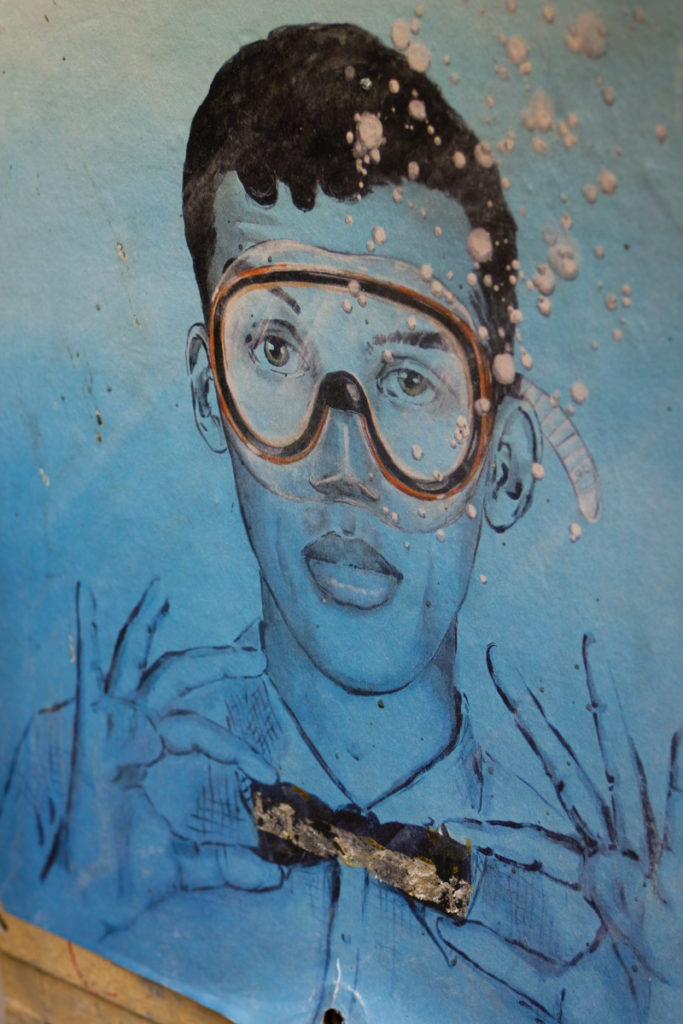
Street art in Florence. We found a whole series of scuba-mask artworks while wandering the streets and alleys.
Hi there! I'm Lindley. I create artwork that celebrates the unique beauty of bodies that fall outside conventional "beauty" standards at Body Liberation Photography. I'm also the creator of Body Liberation Stock and the Body Love Shop, a curated central resource for body-friendly artwork and products. Find all my work here at bodyliberationphotos.com.
- Lindley Ashlinehttps://bodyliberationphotos.com/author/lindleyashline_d87zozhi/
- Lindley Ashlinehttps://bodyliberationphotos.com/author/lindleyashline_d87zozhi/
- Lindley Ashlinehttps://bodyliberationphotos.com/author/lindleyashline_d87zozhi/
- Lindley Ashlinehttps://bodyliberationphotos.com/author/lindleyashline_d87zozhi/

